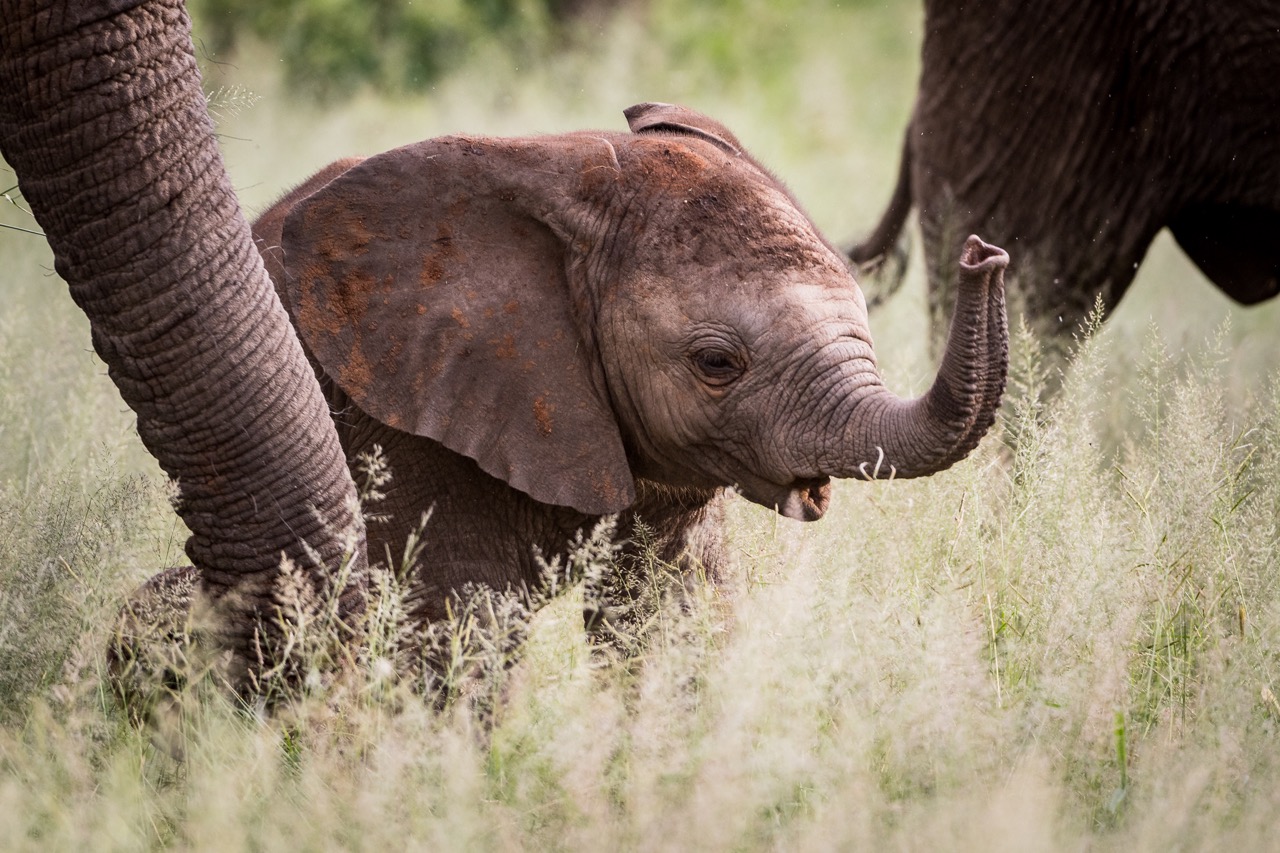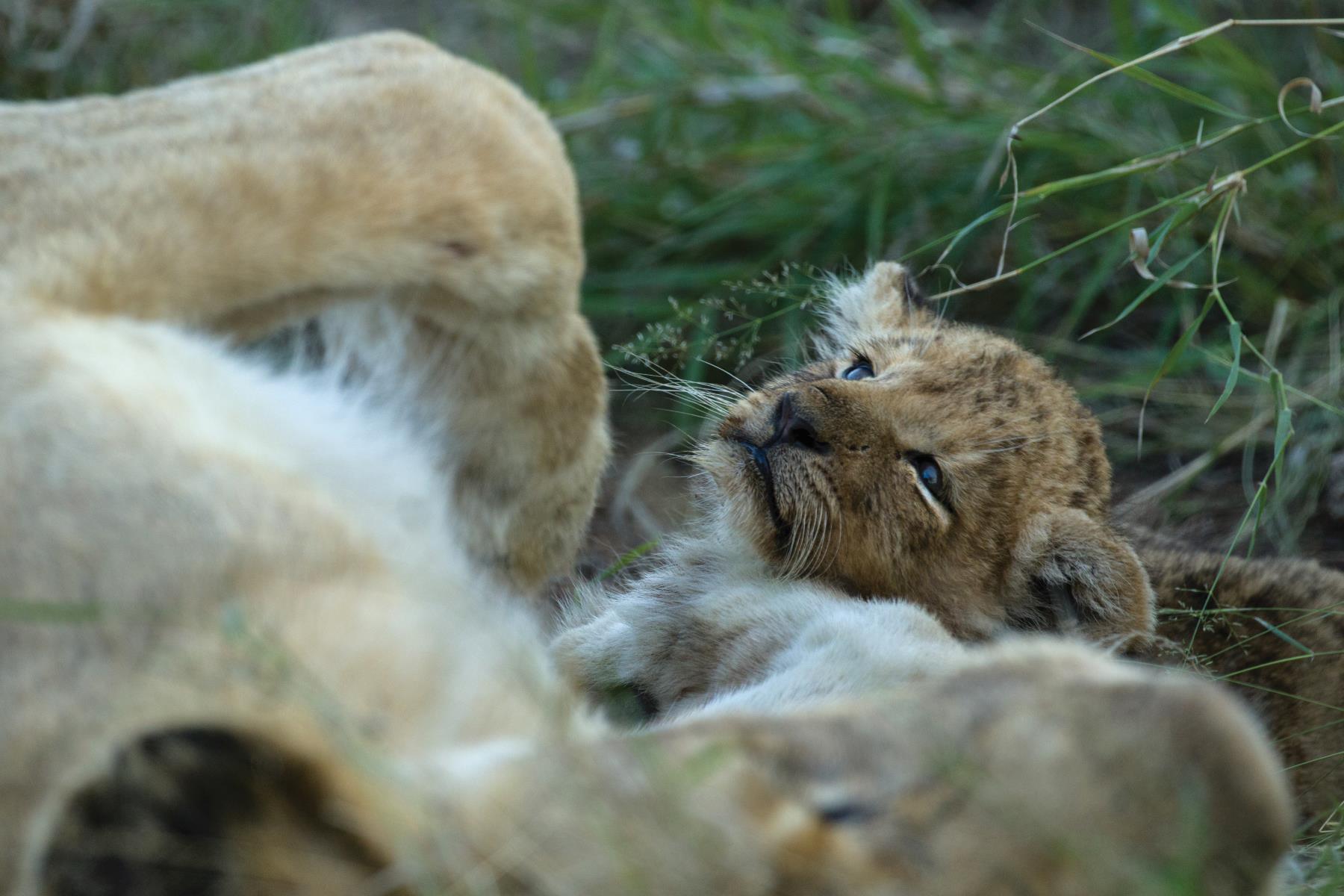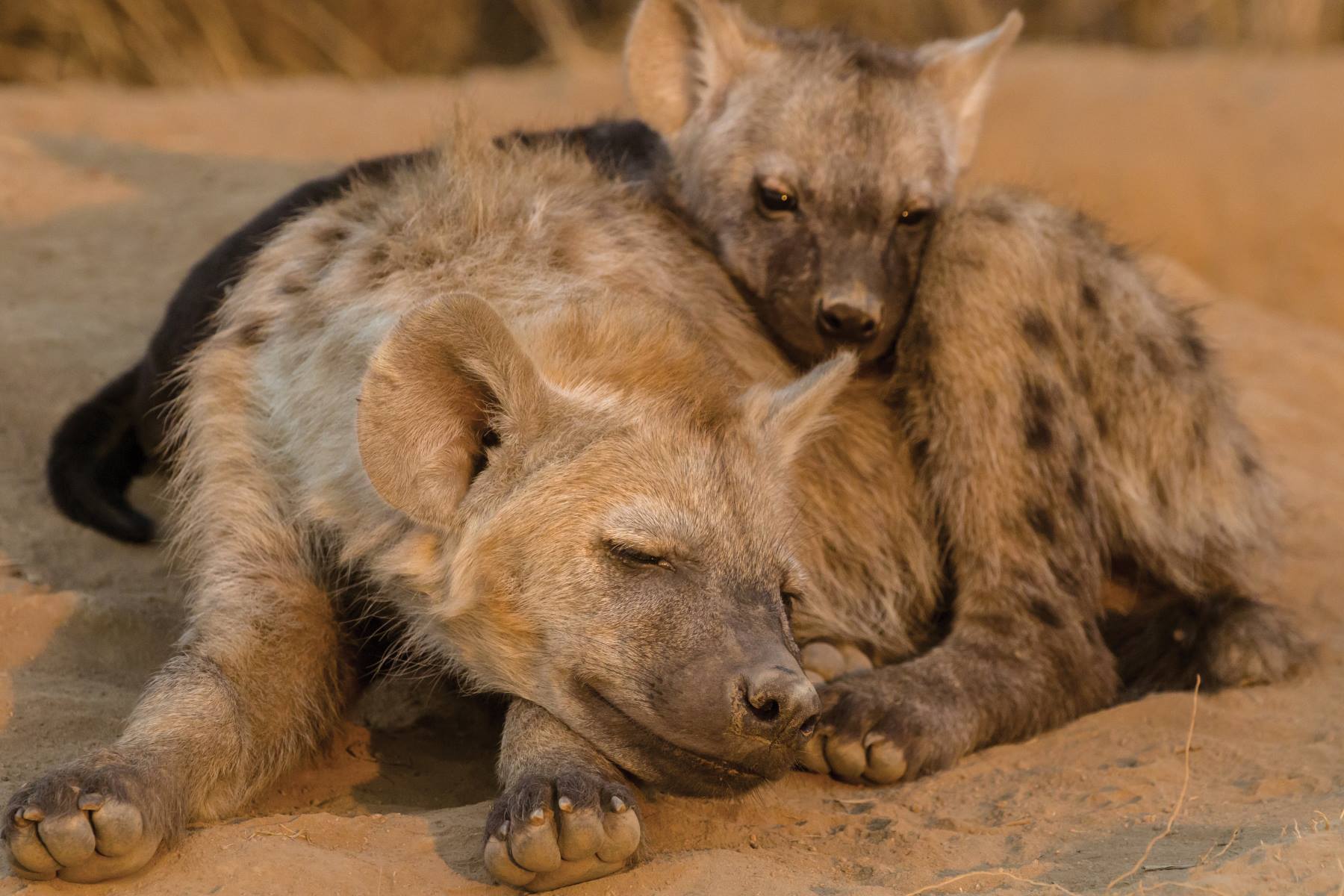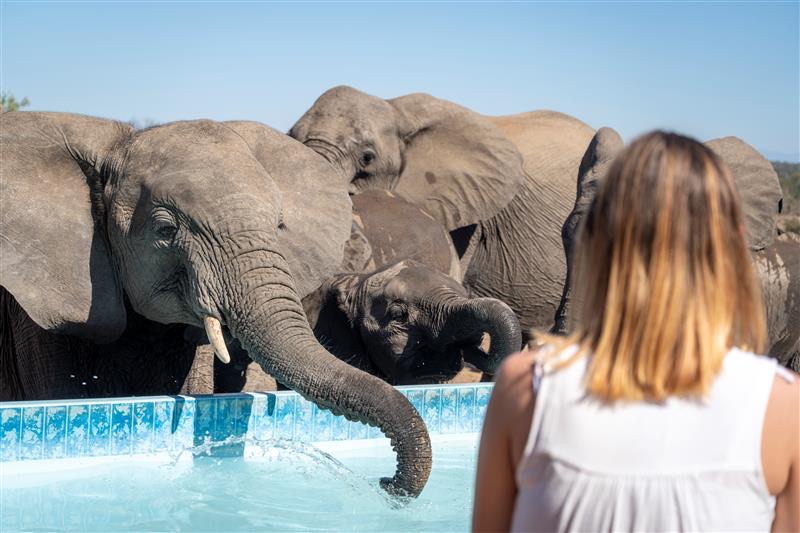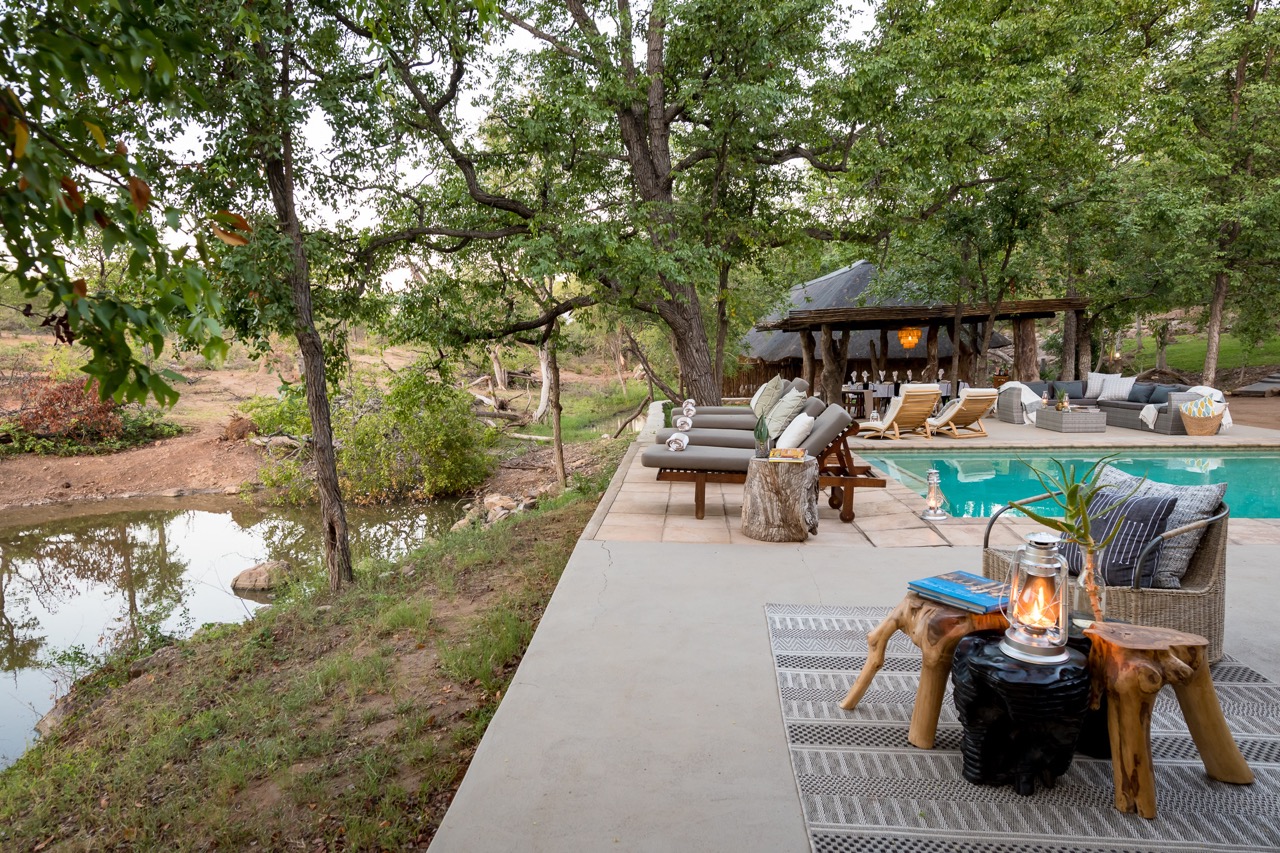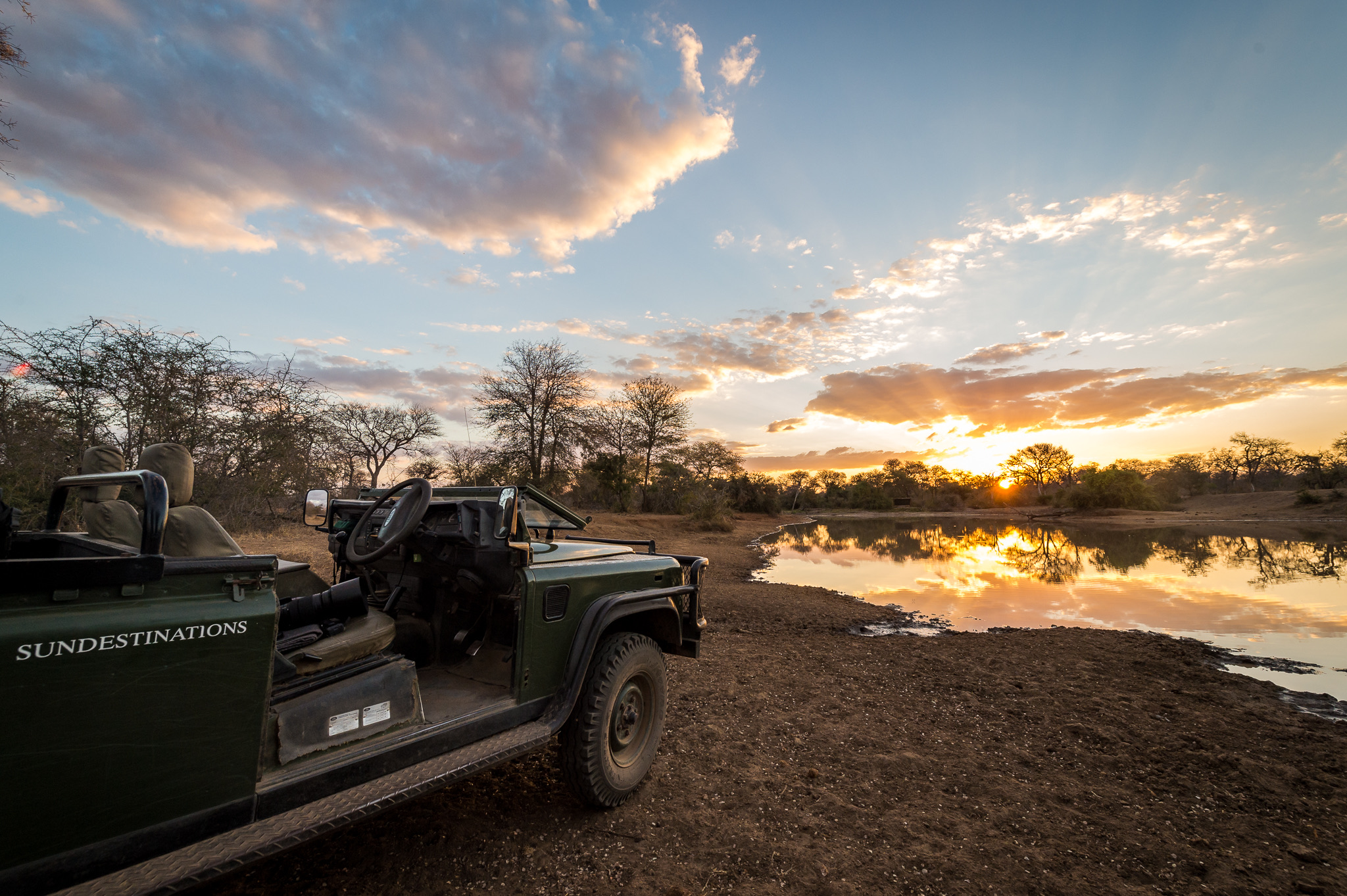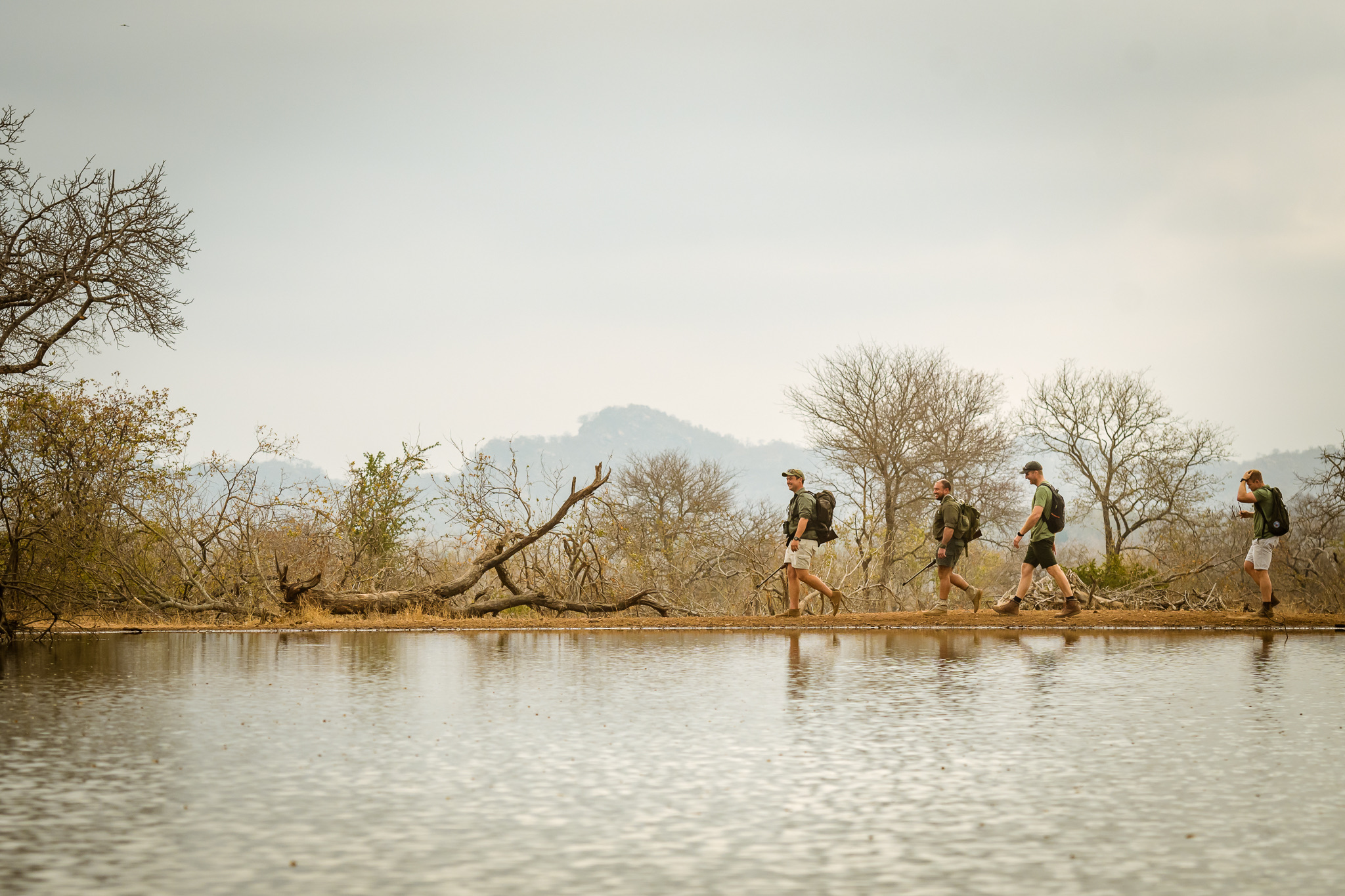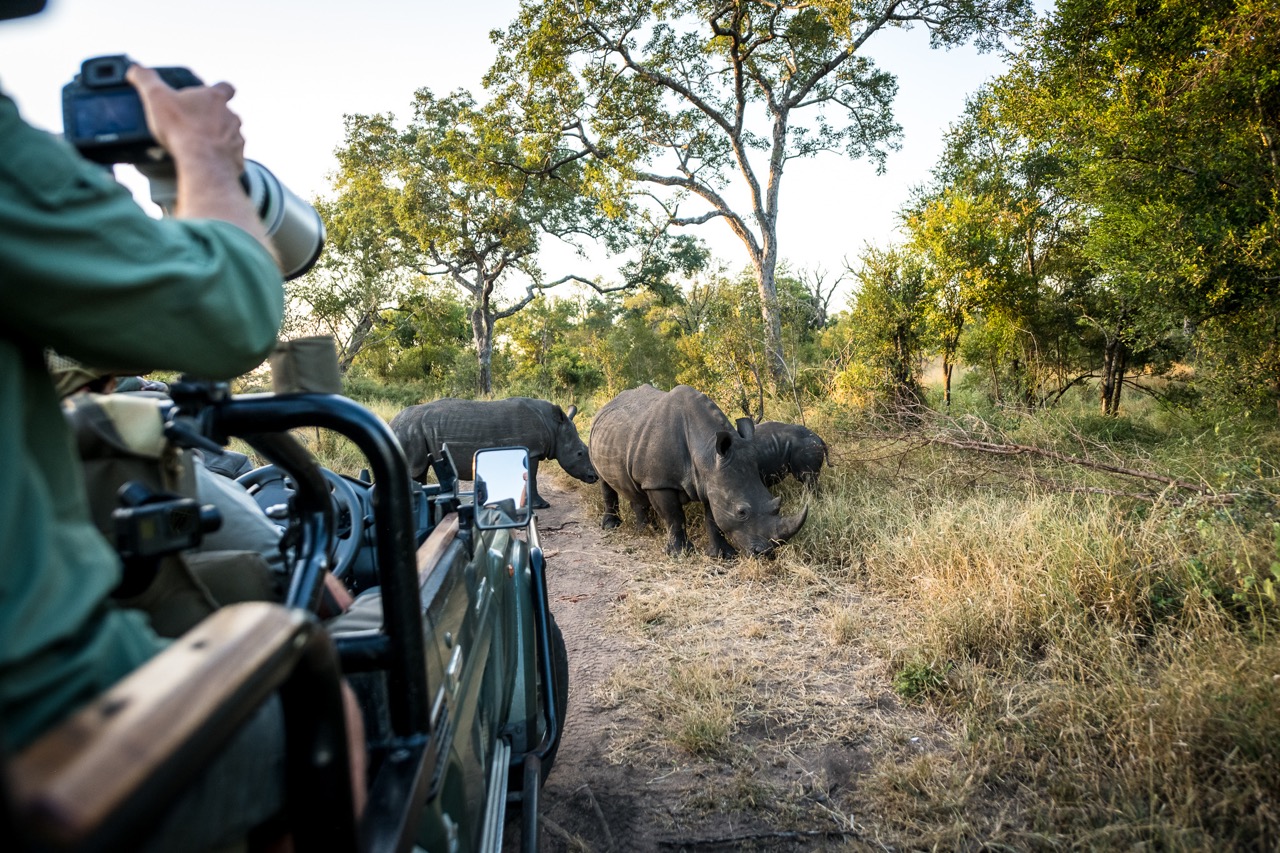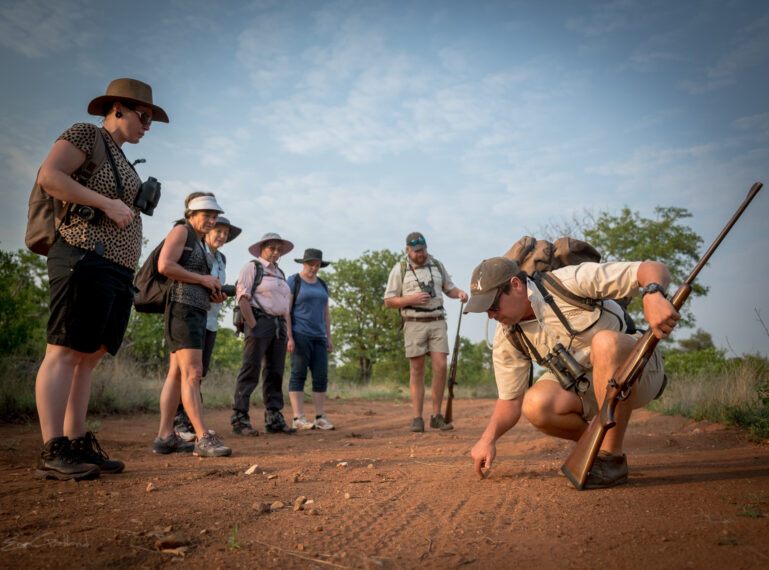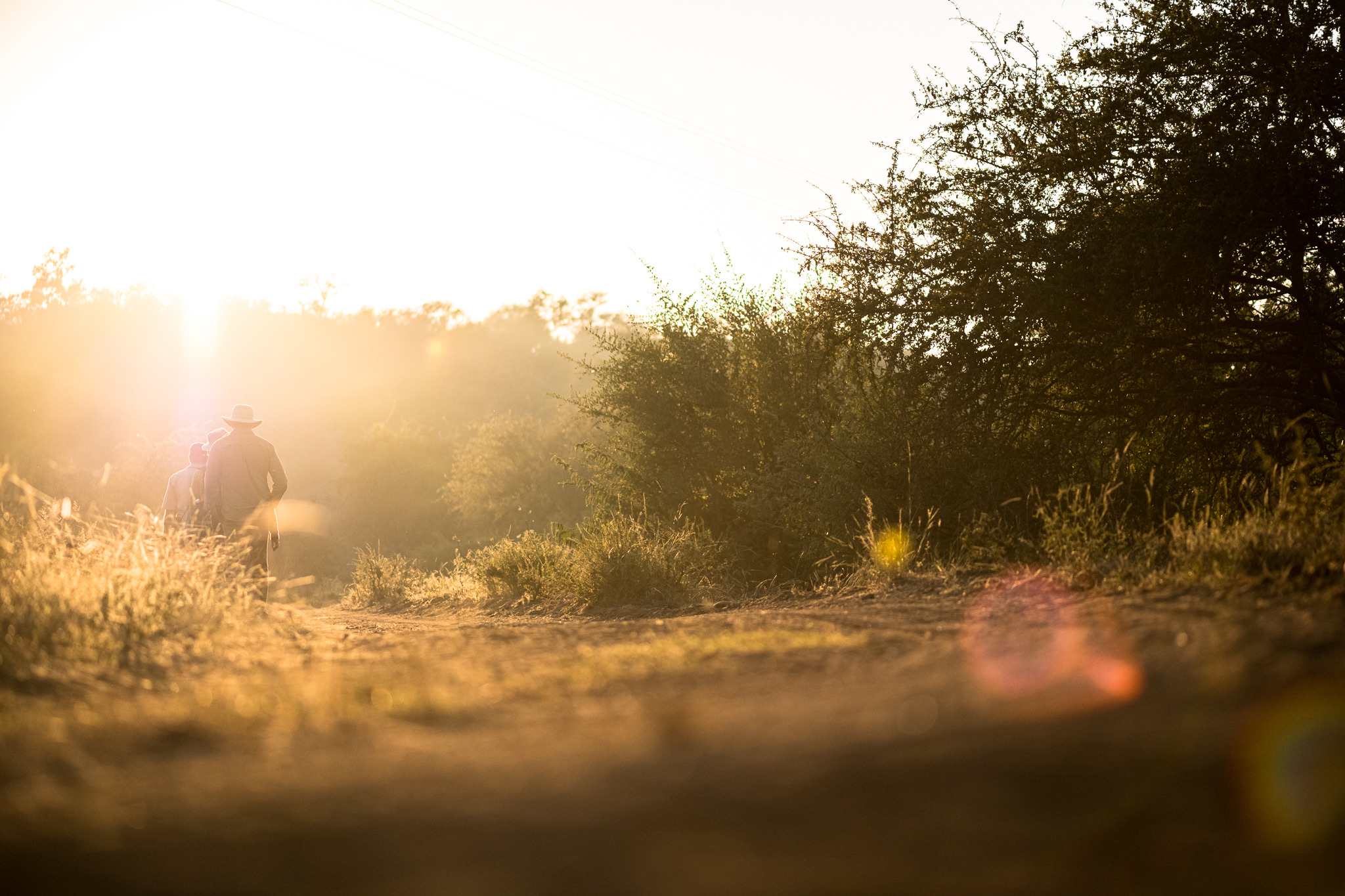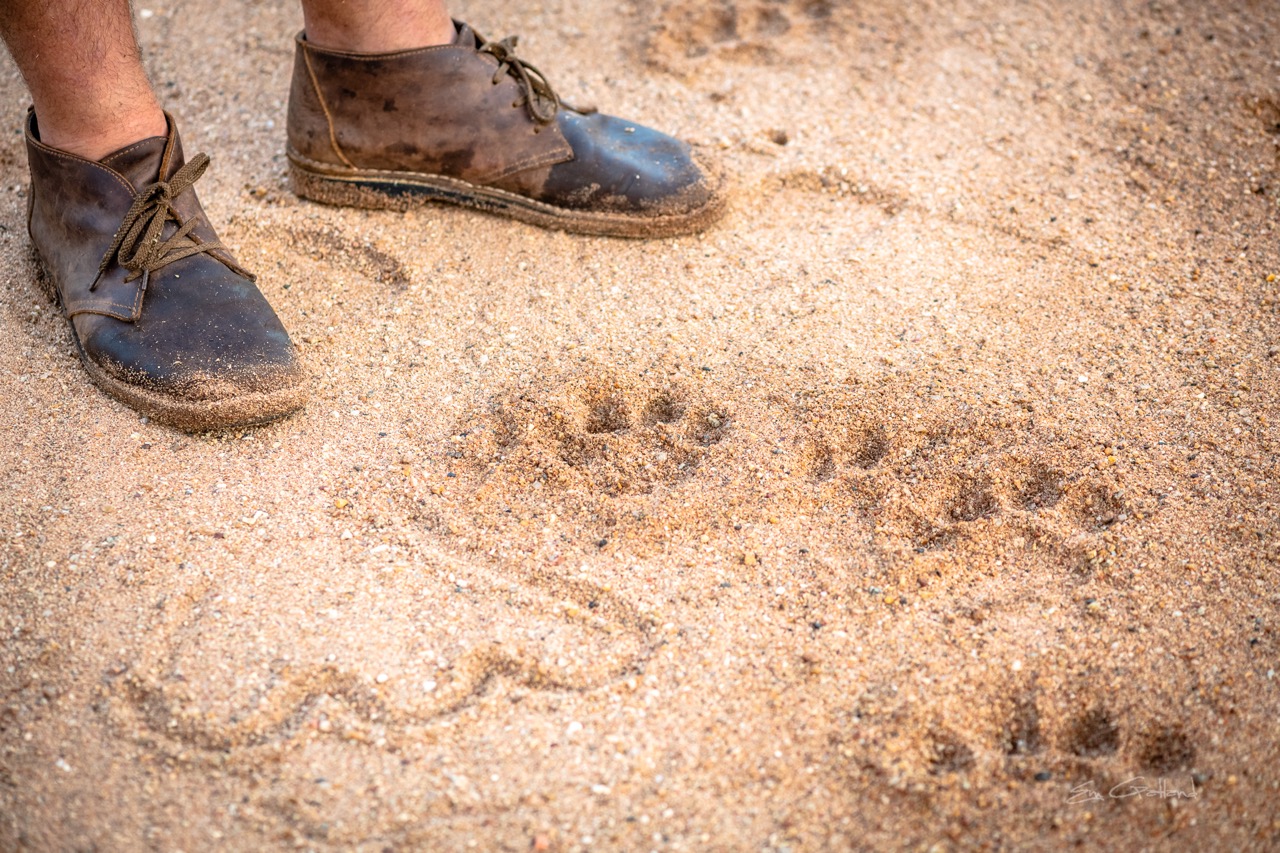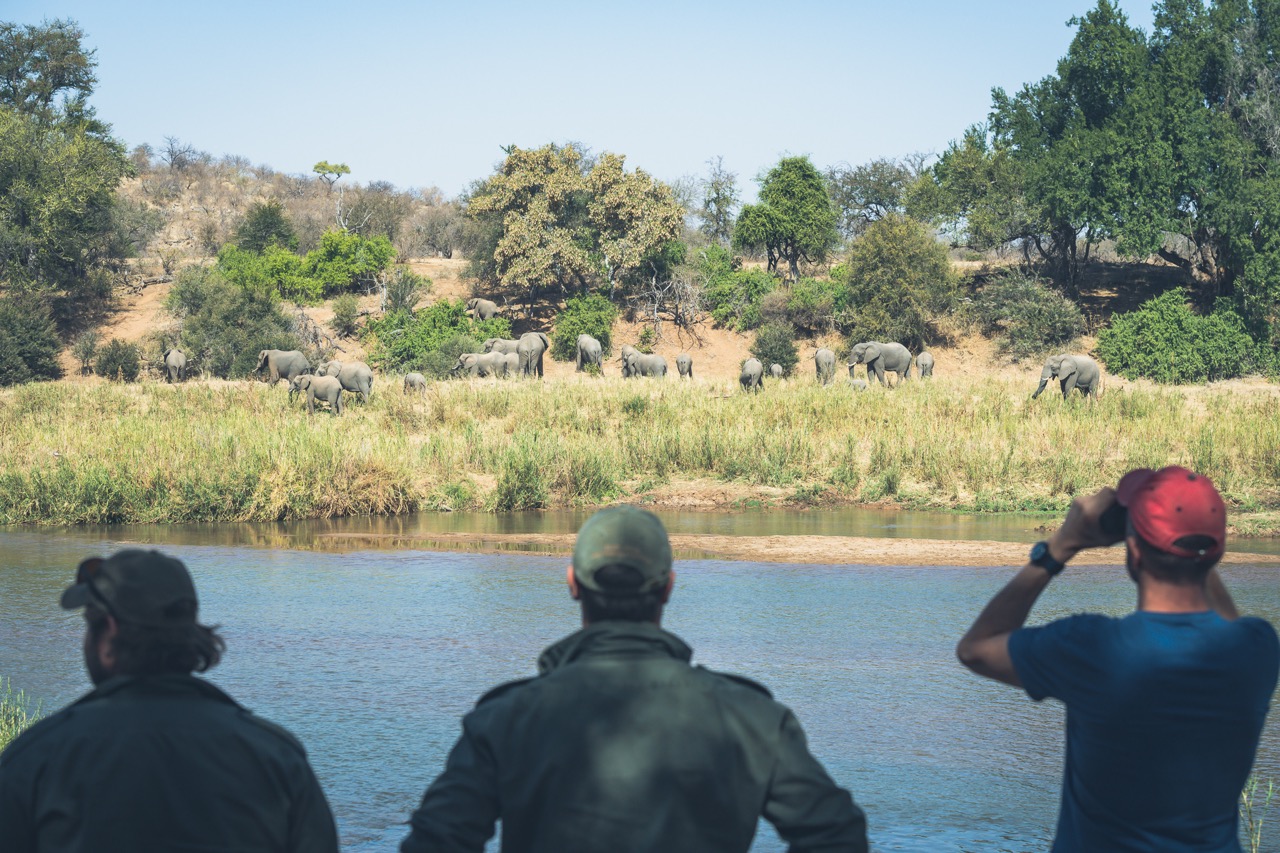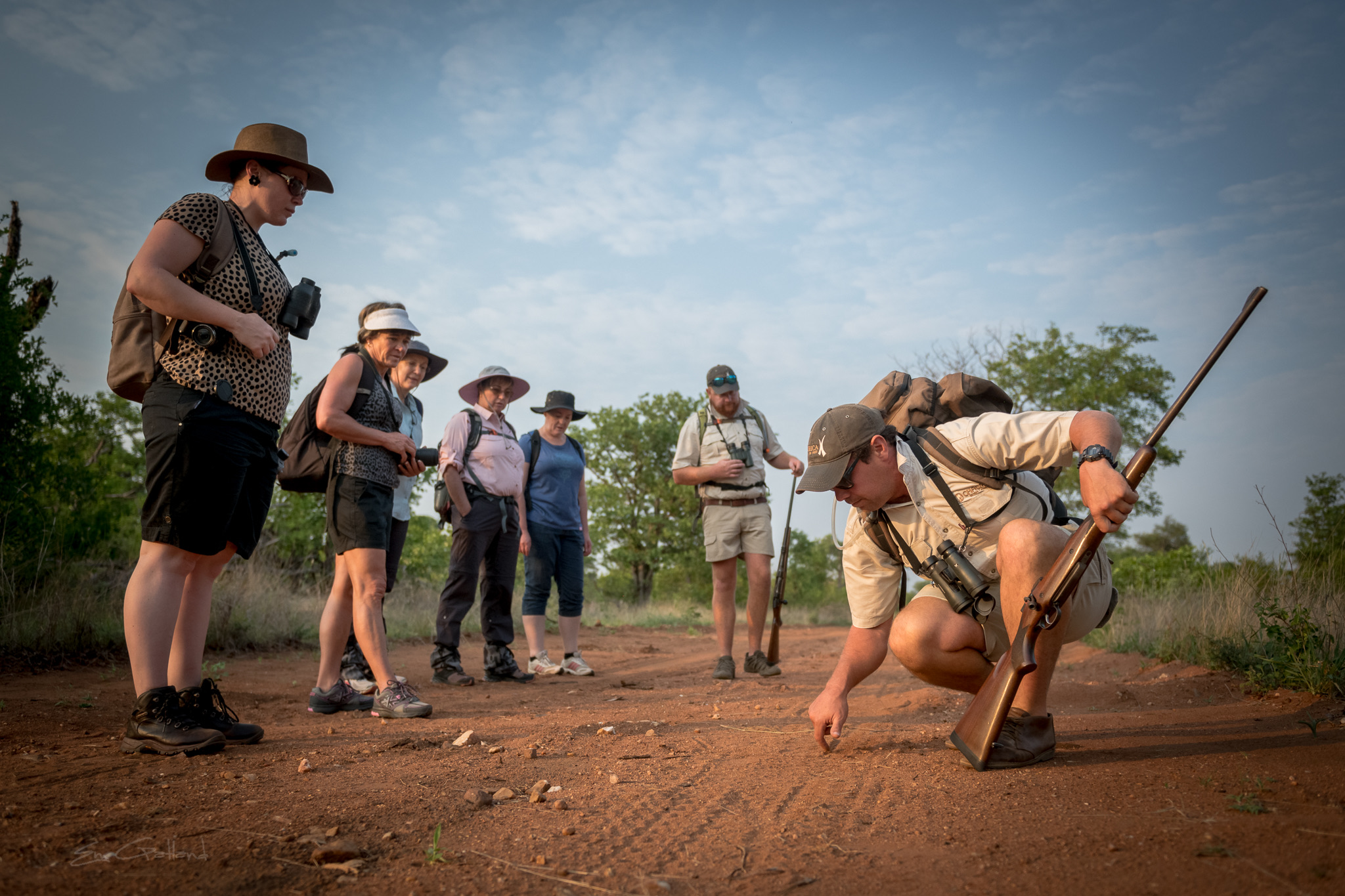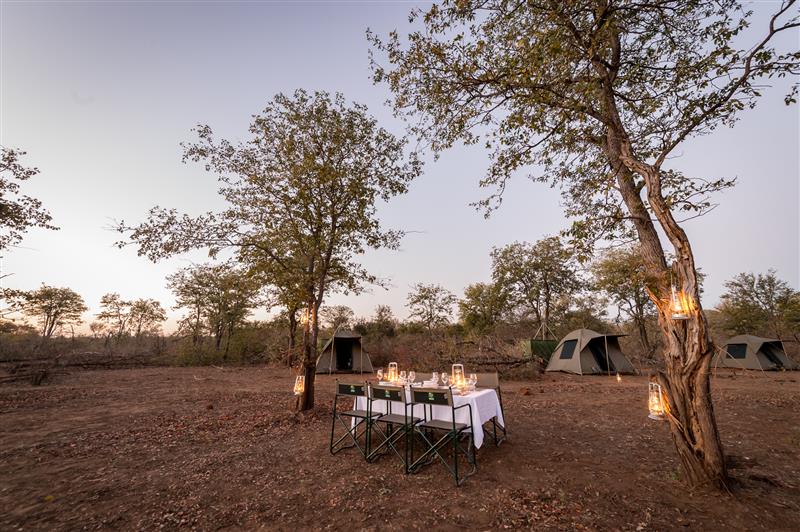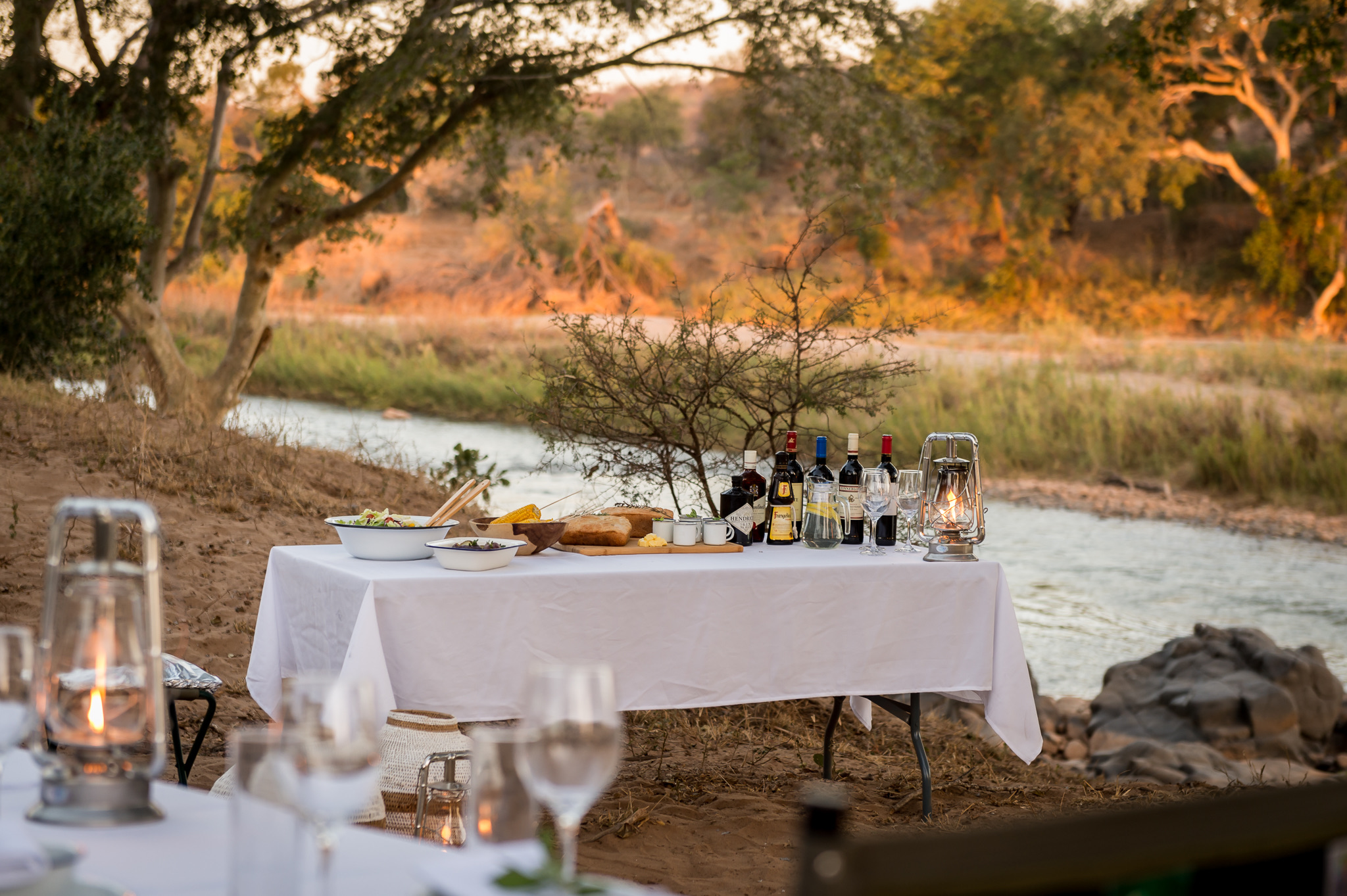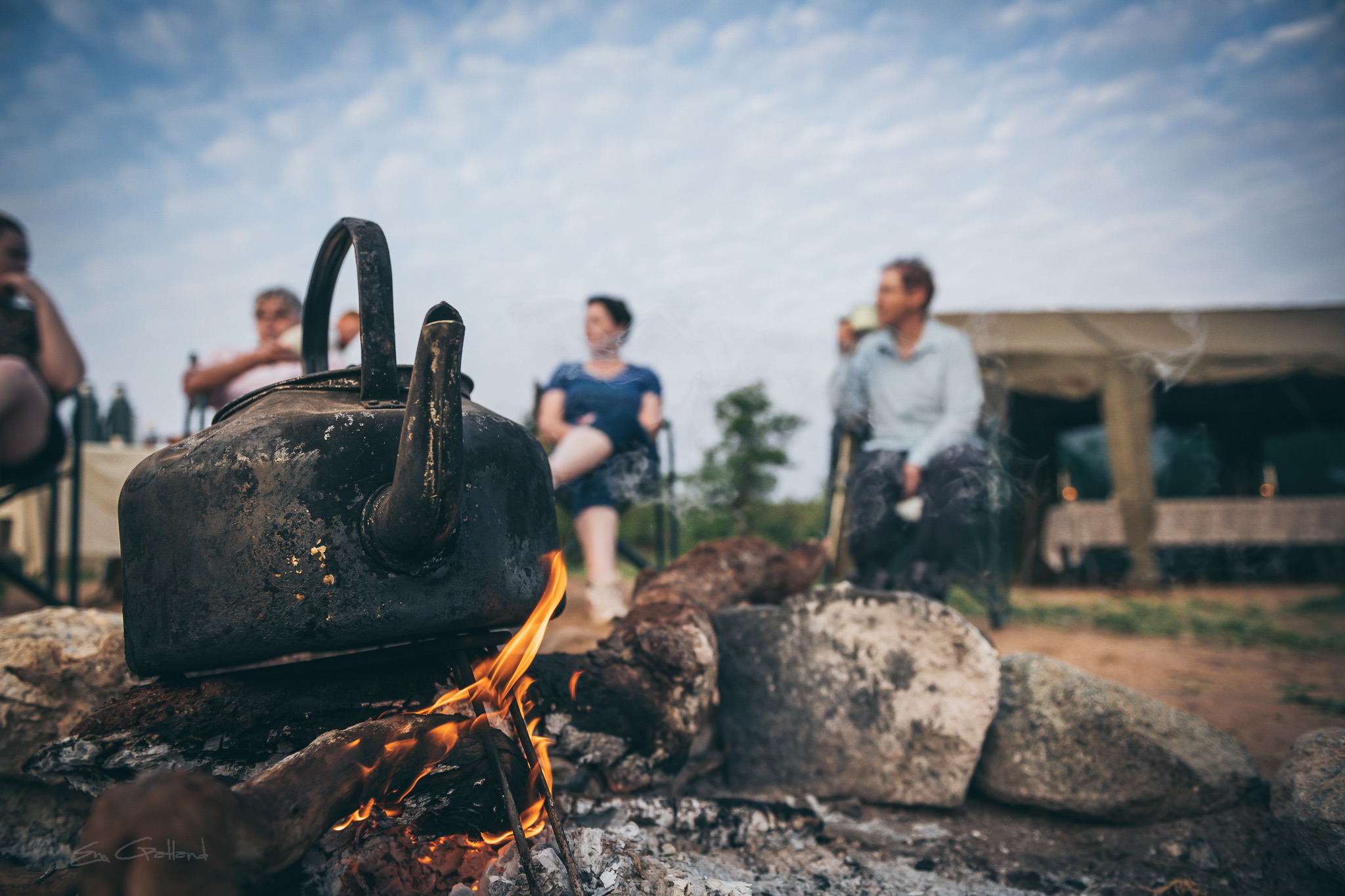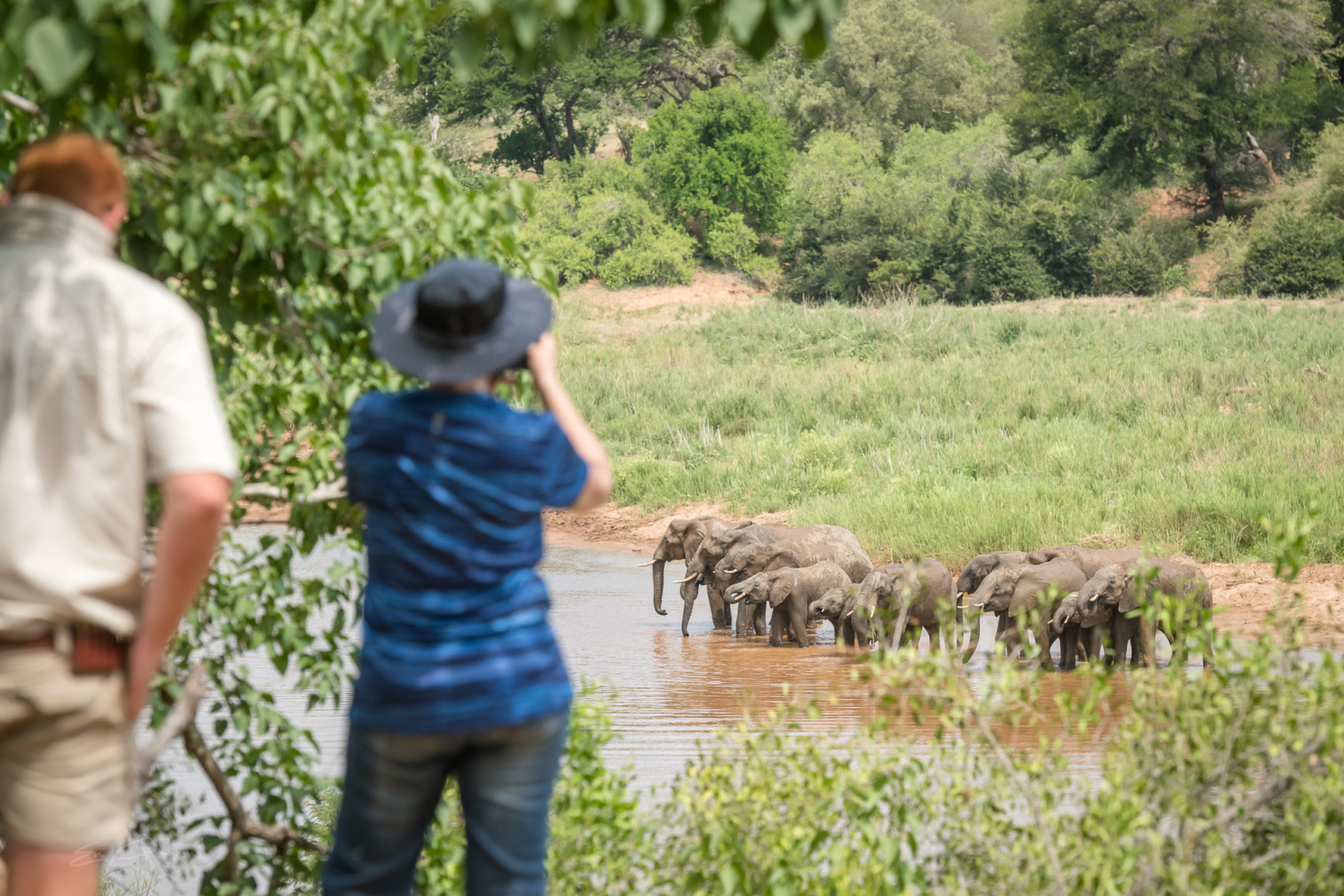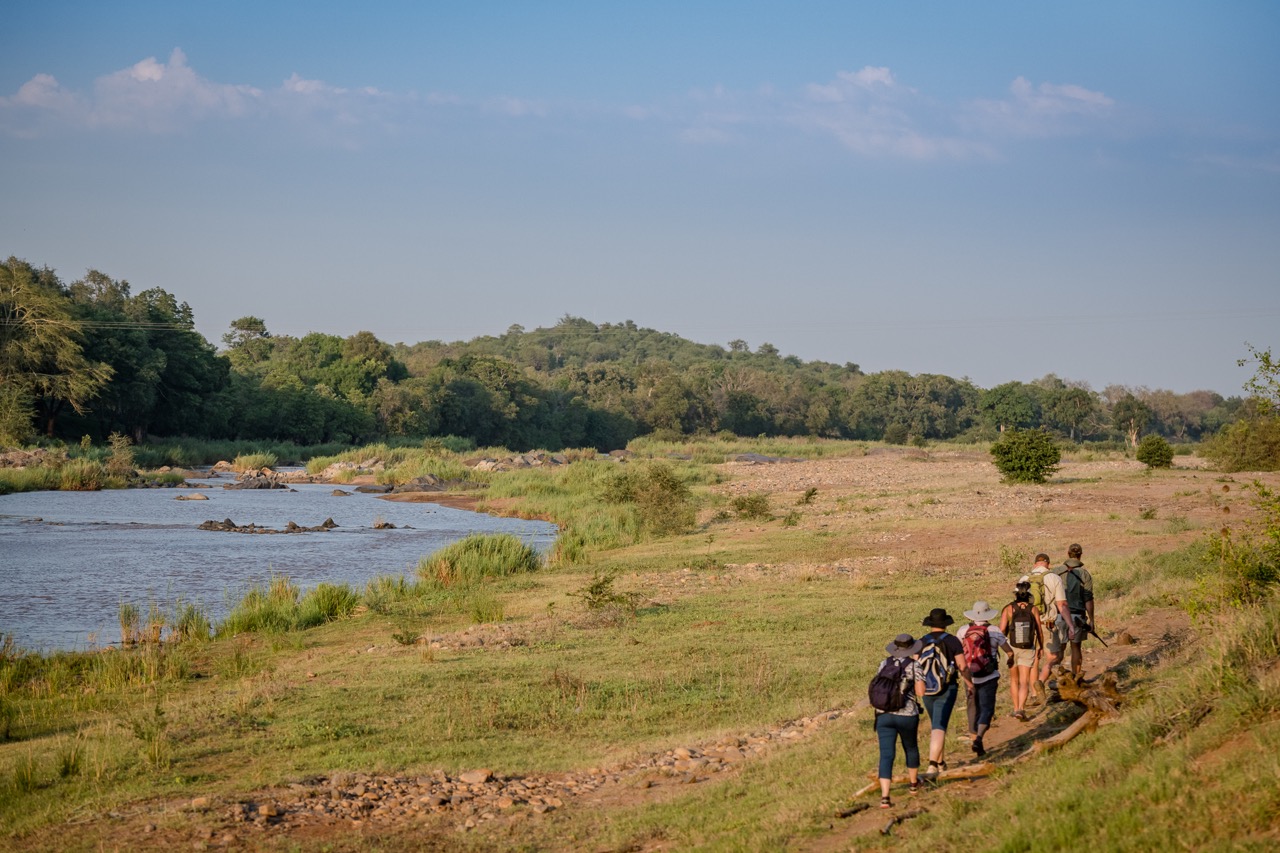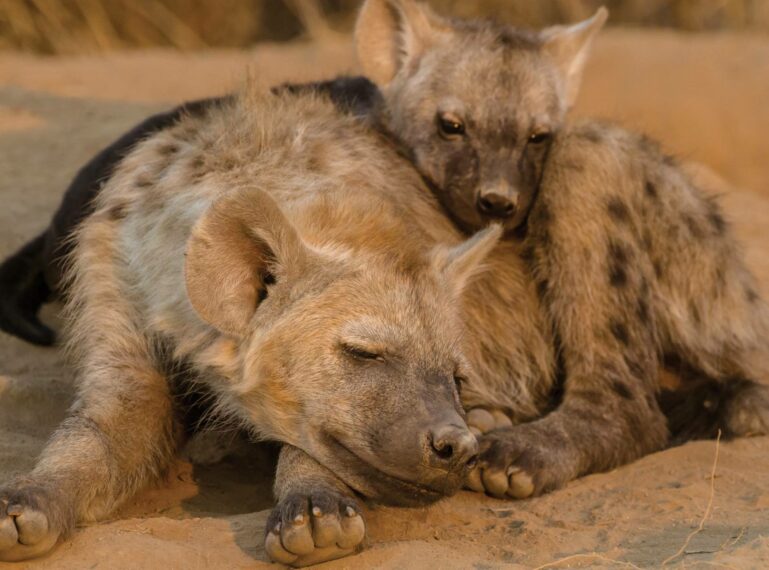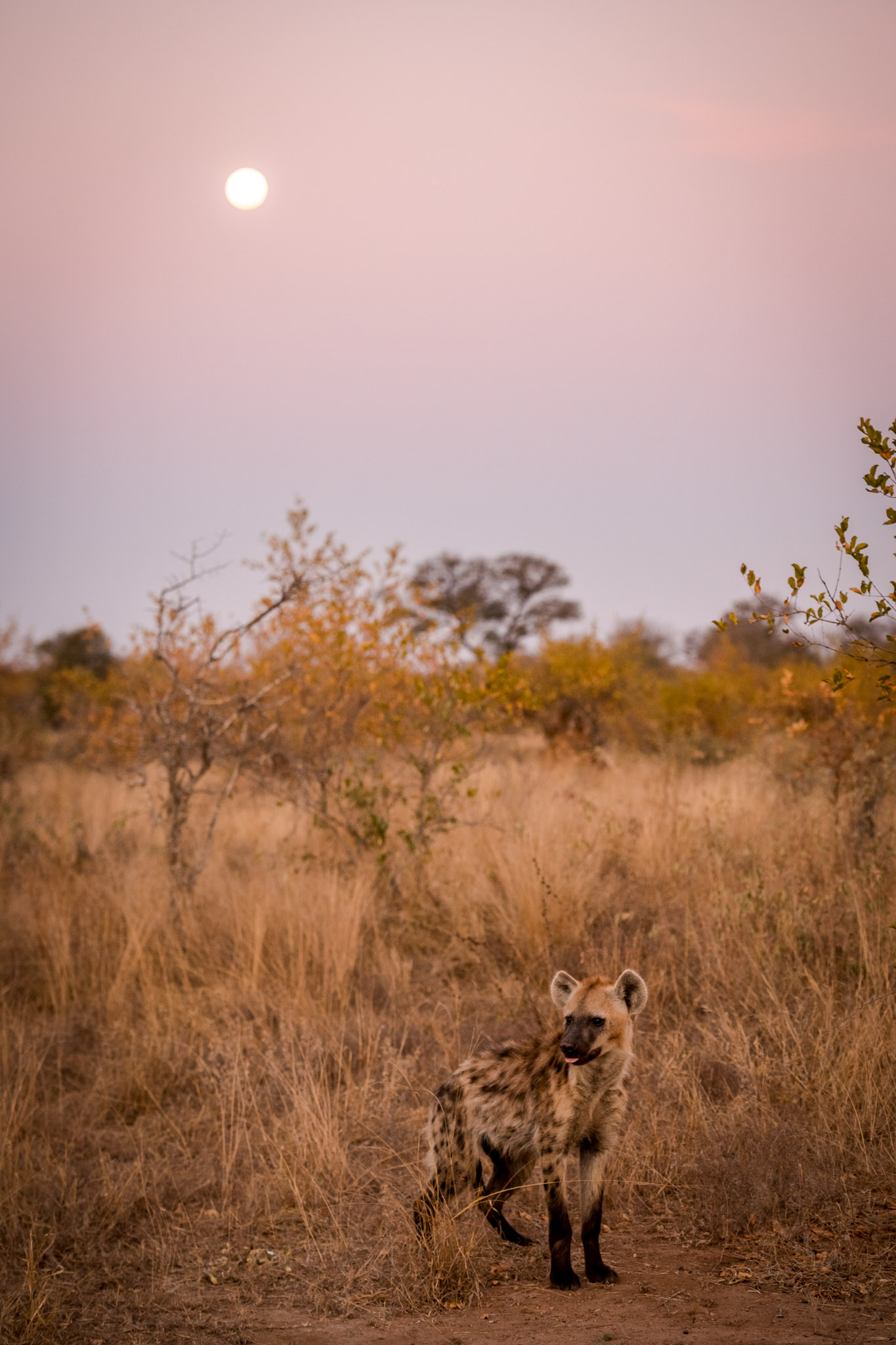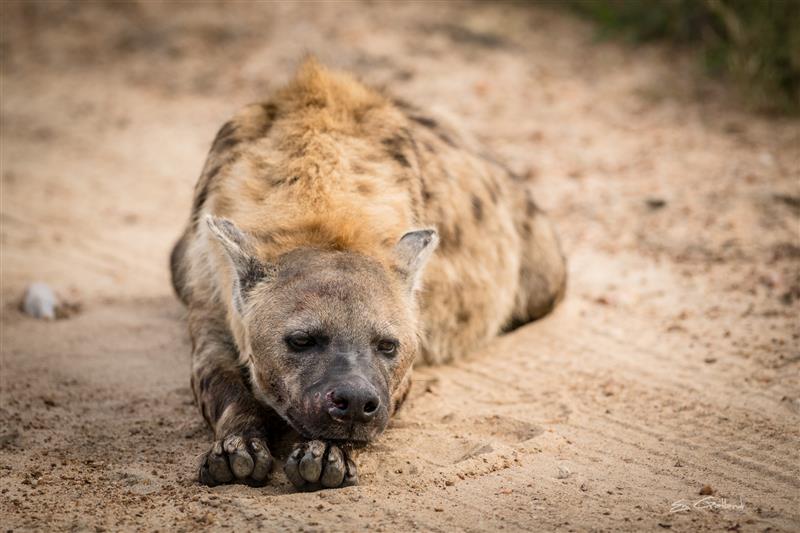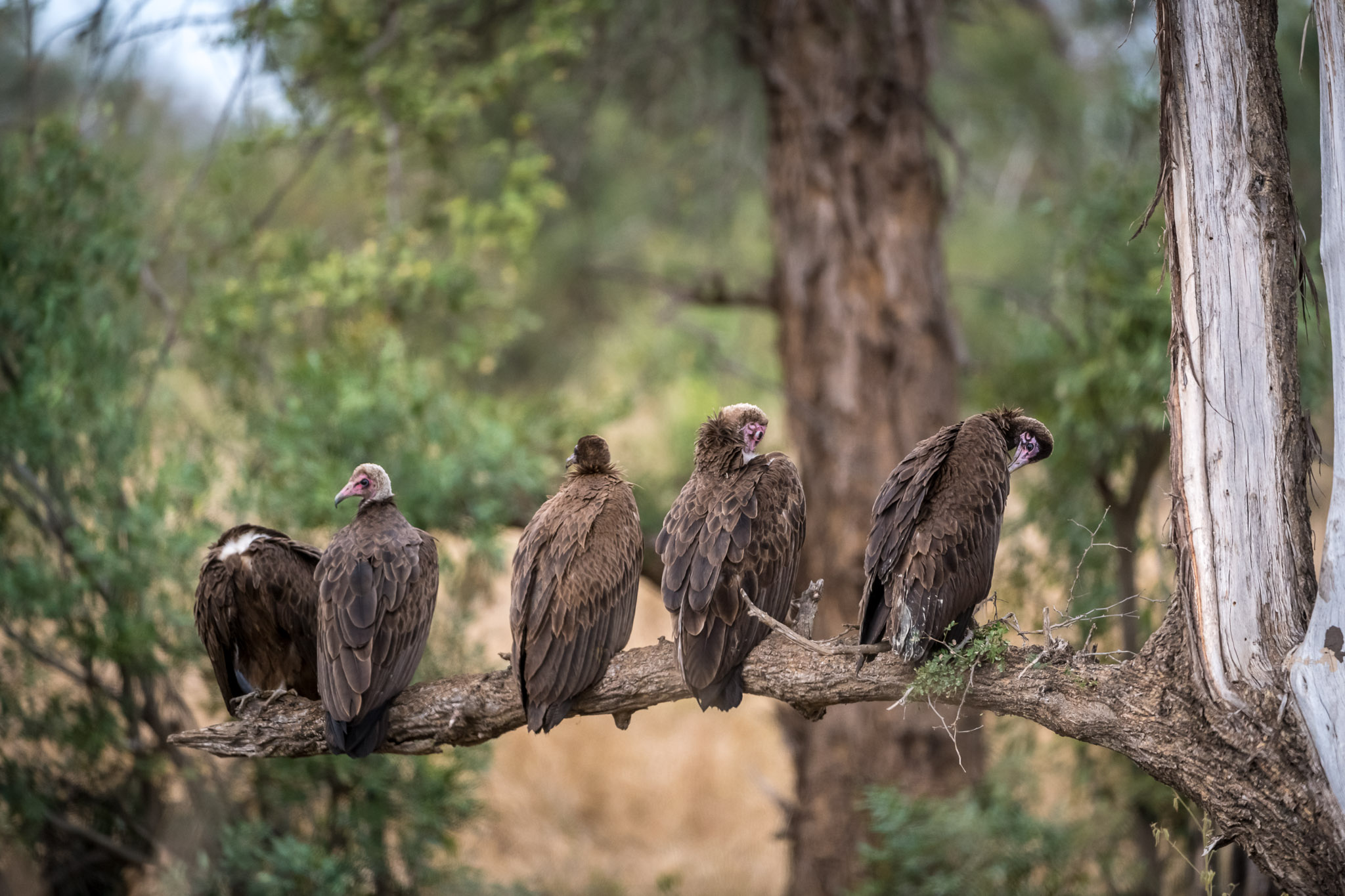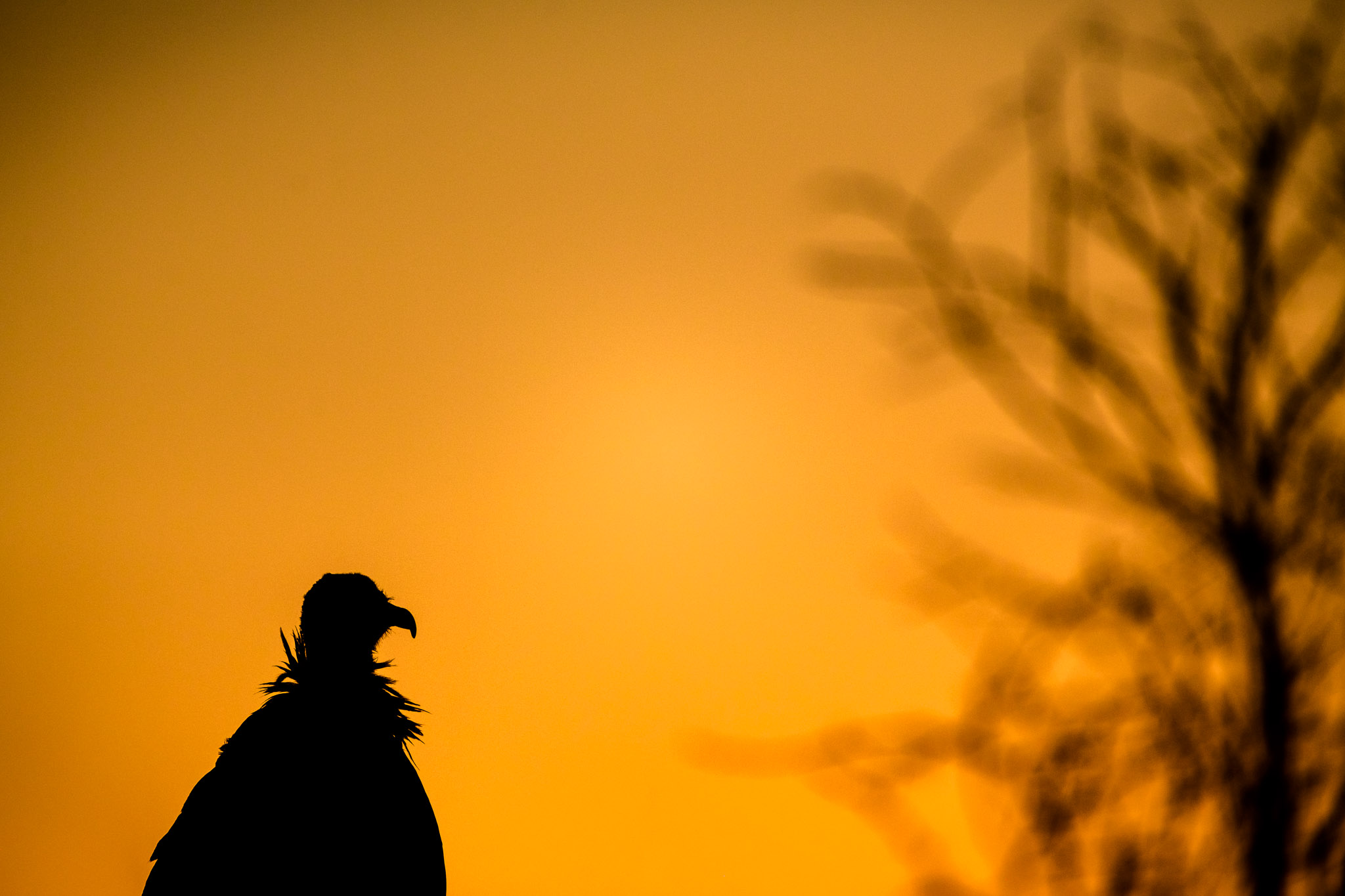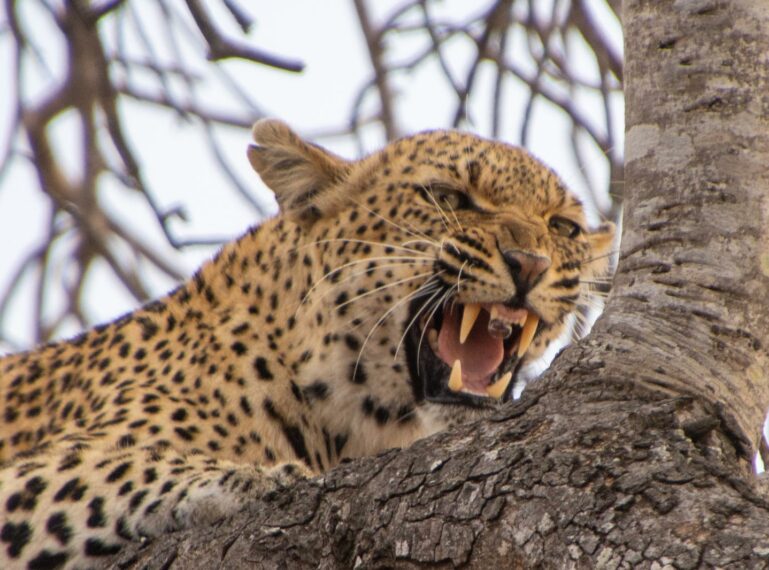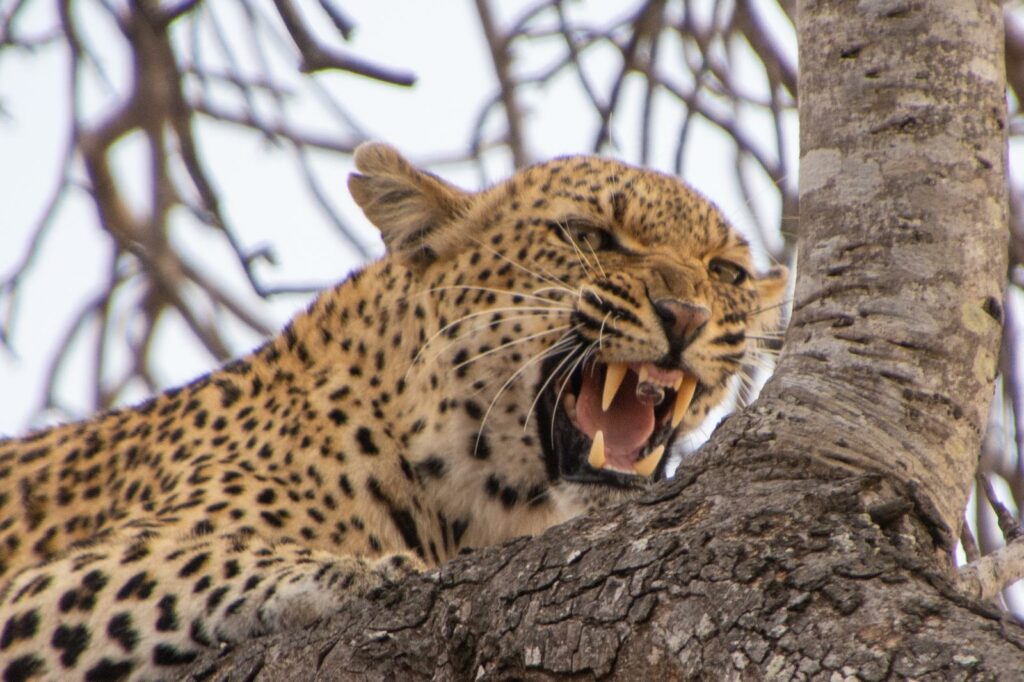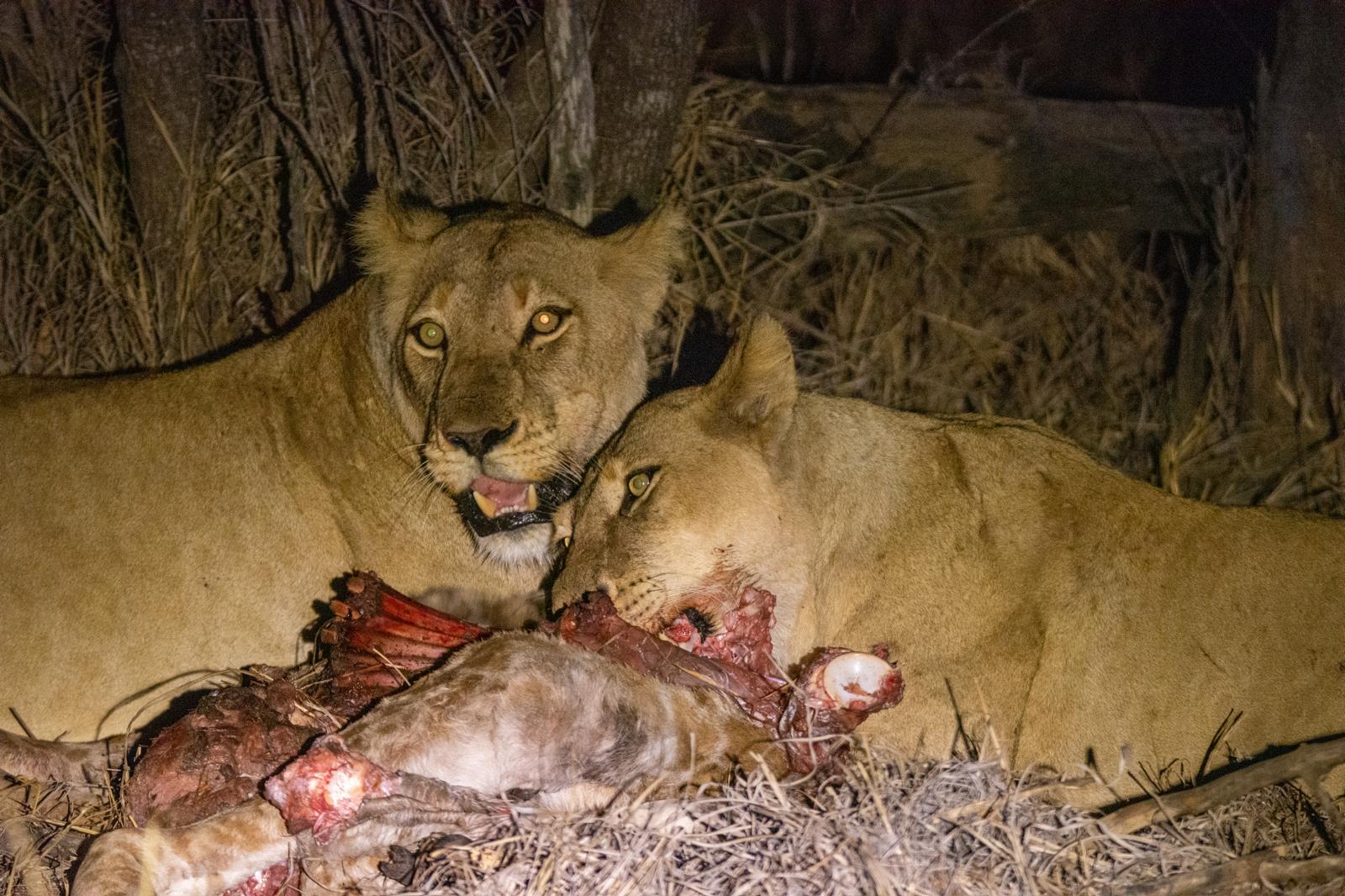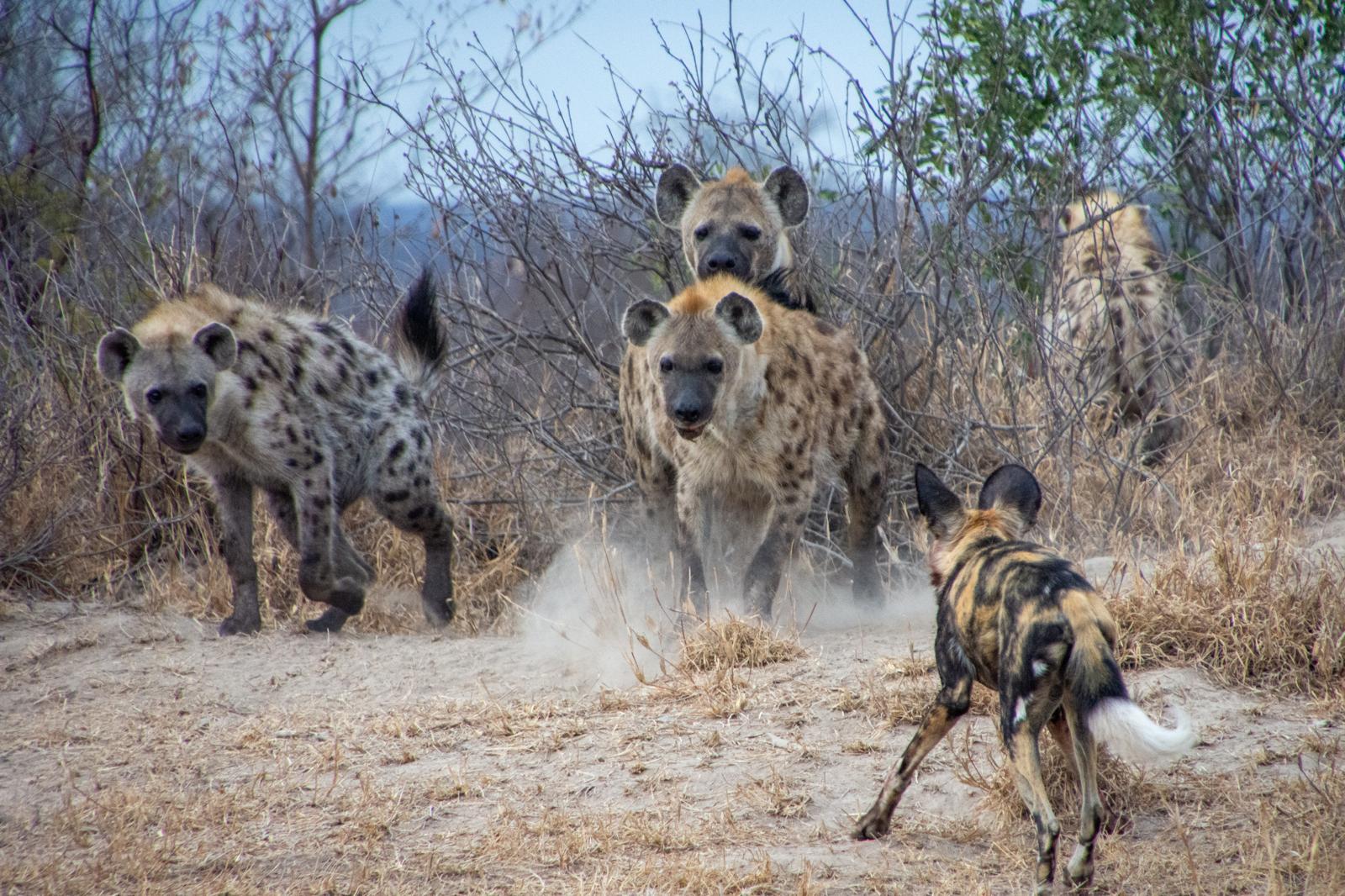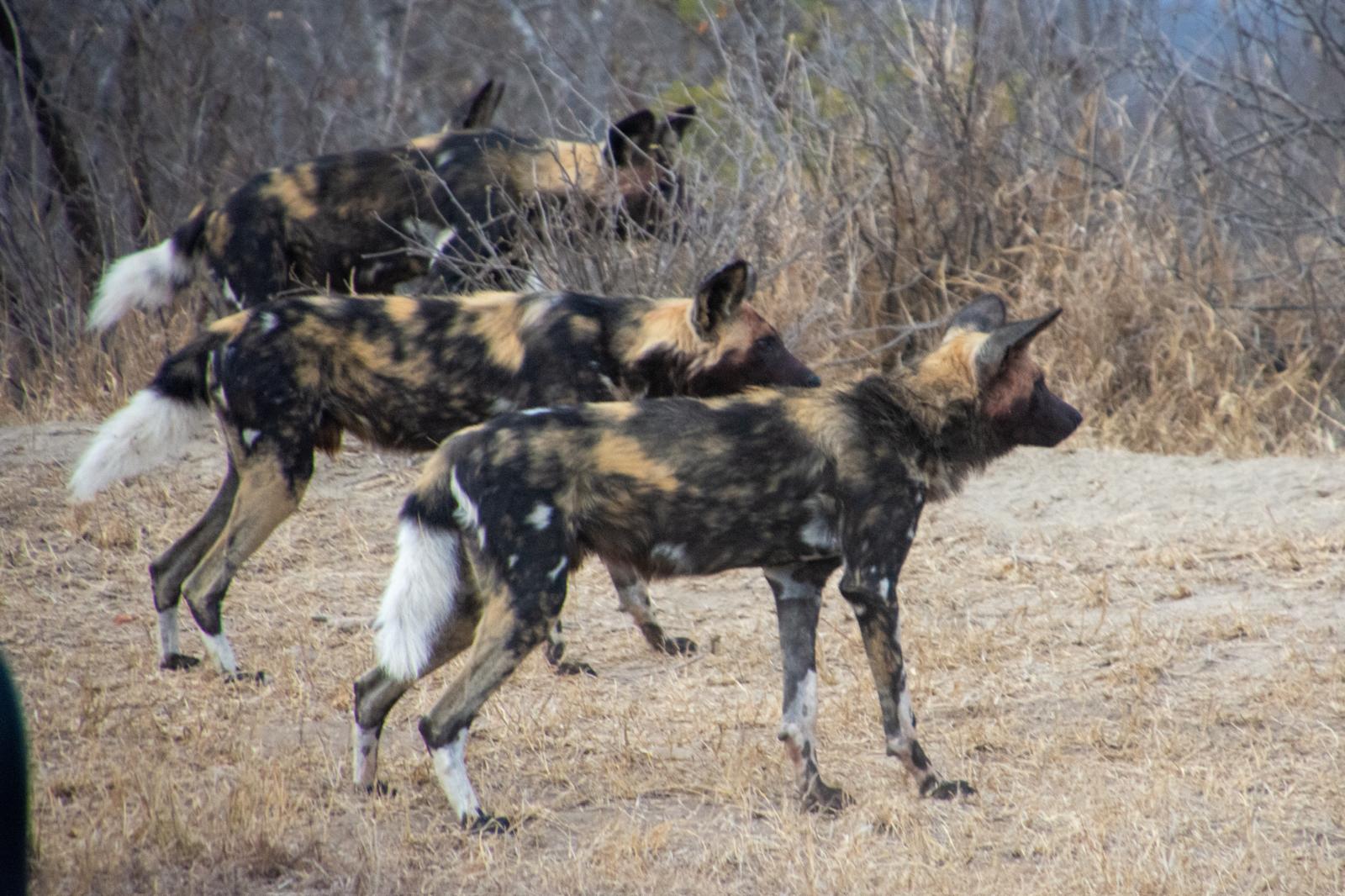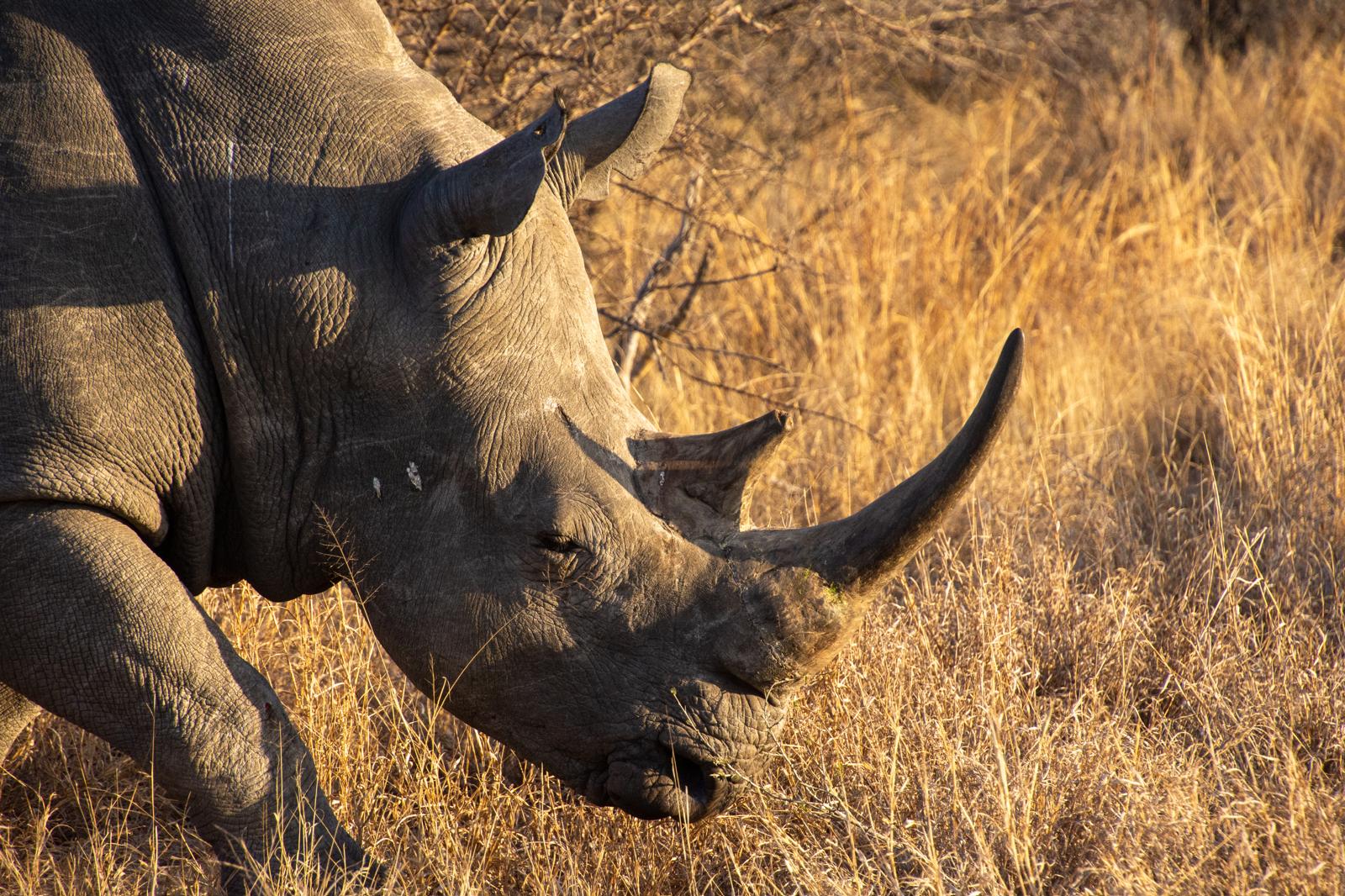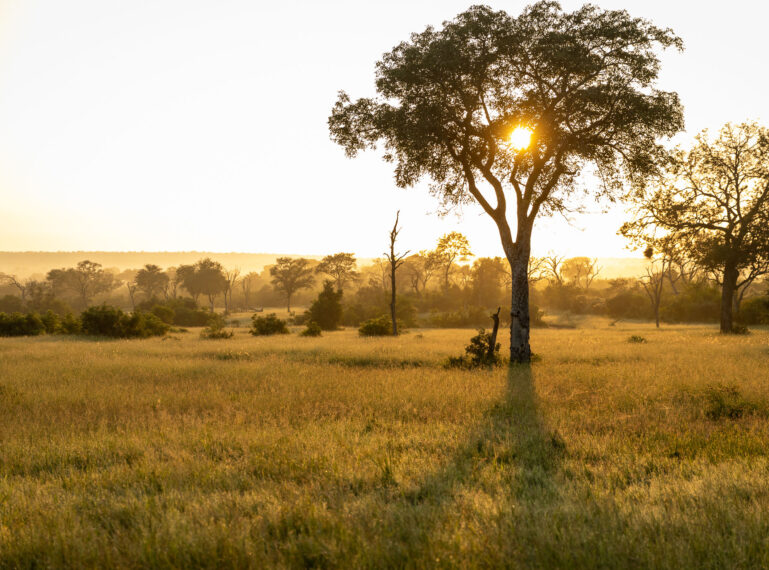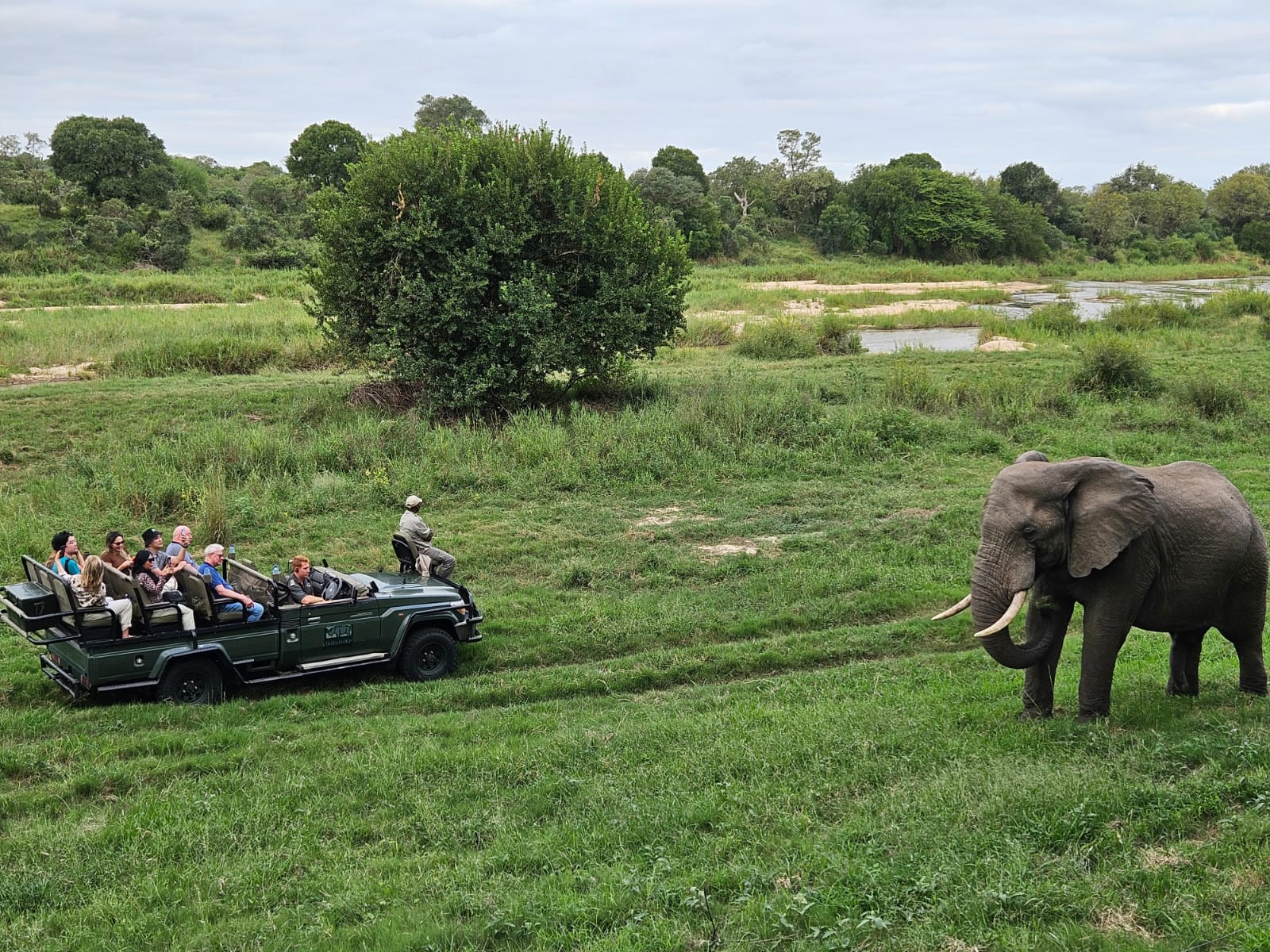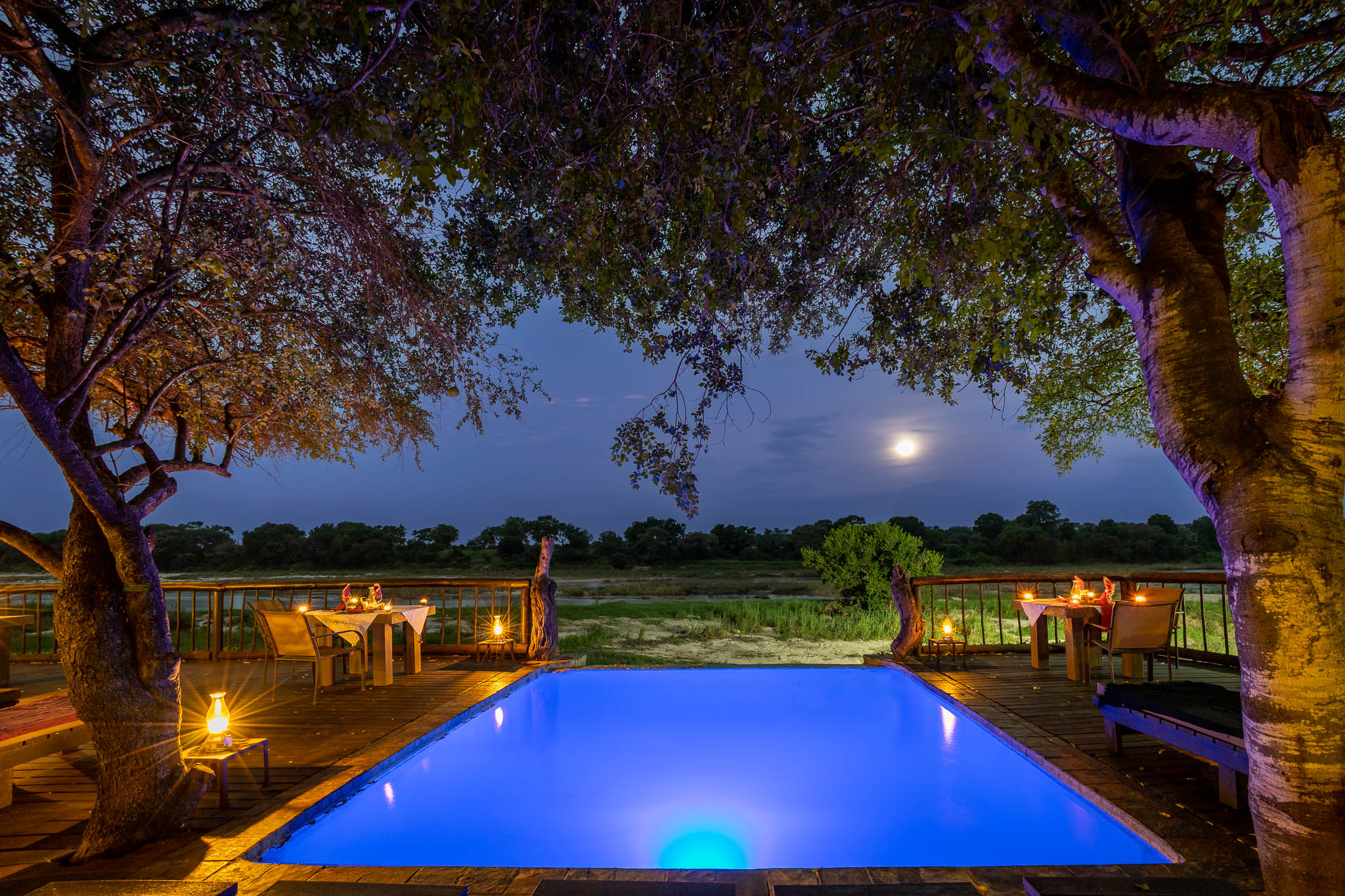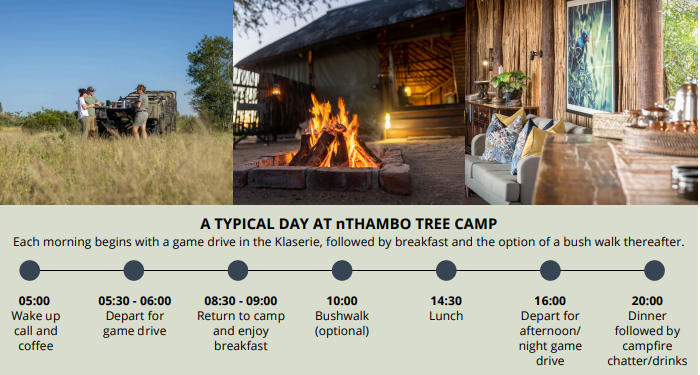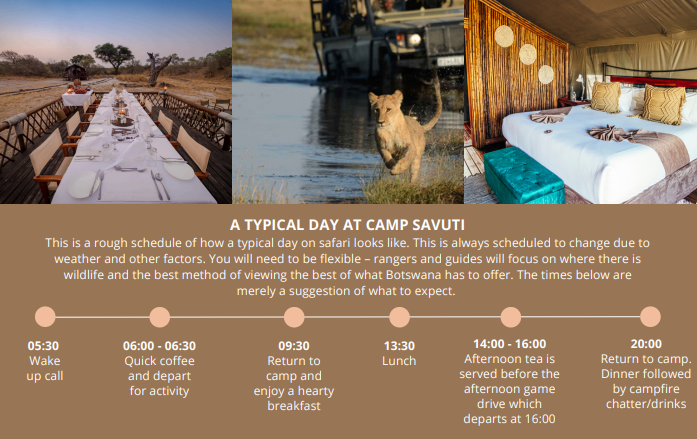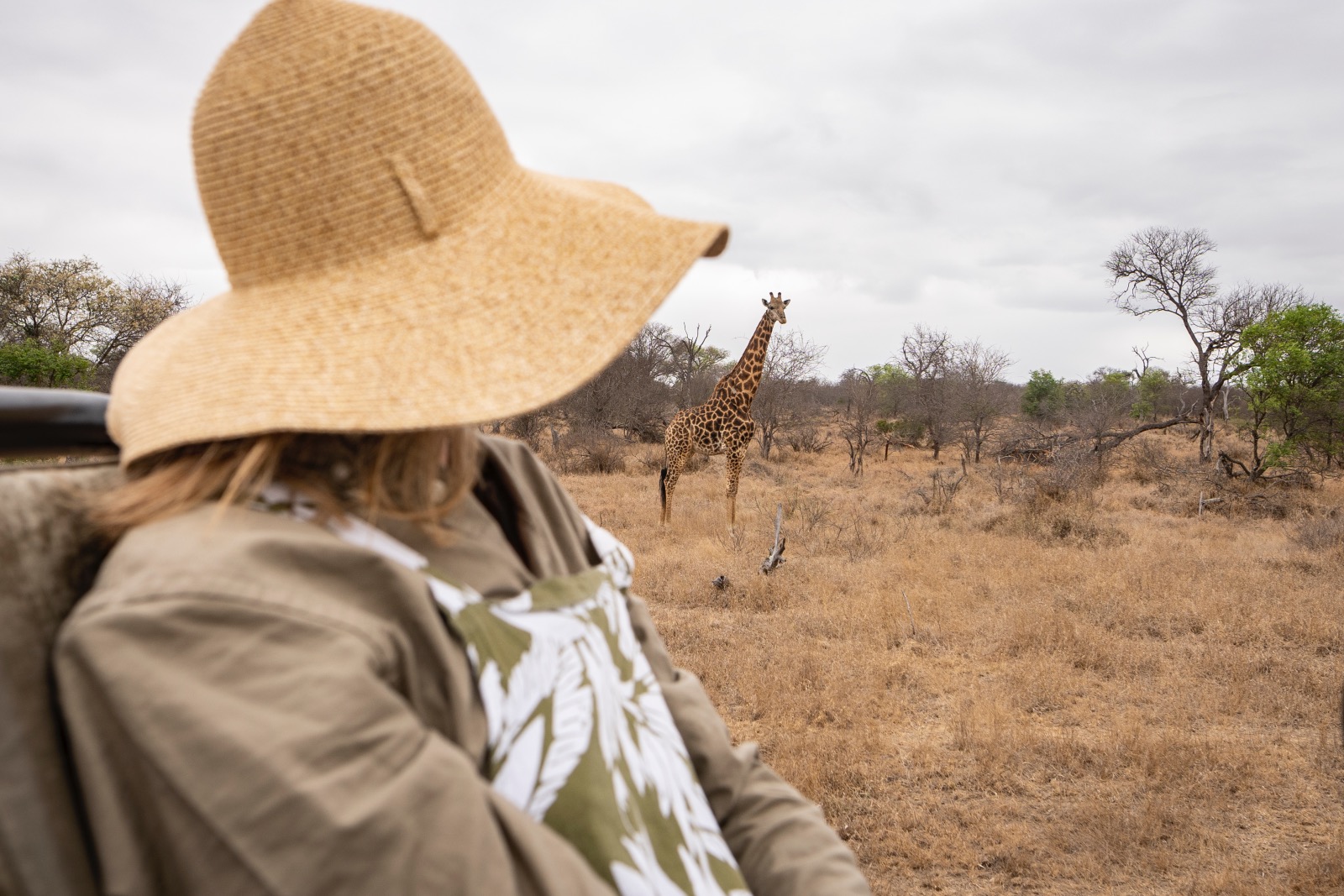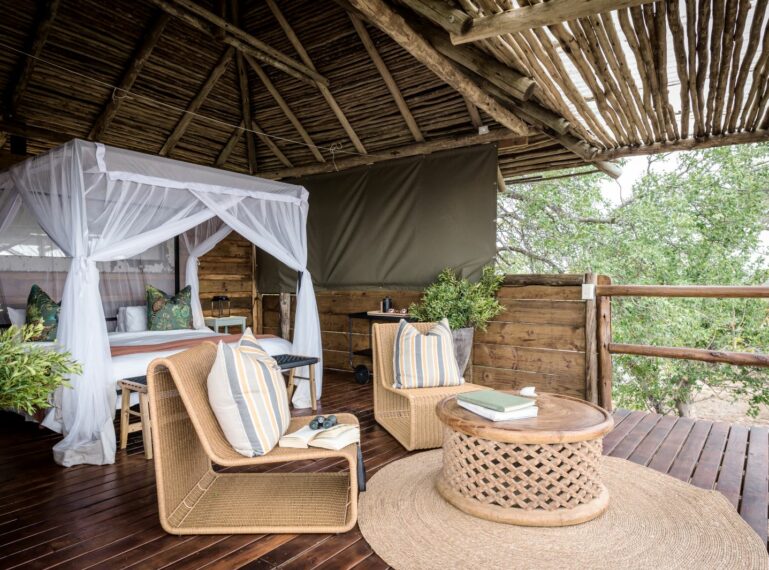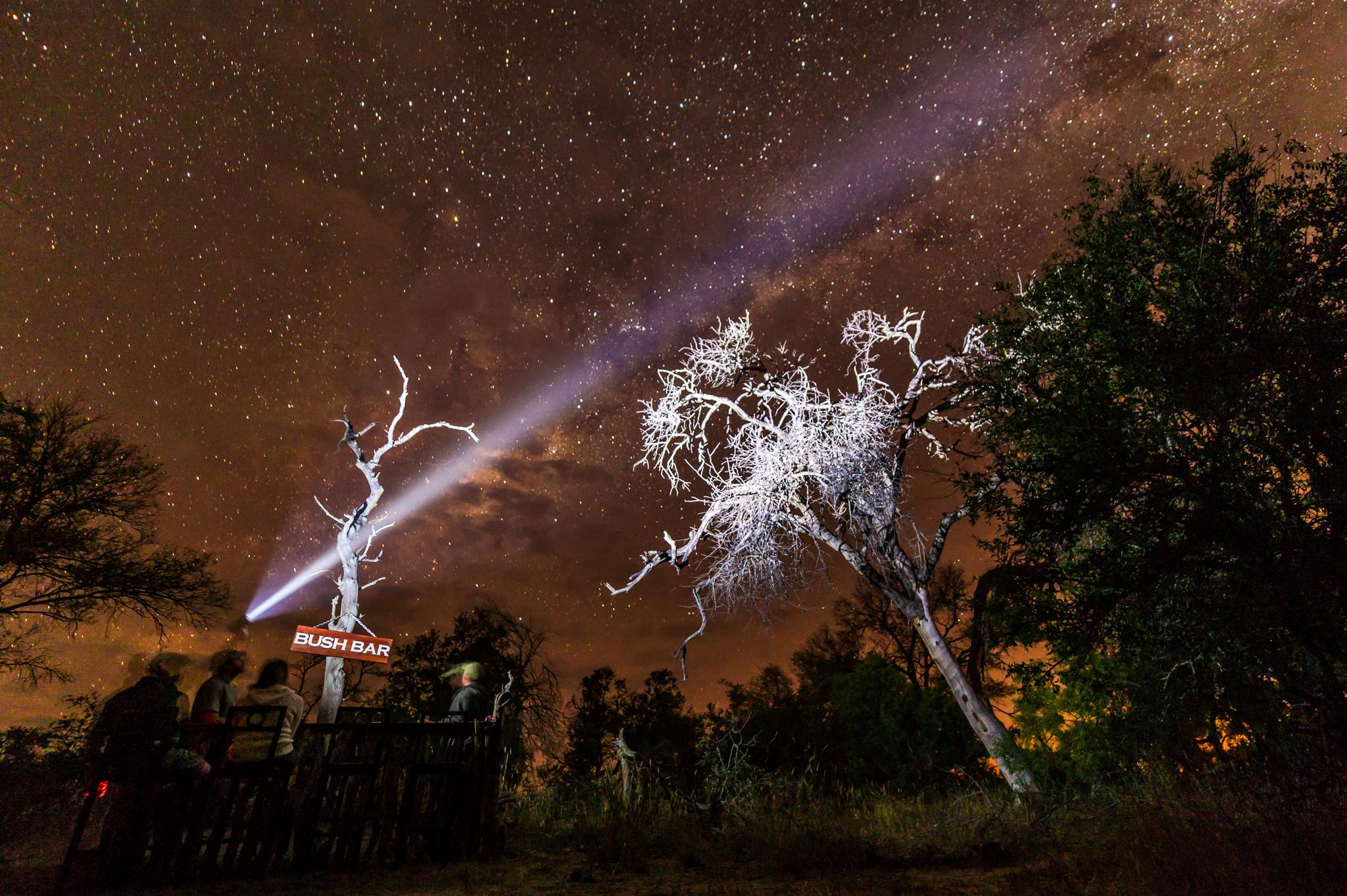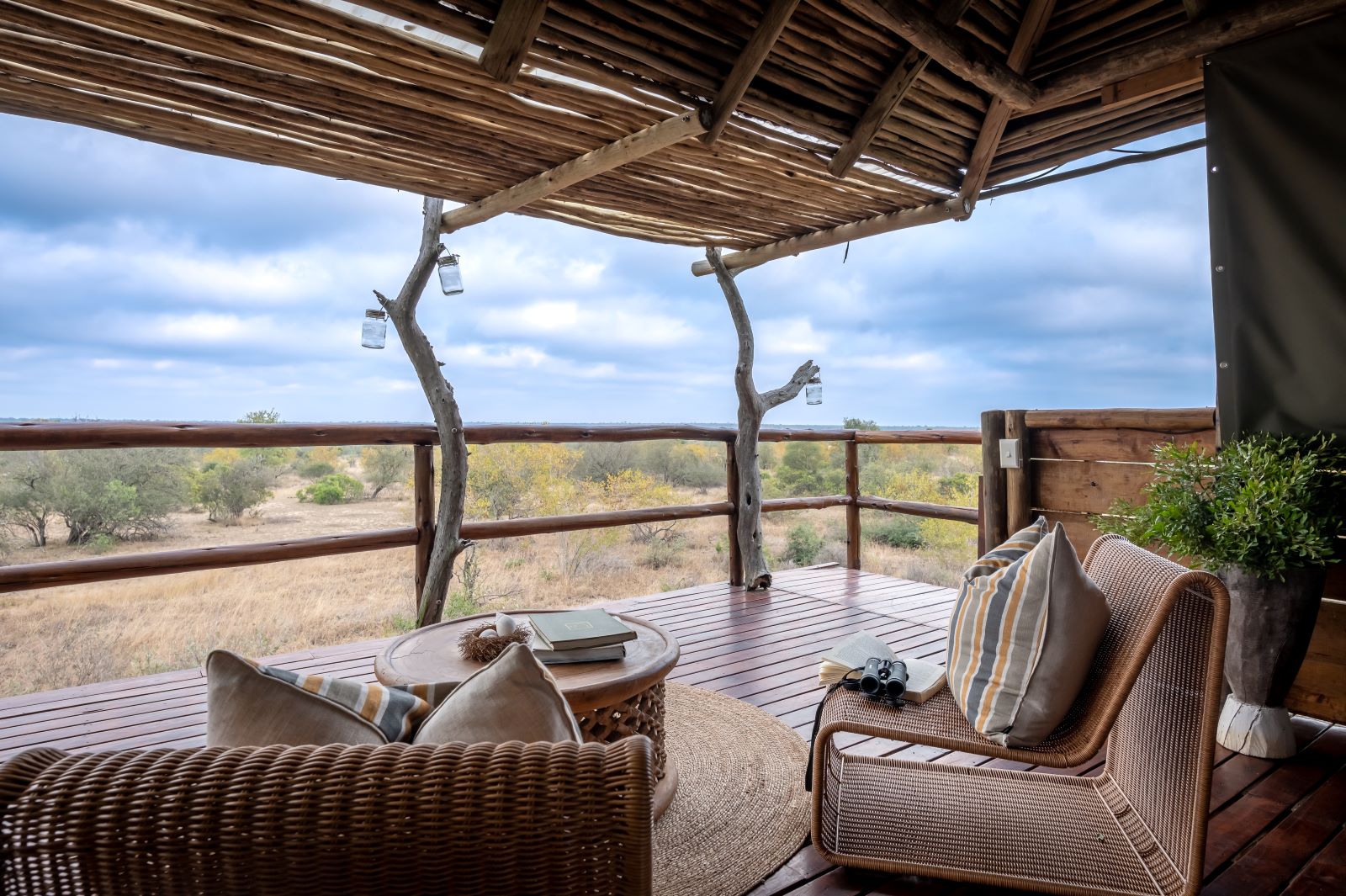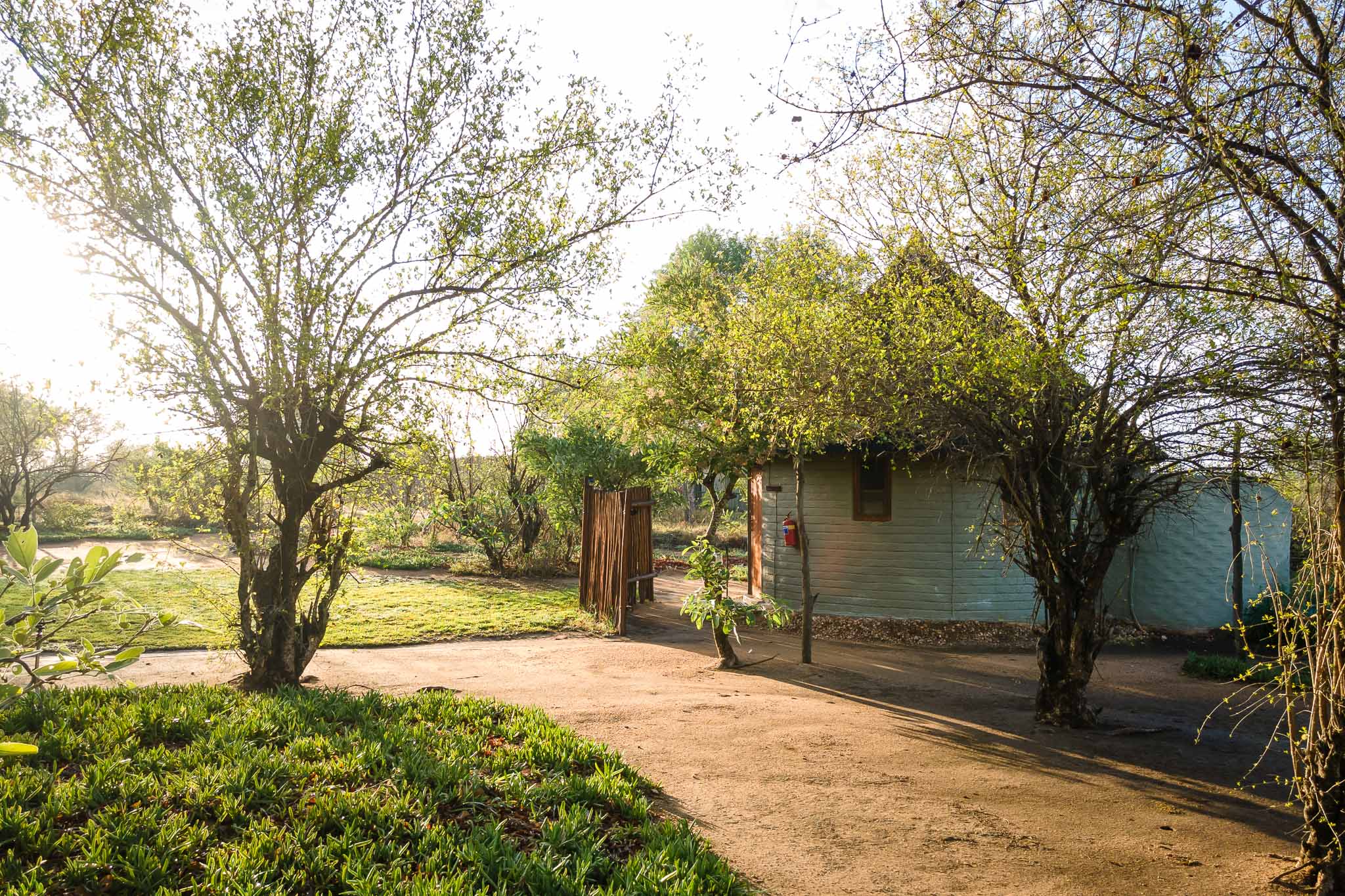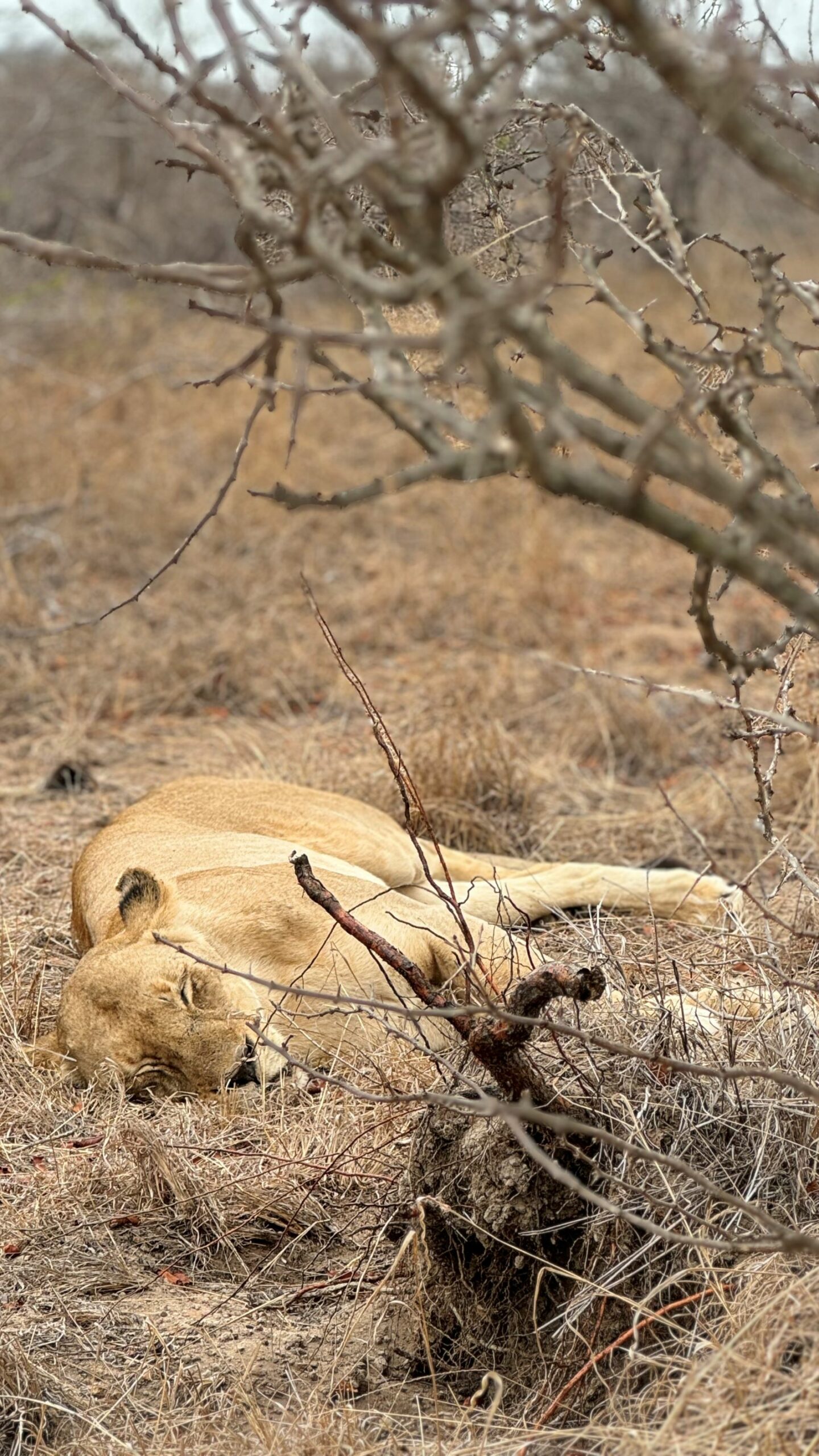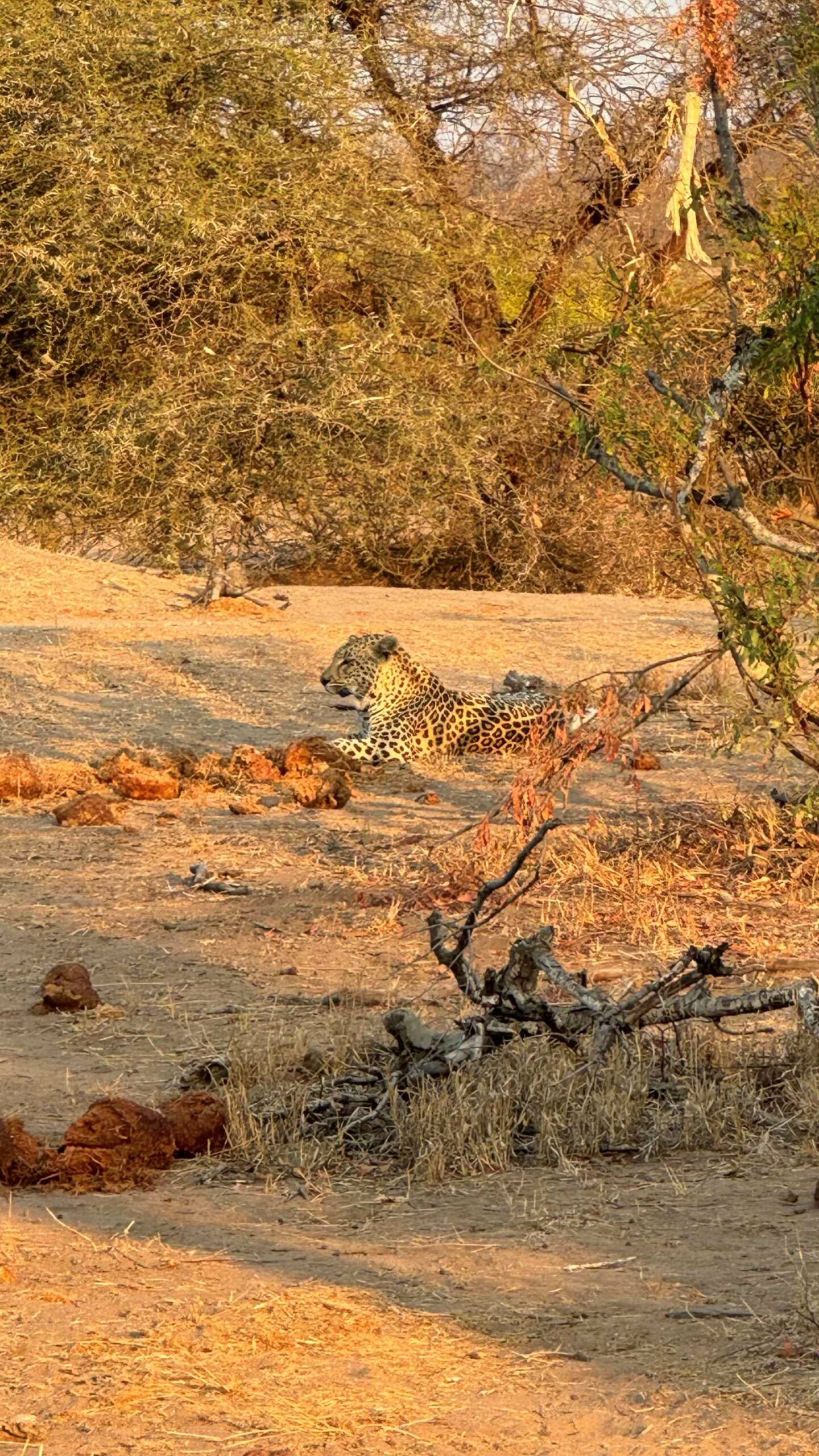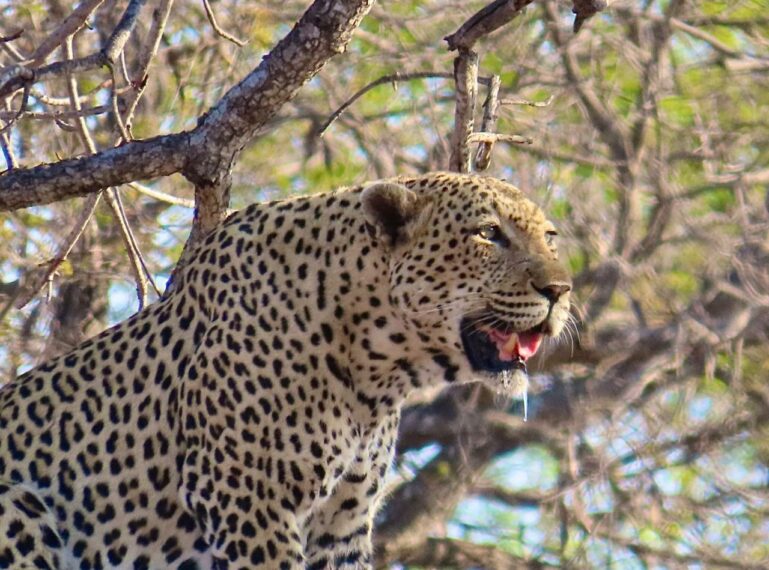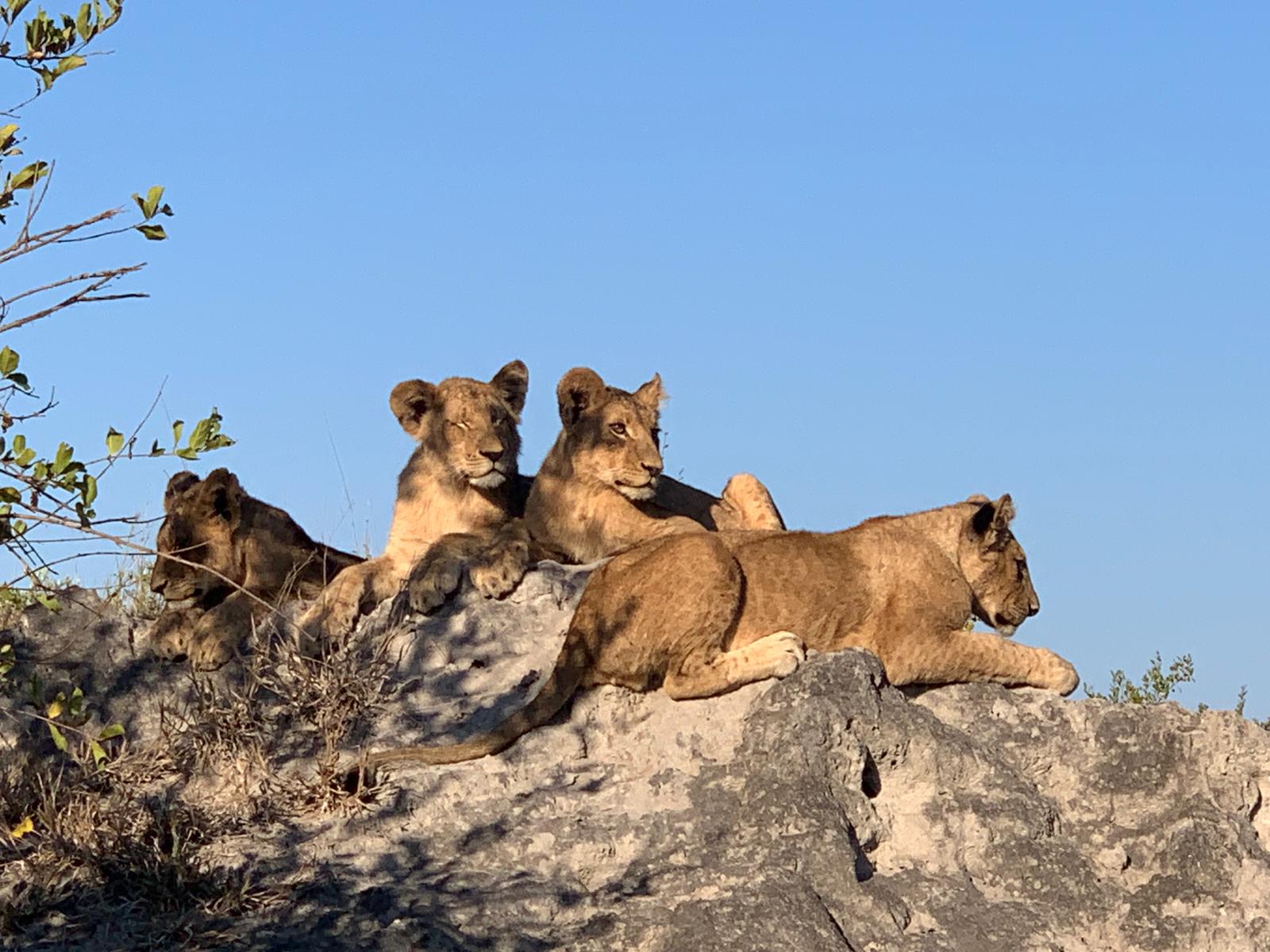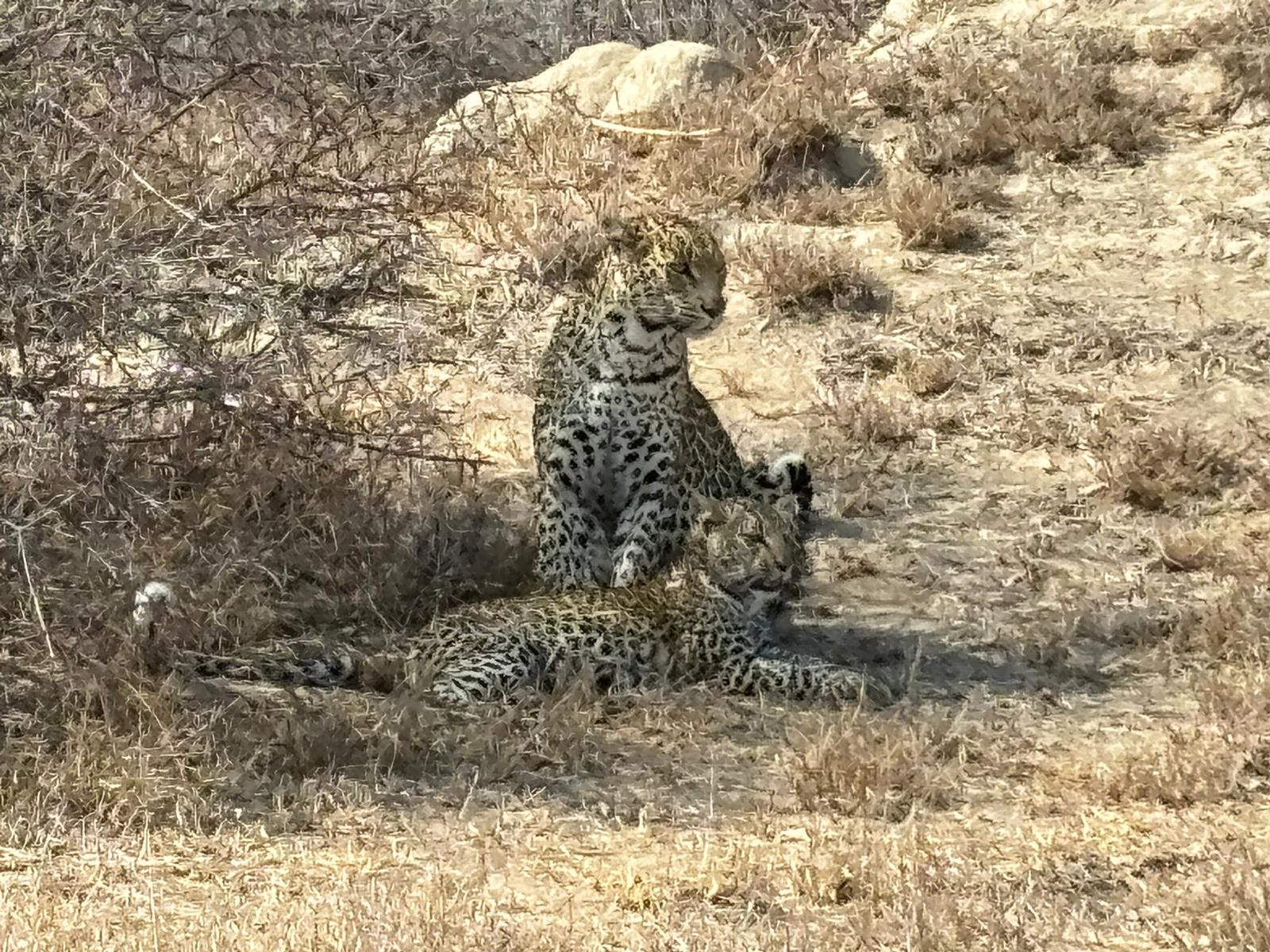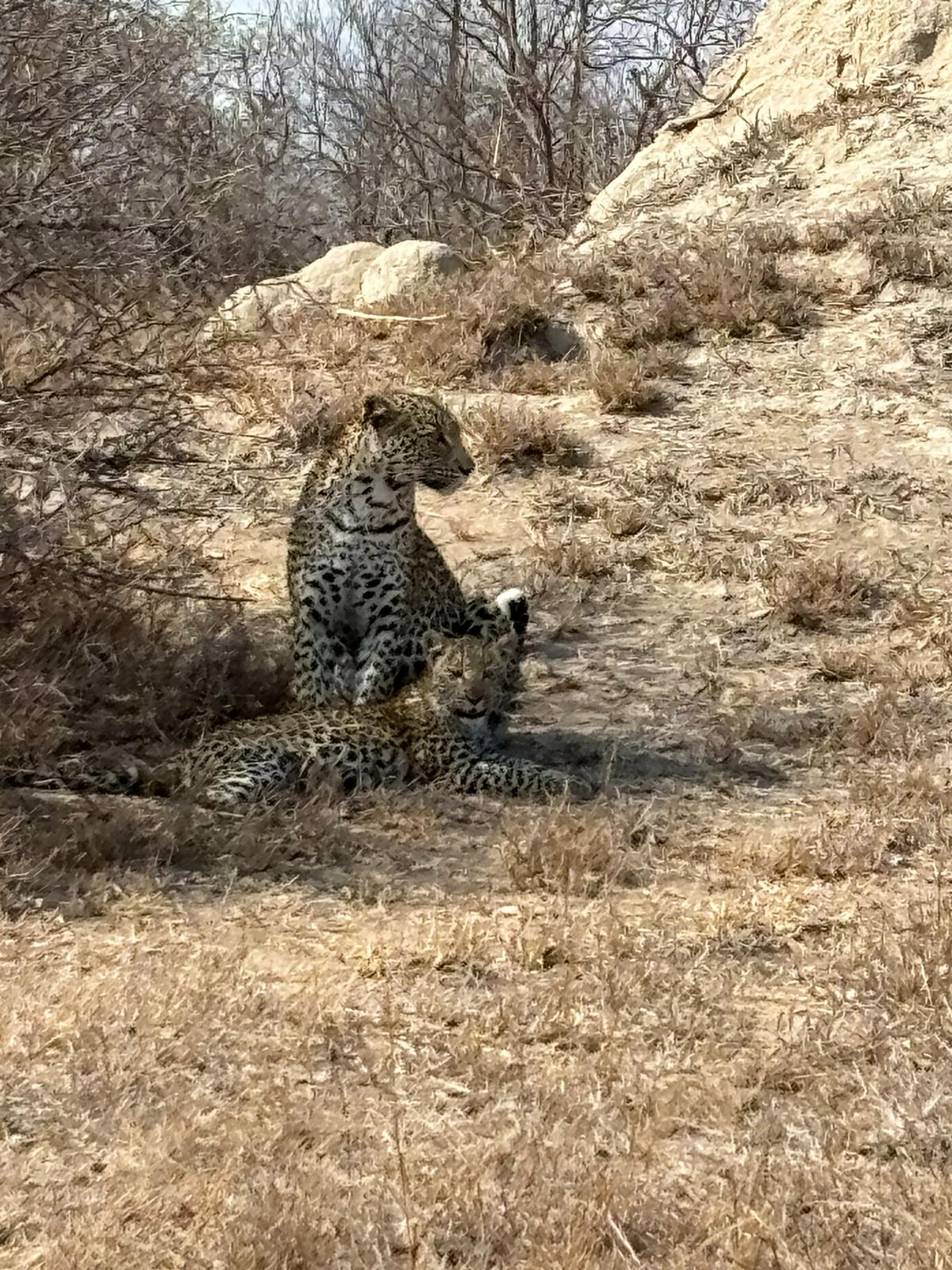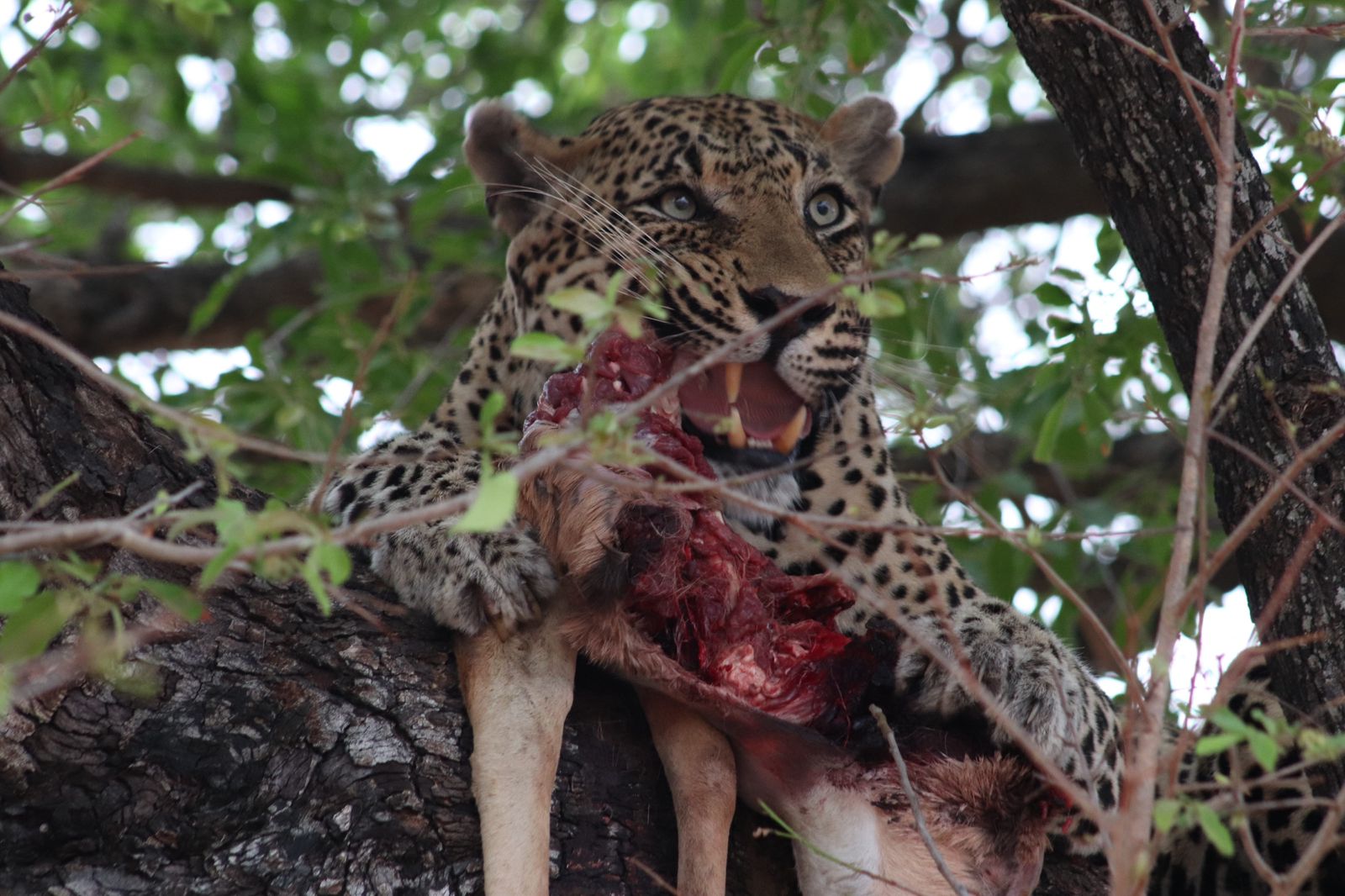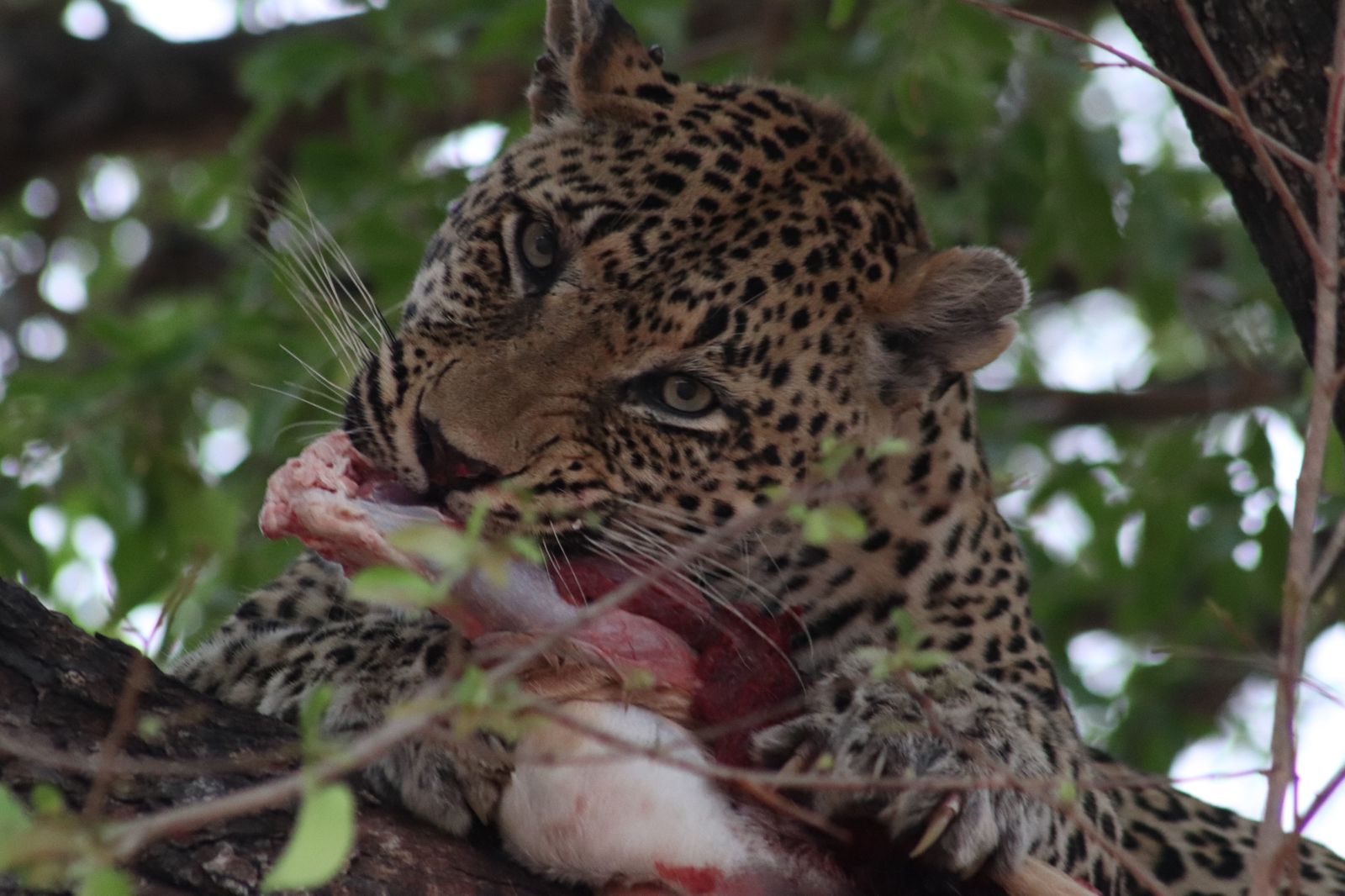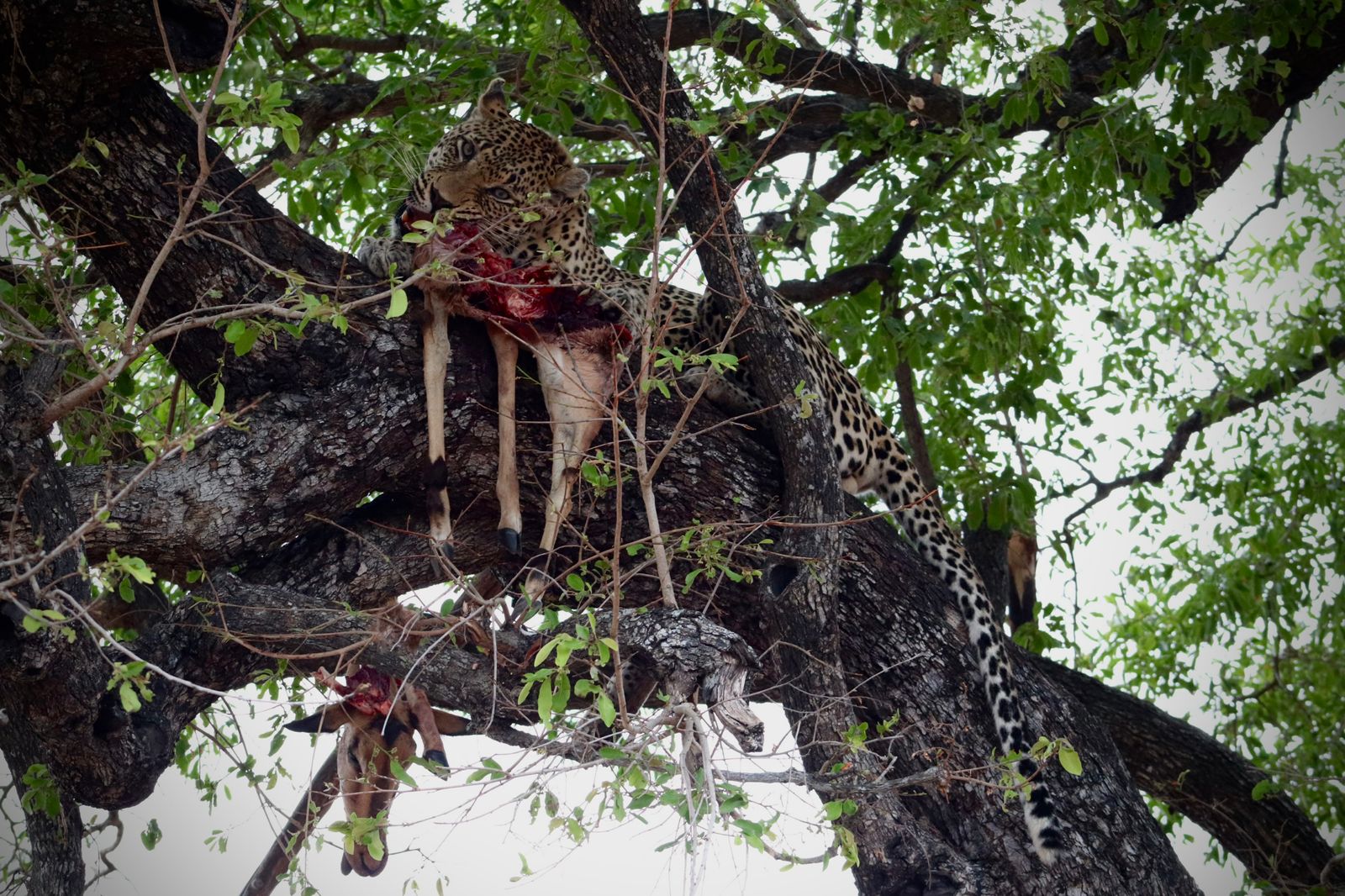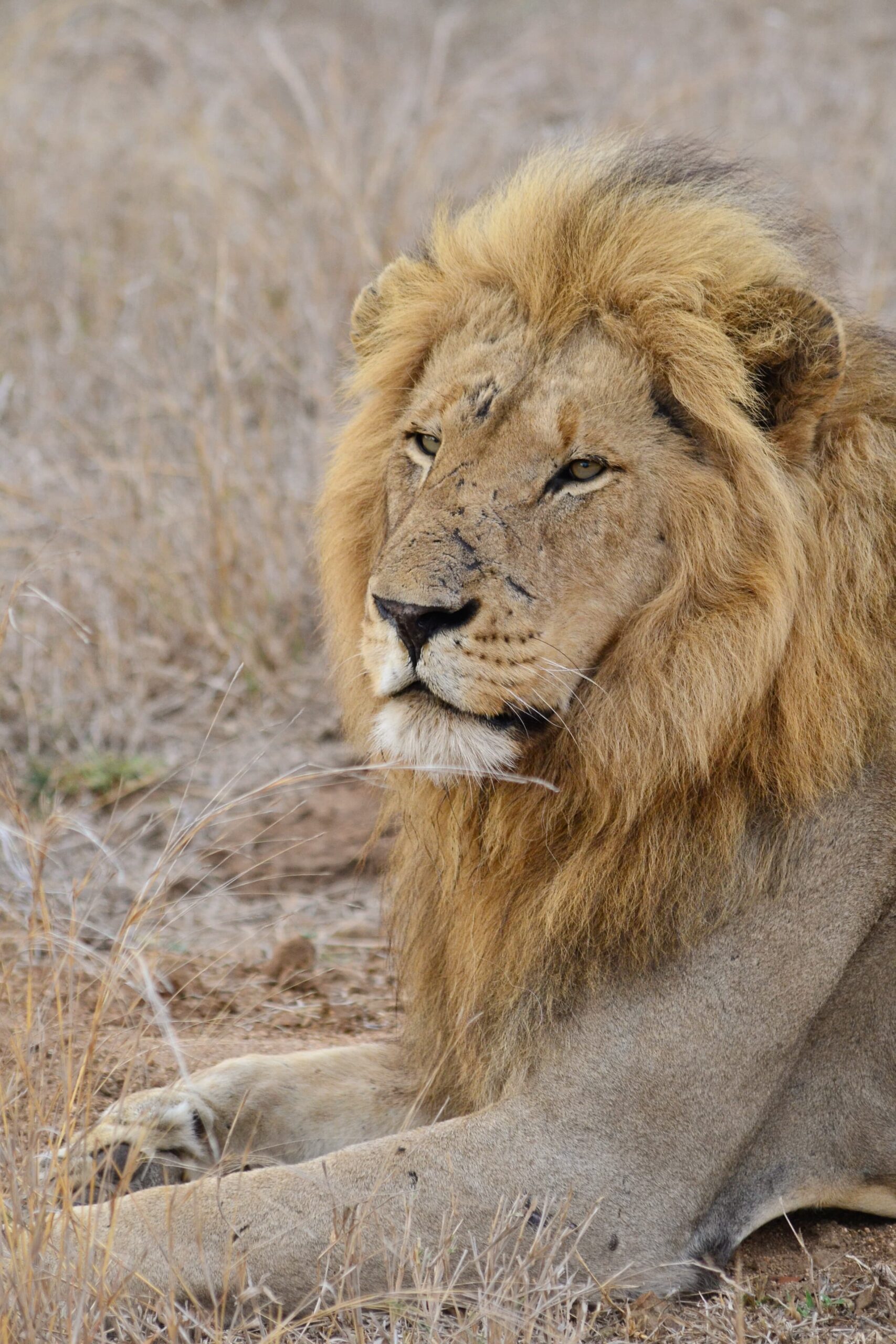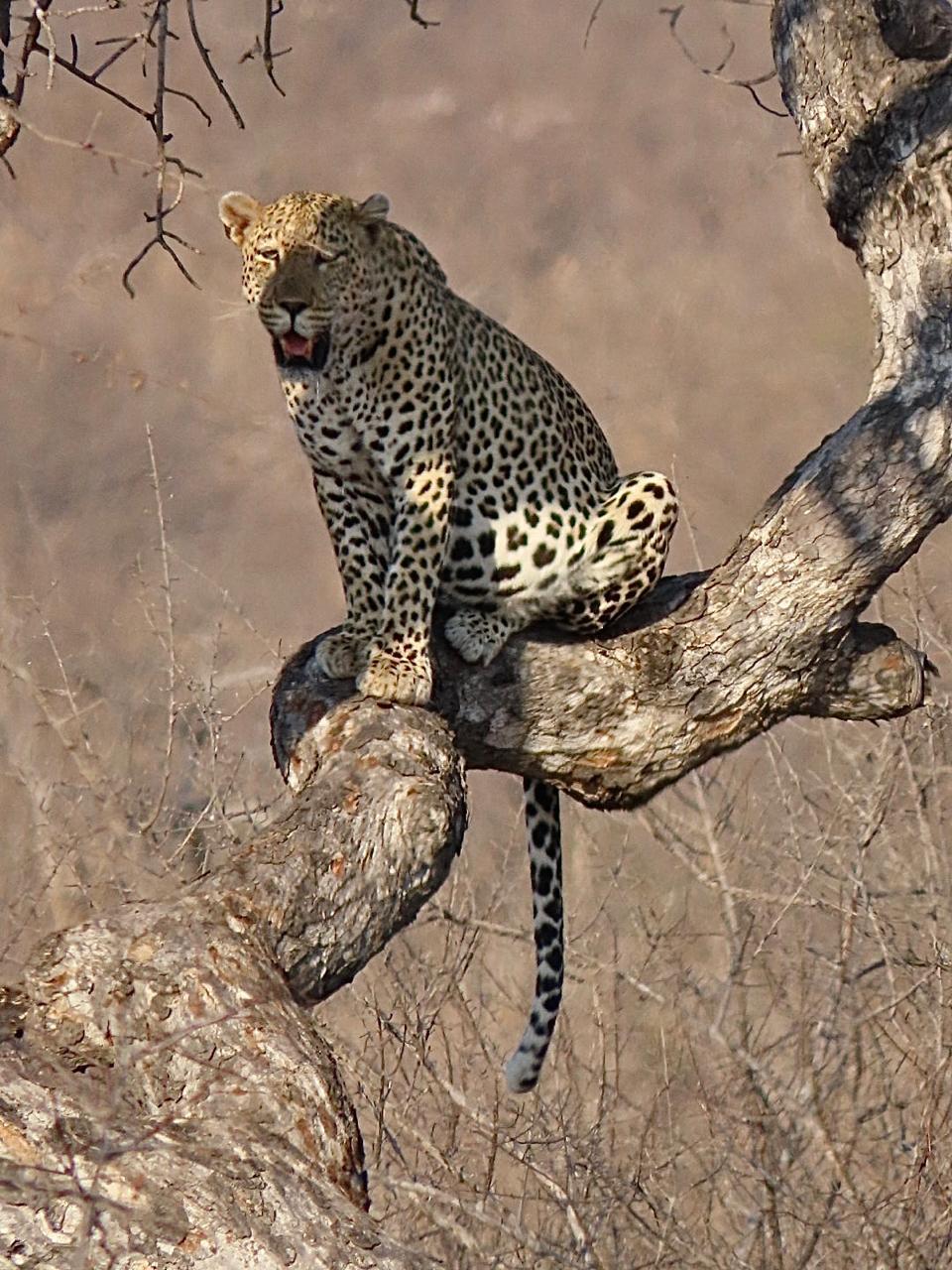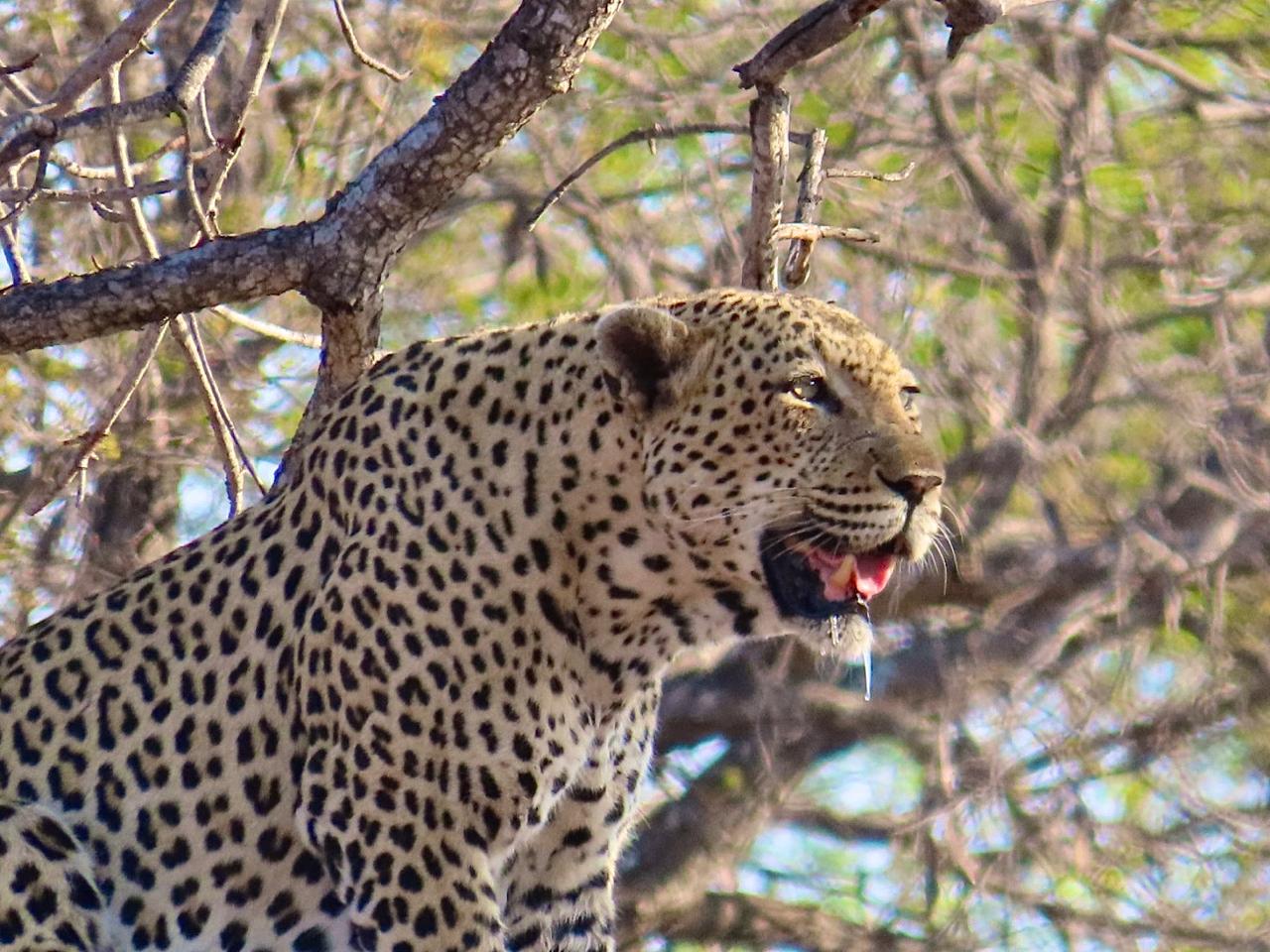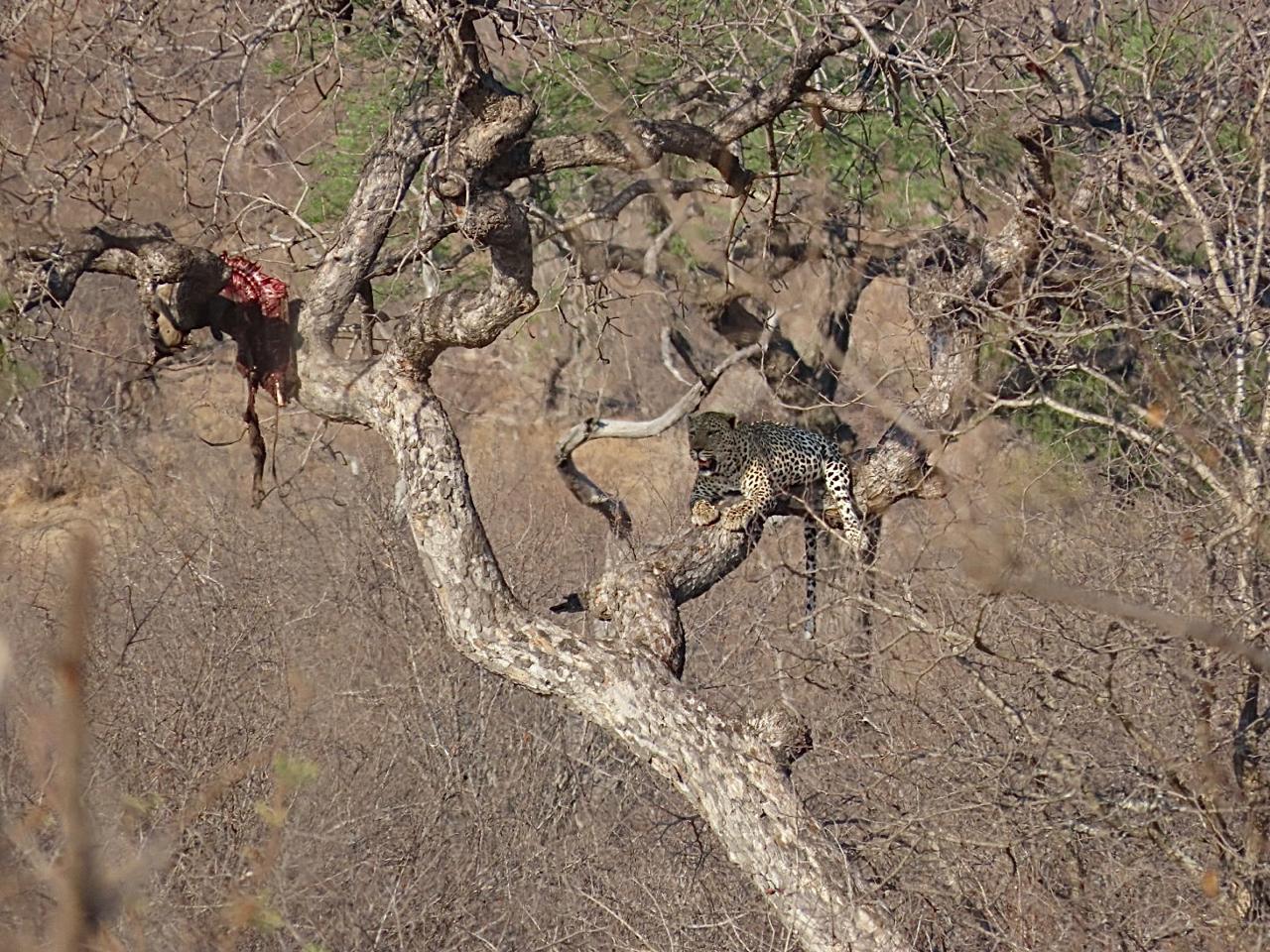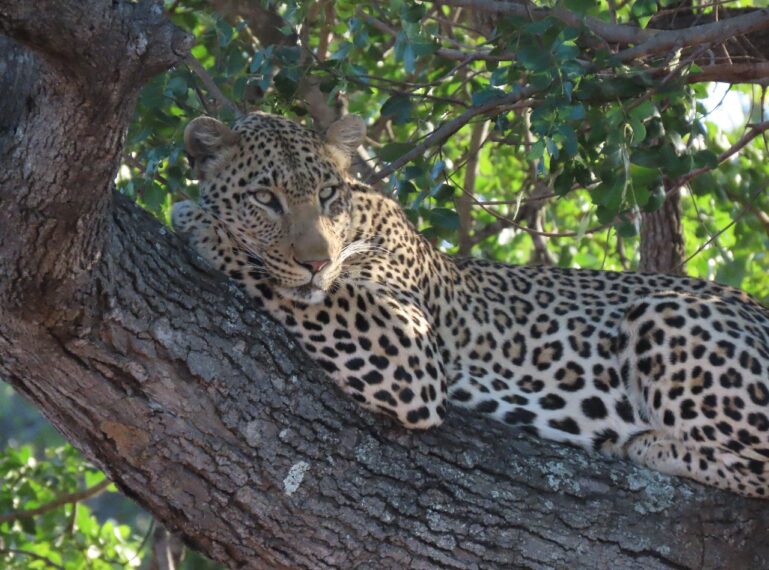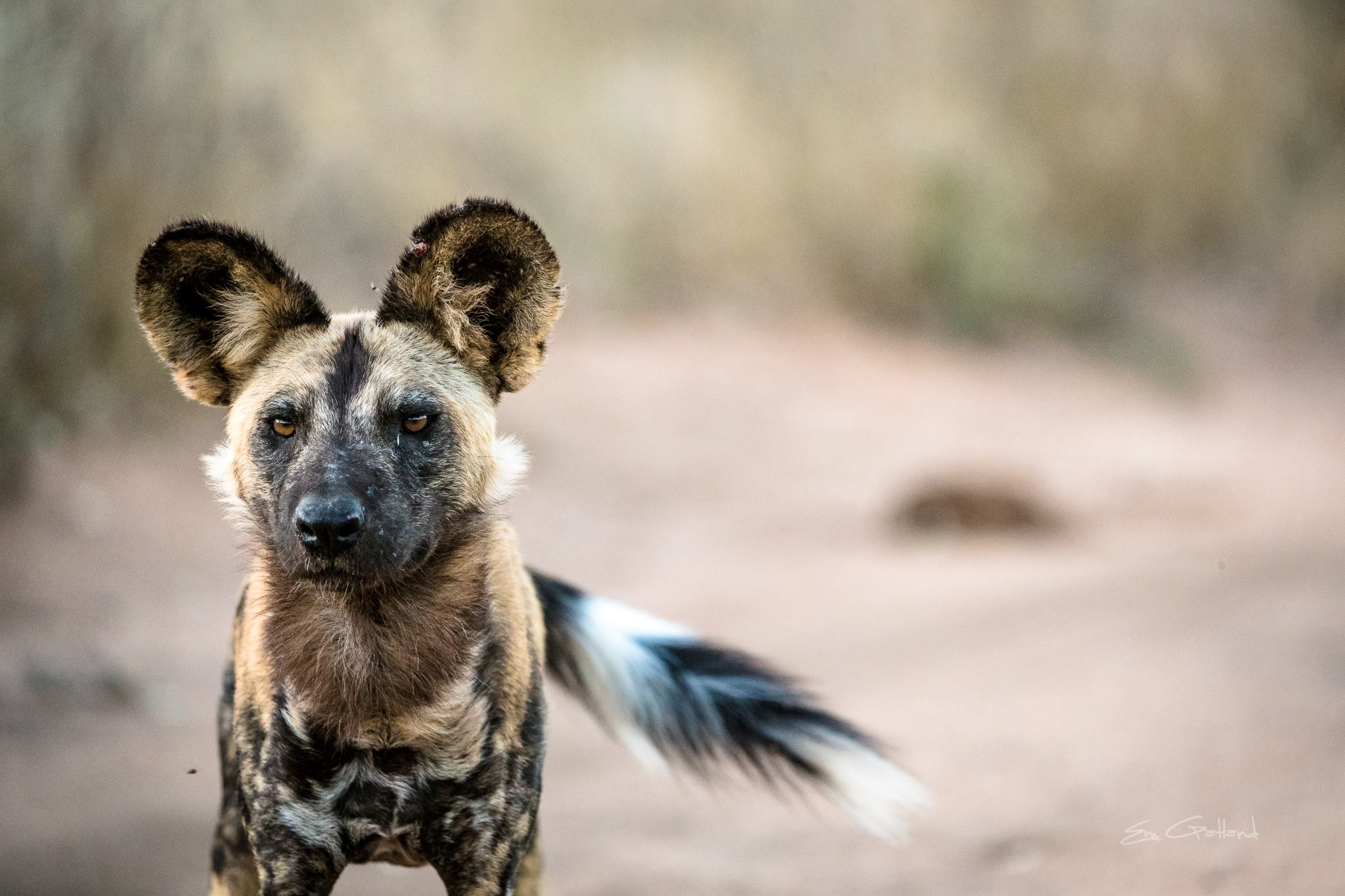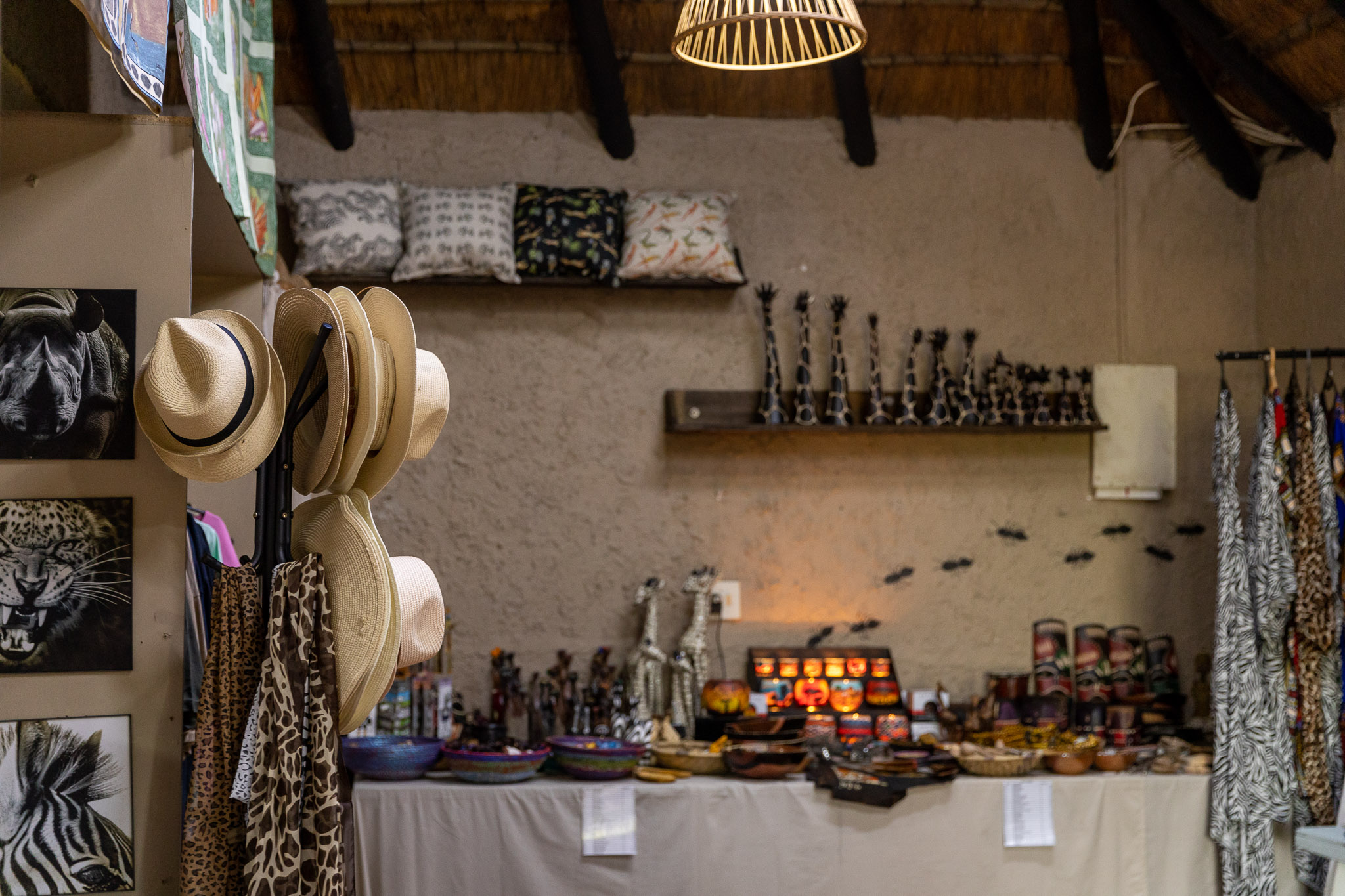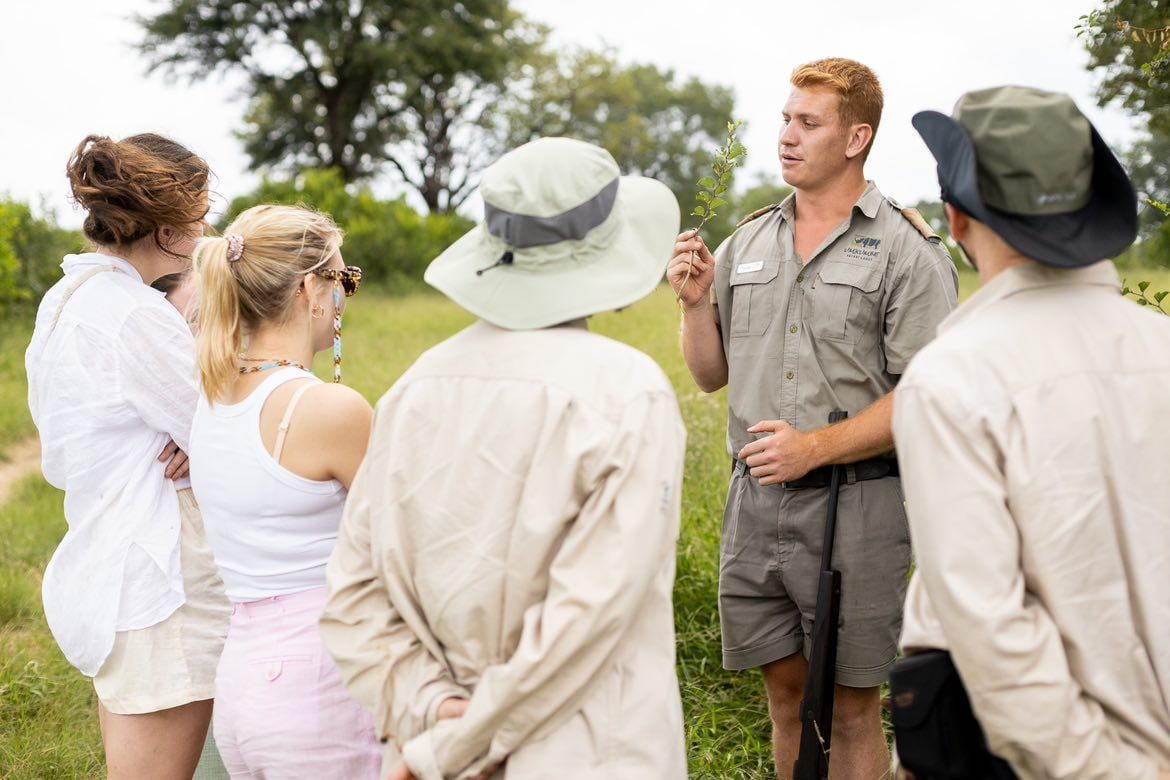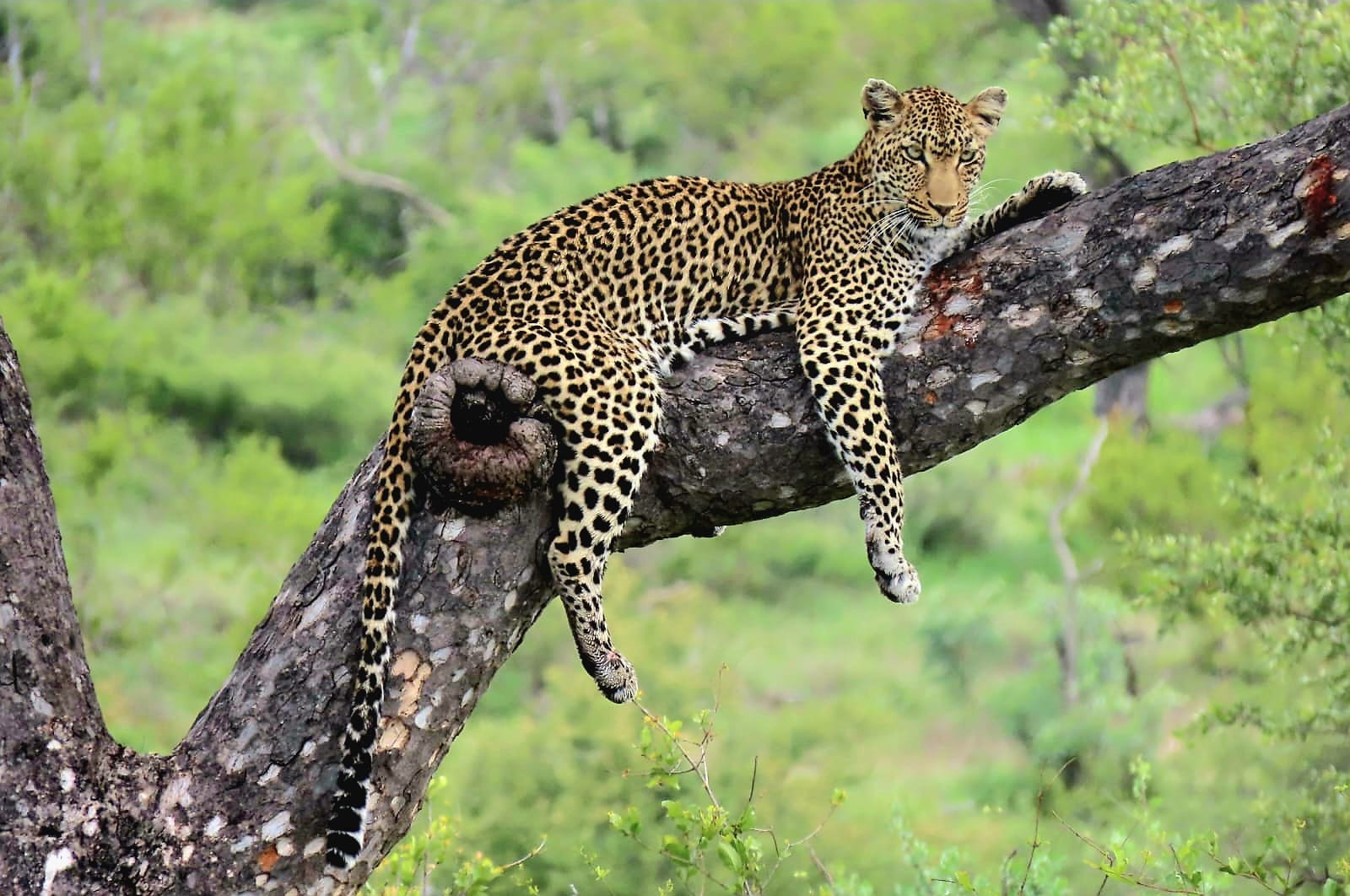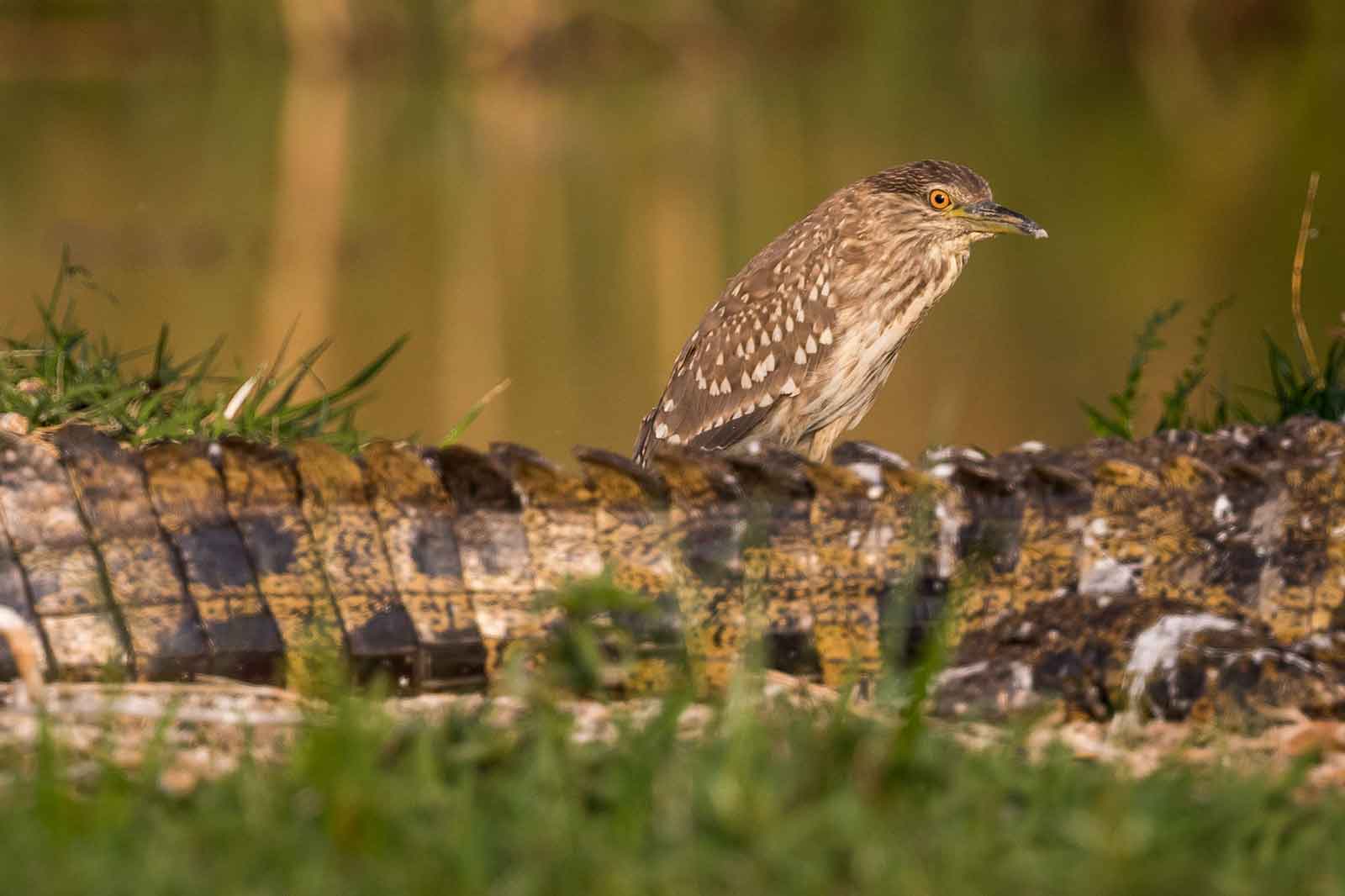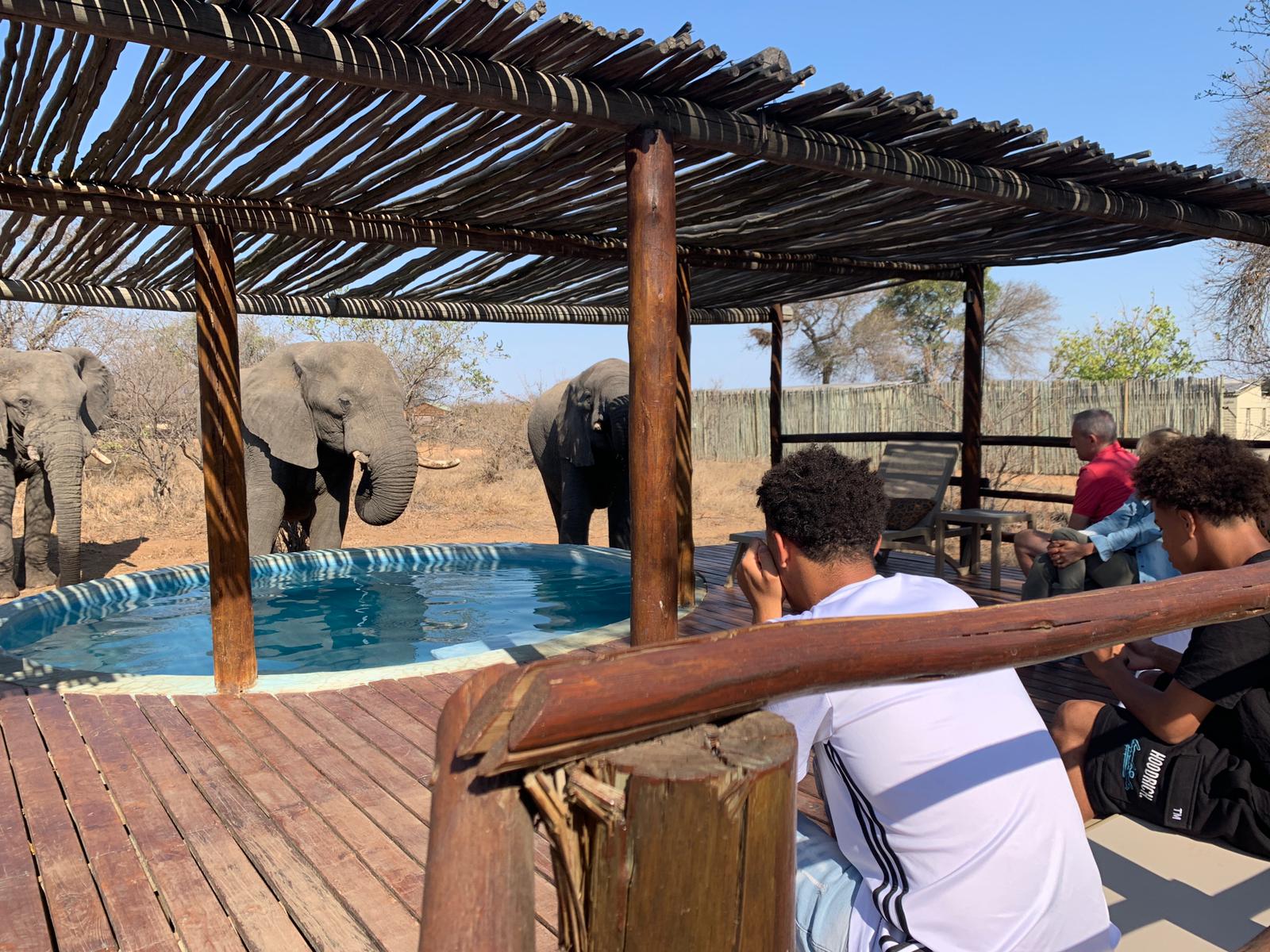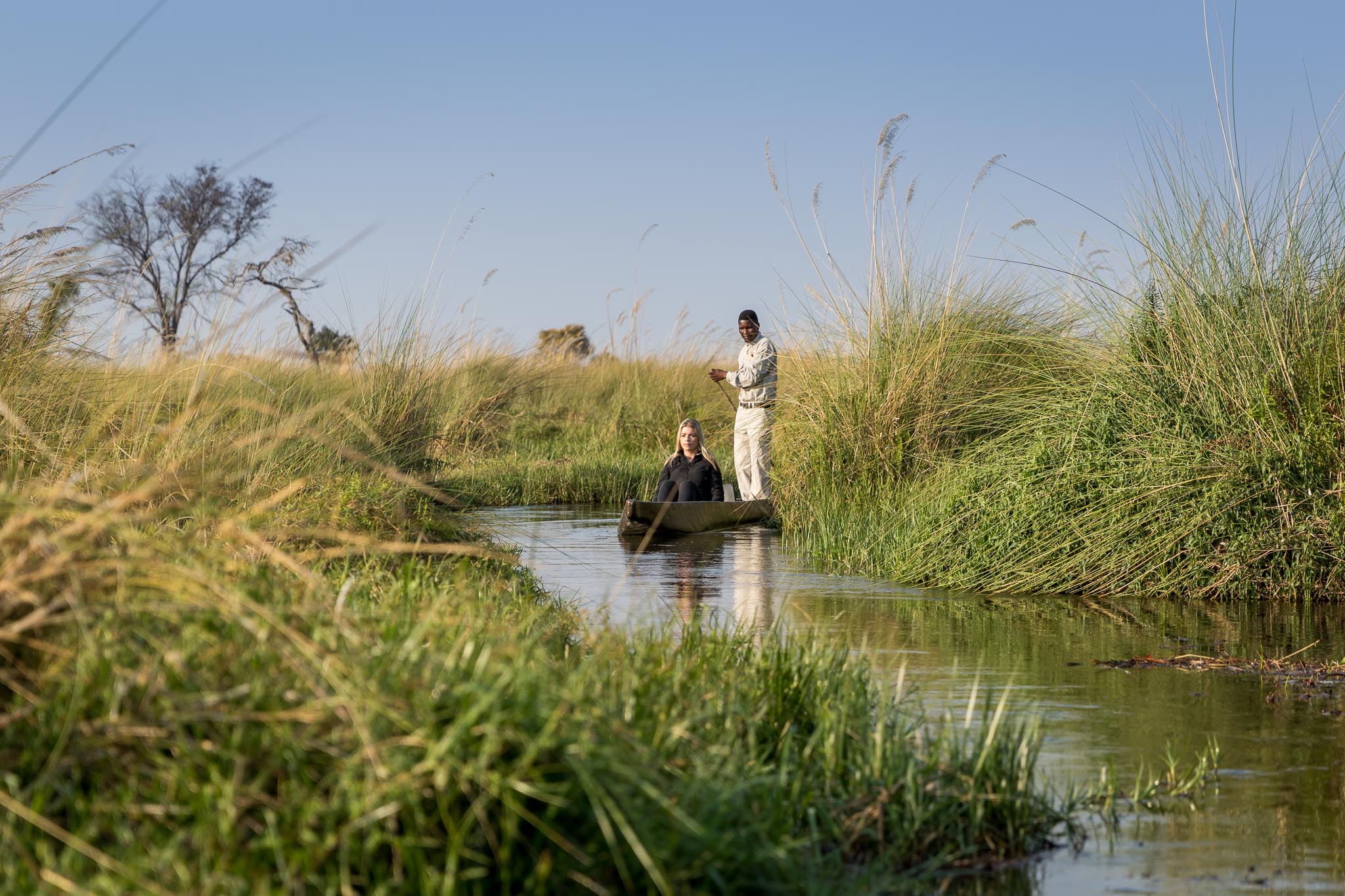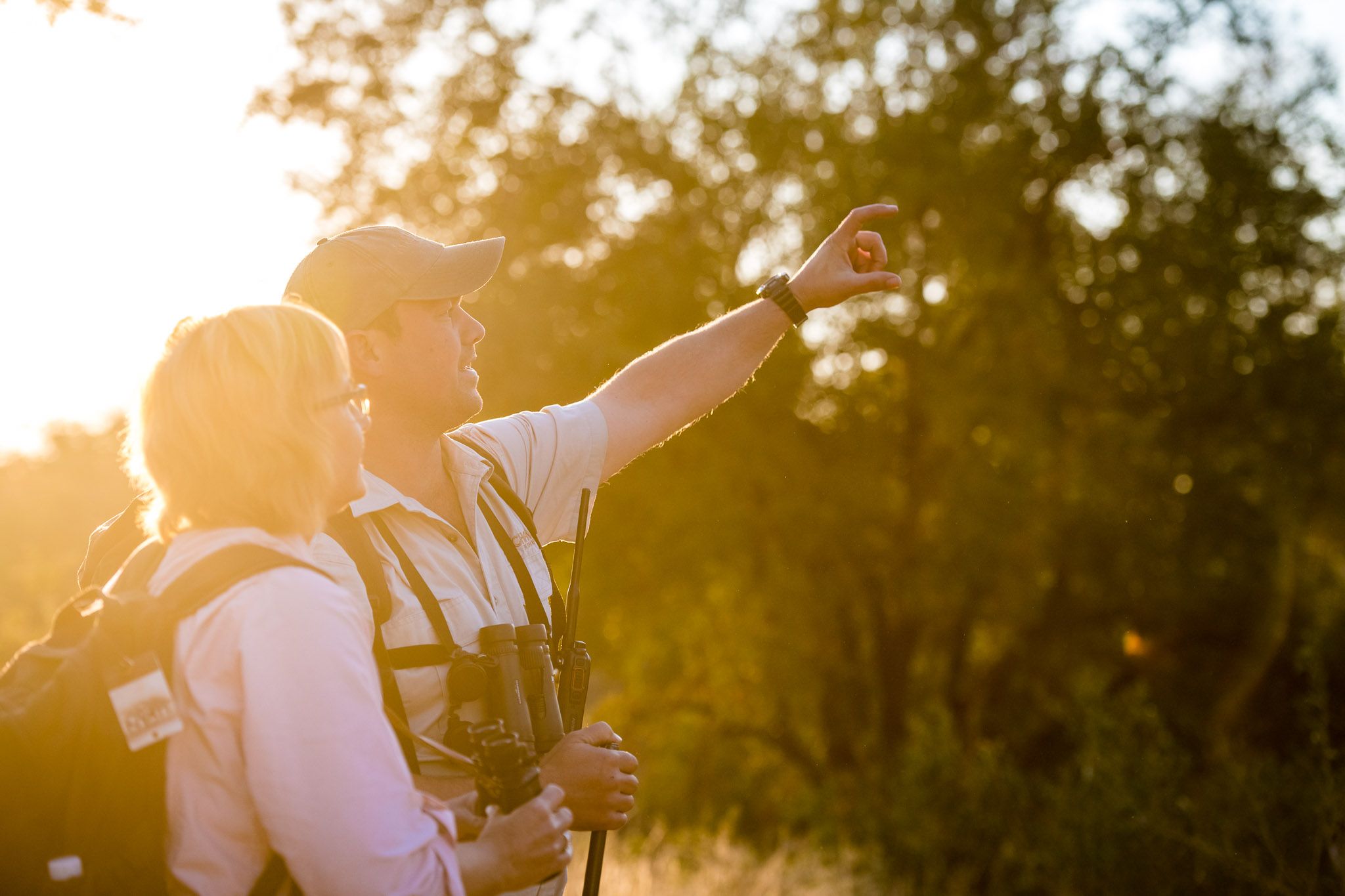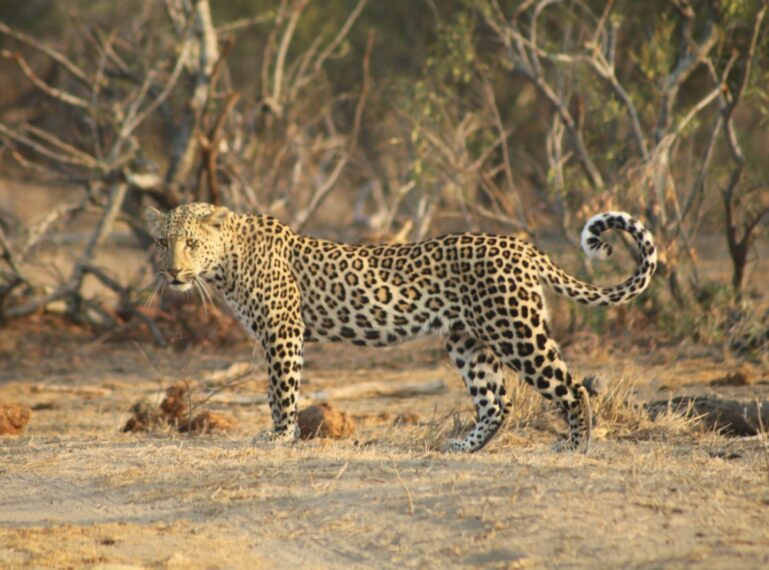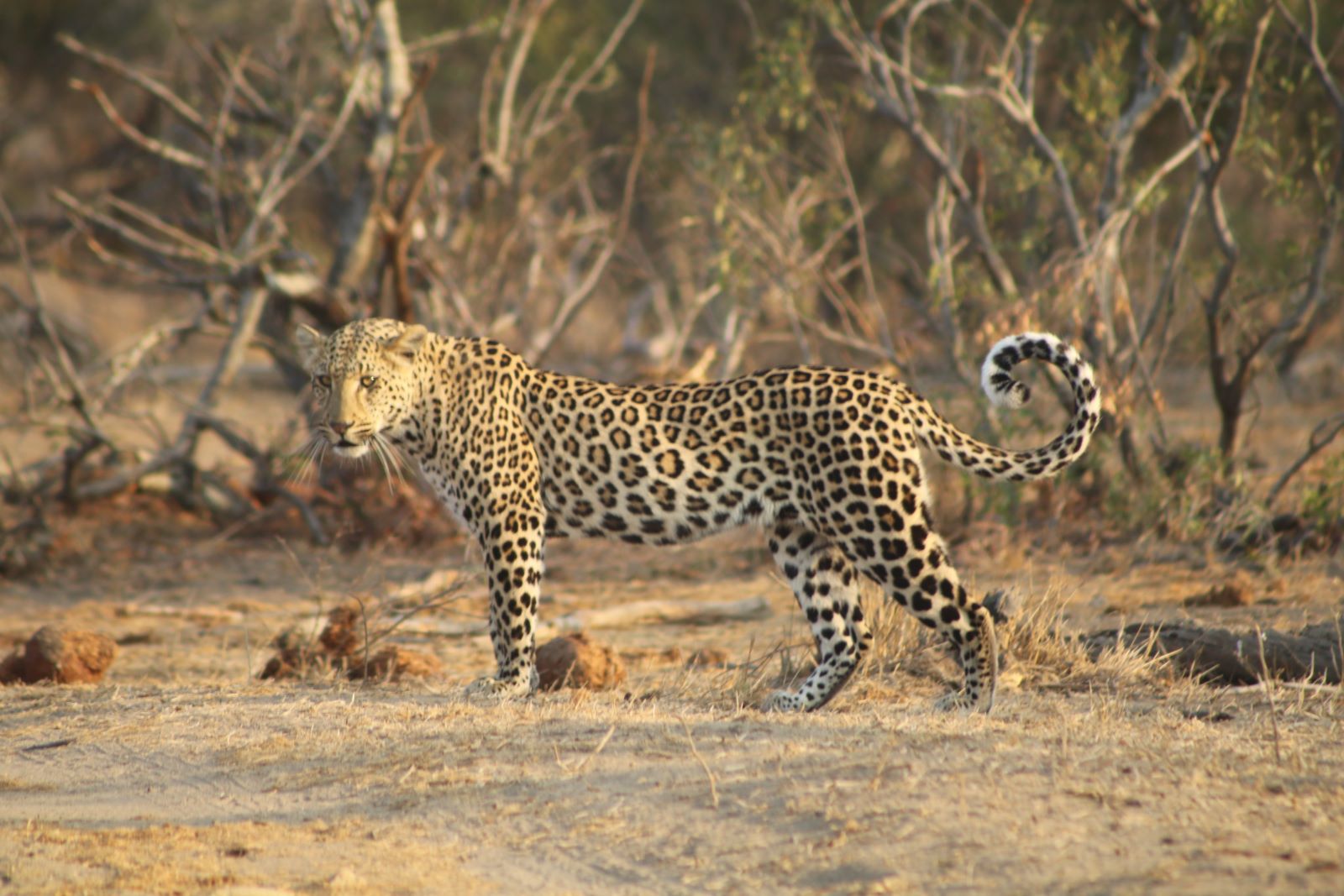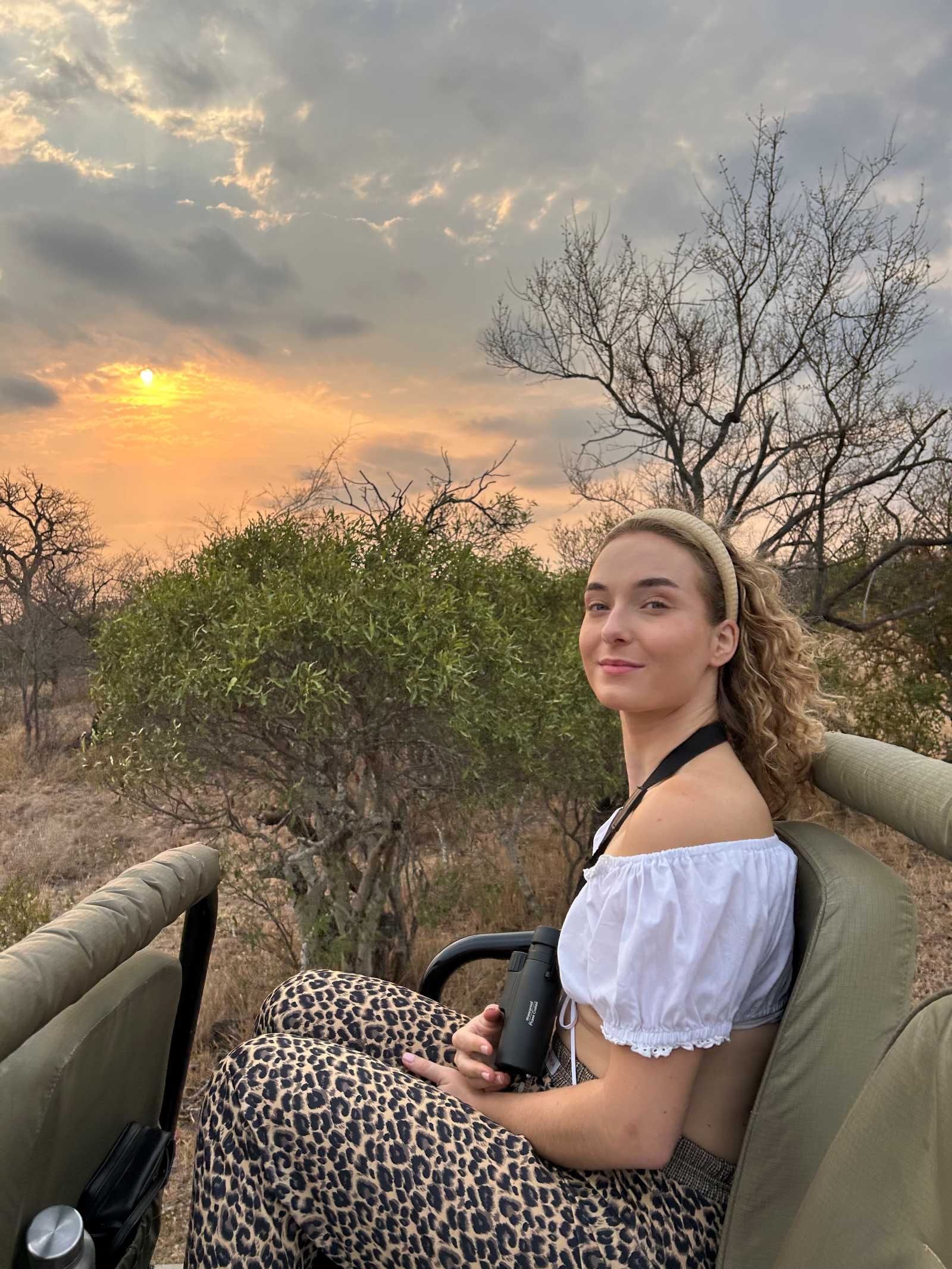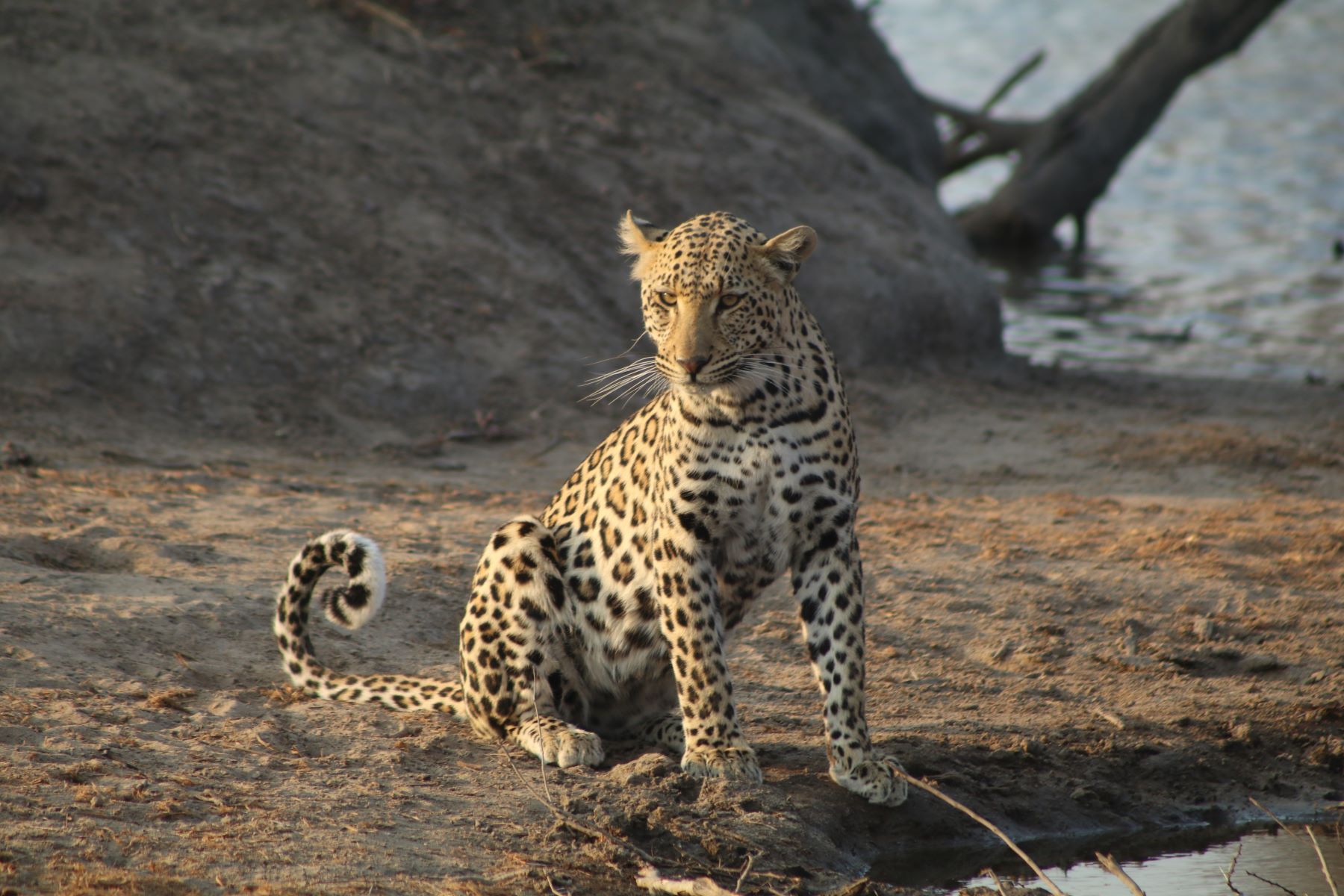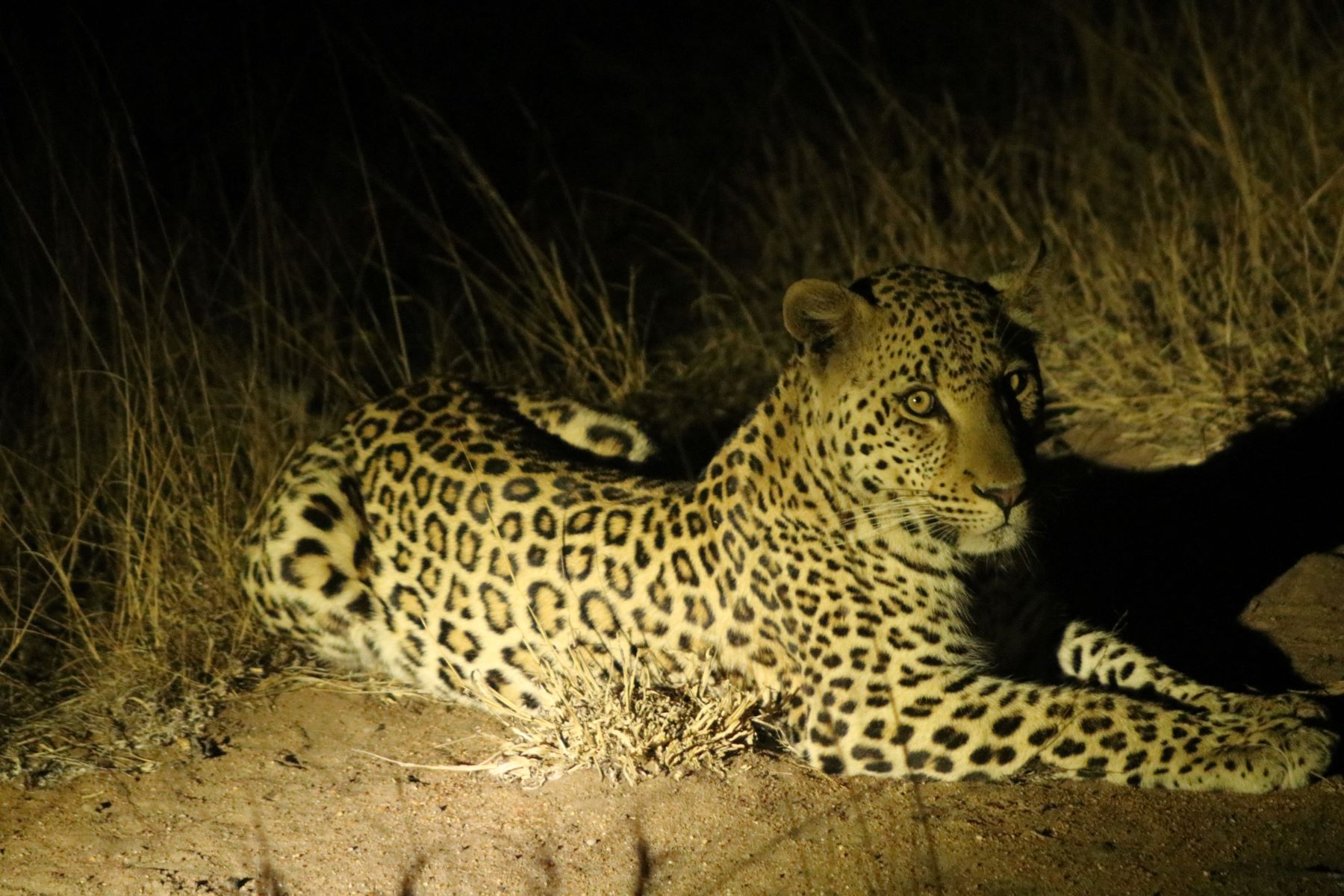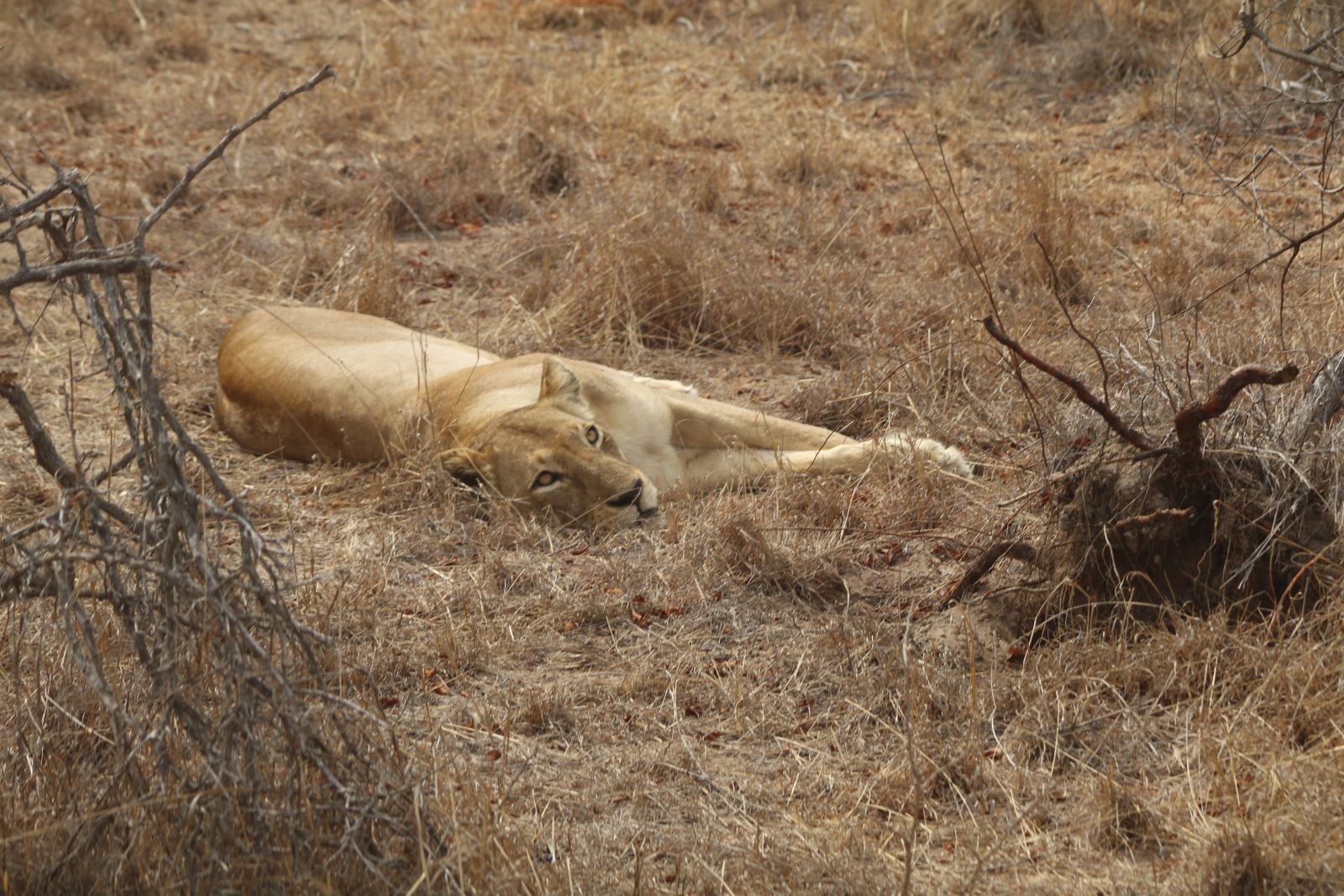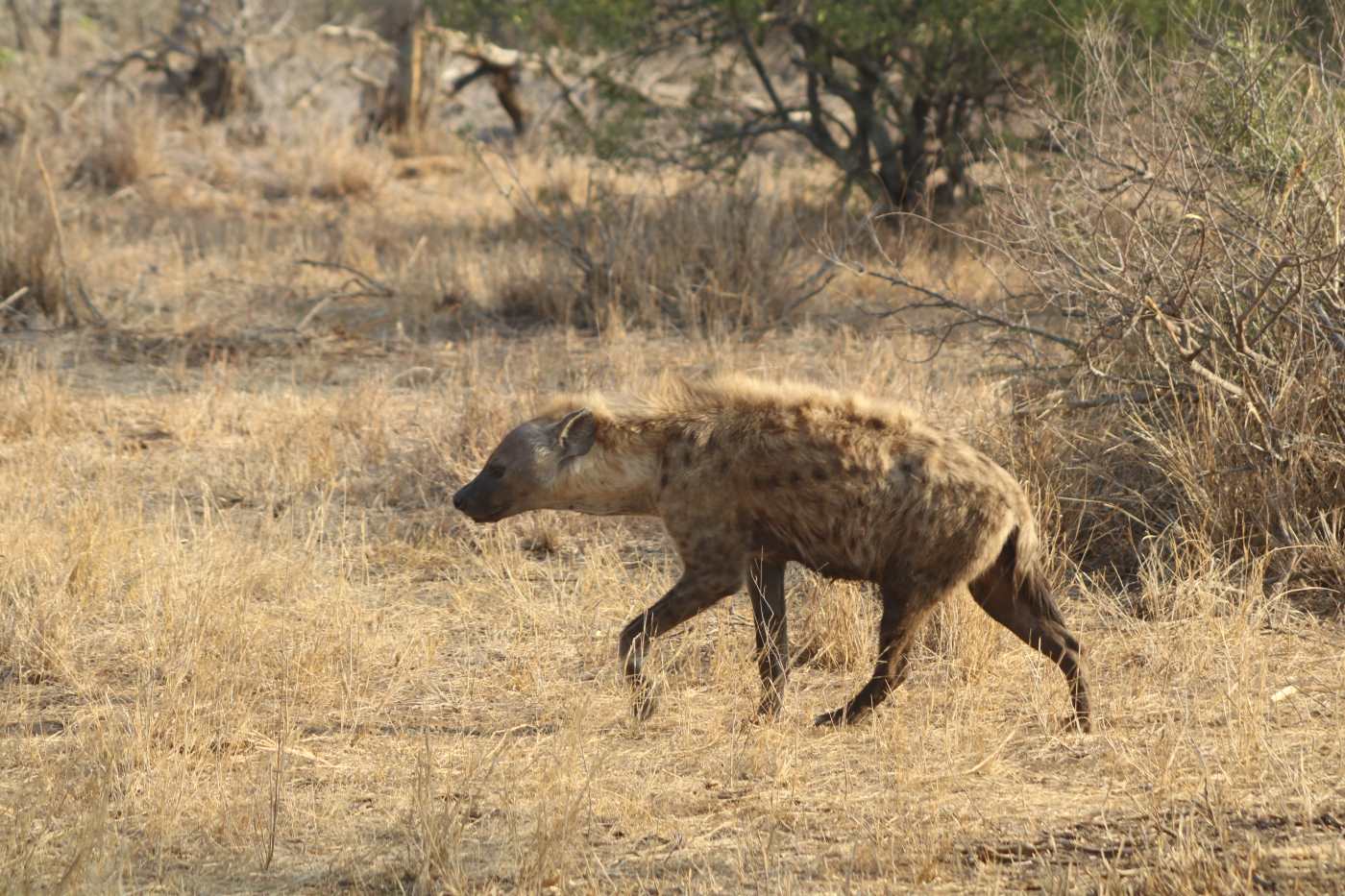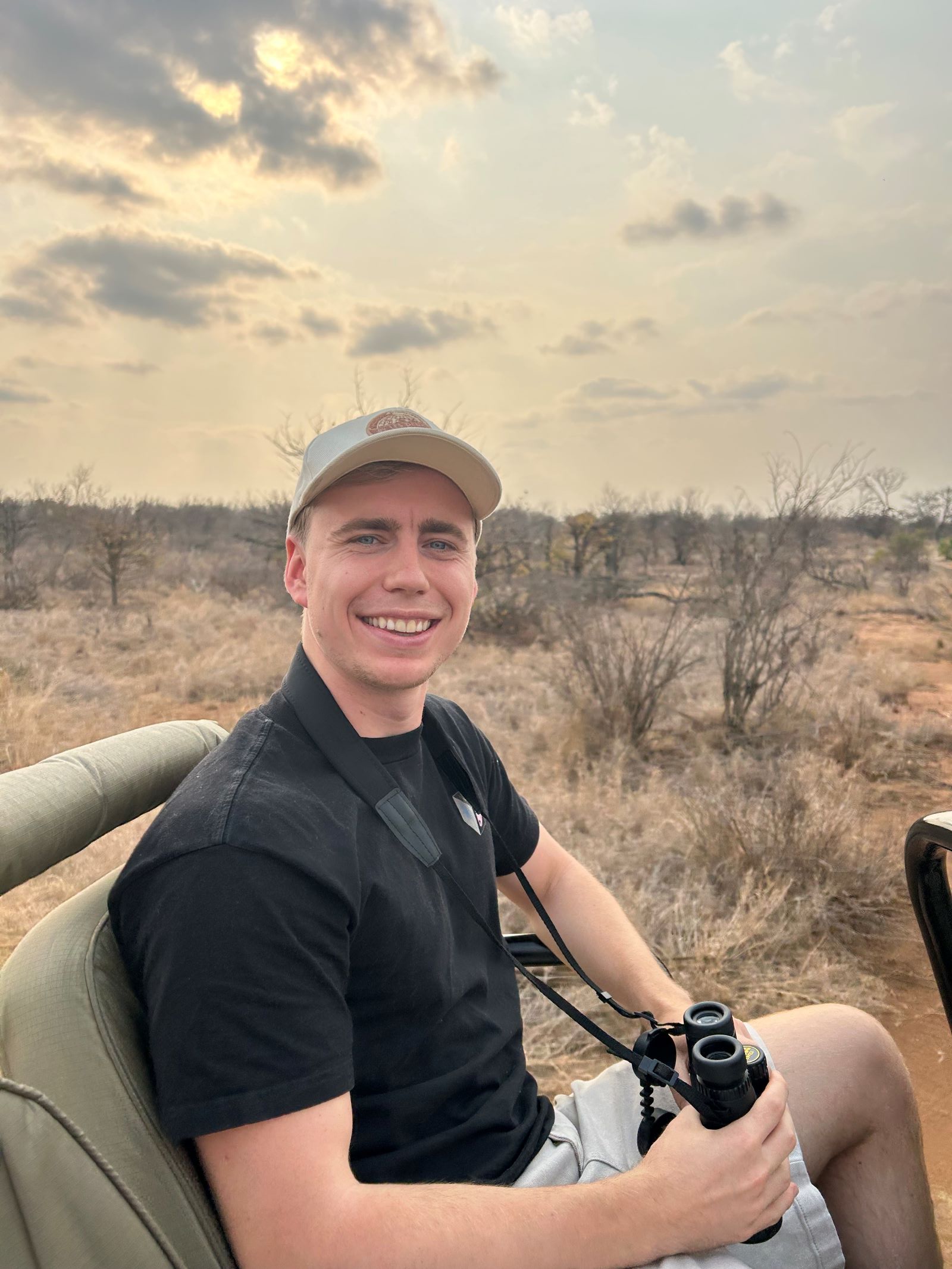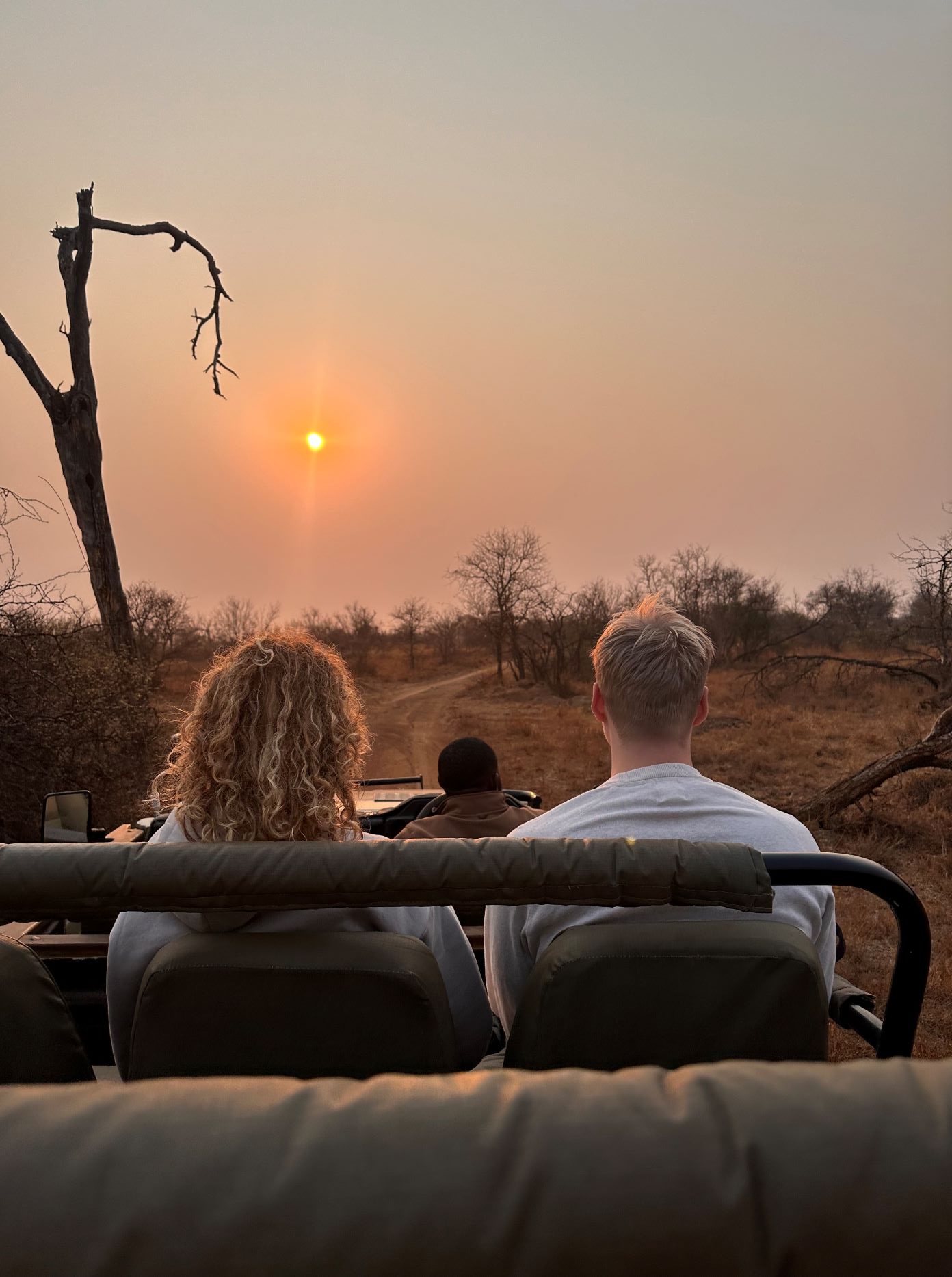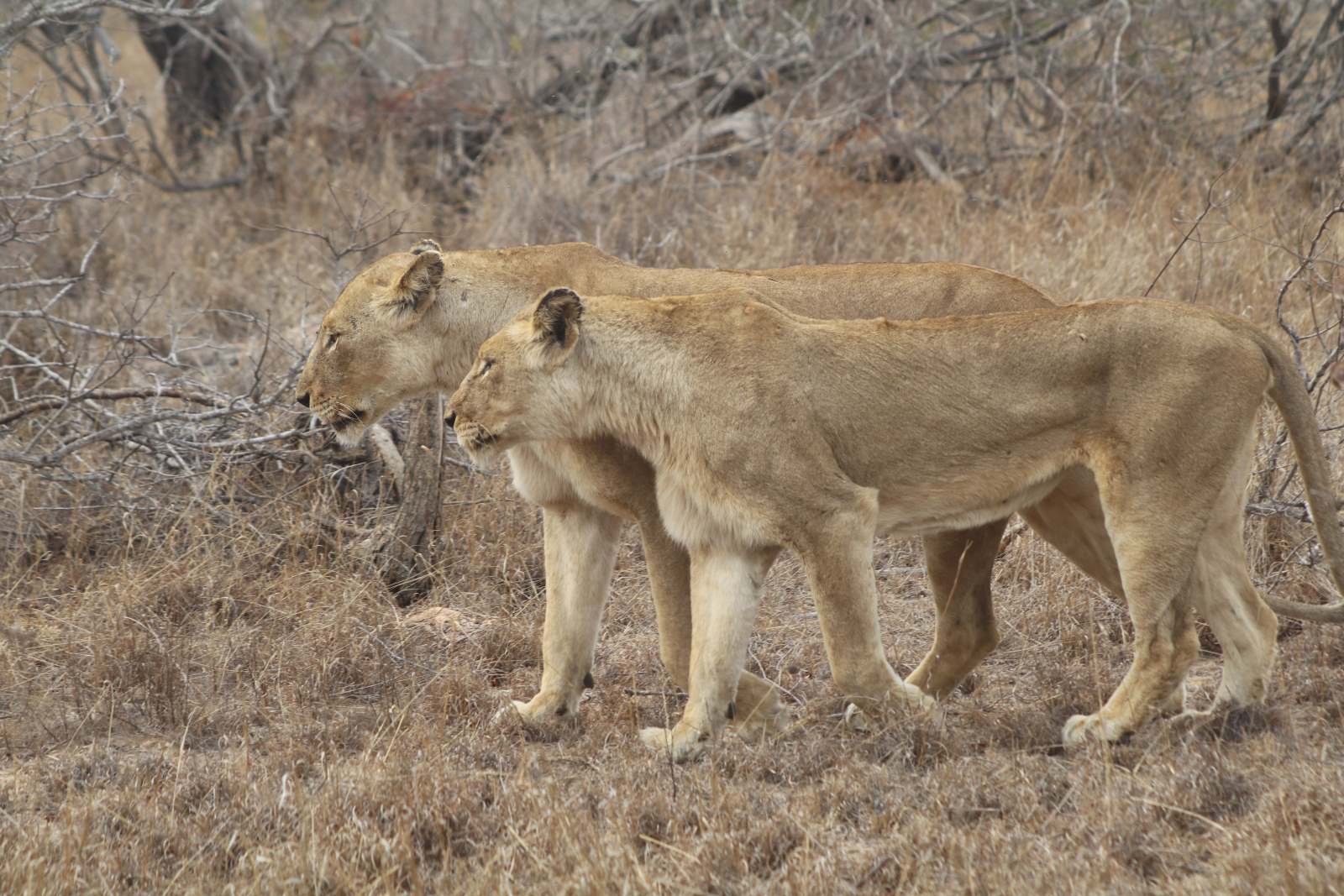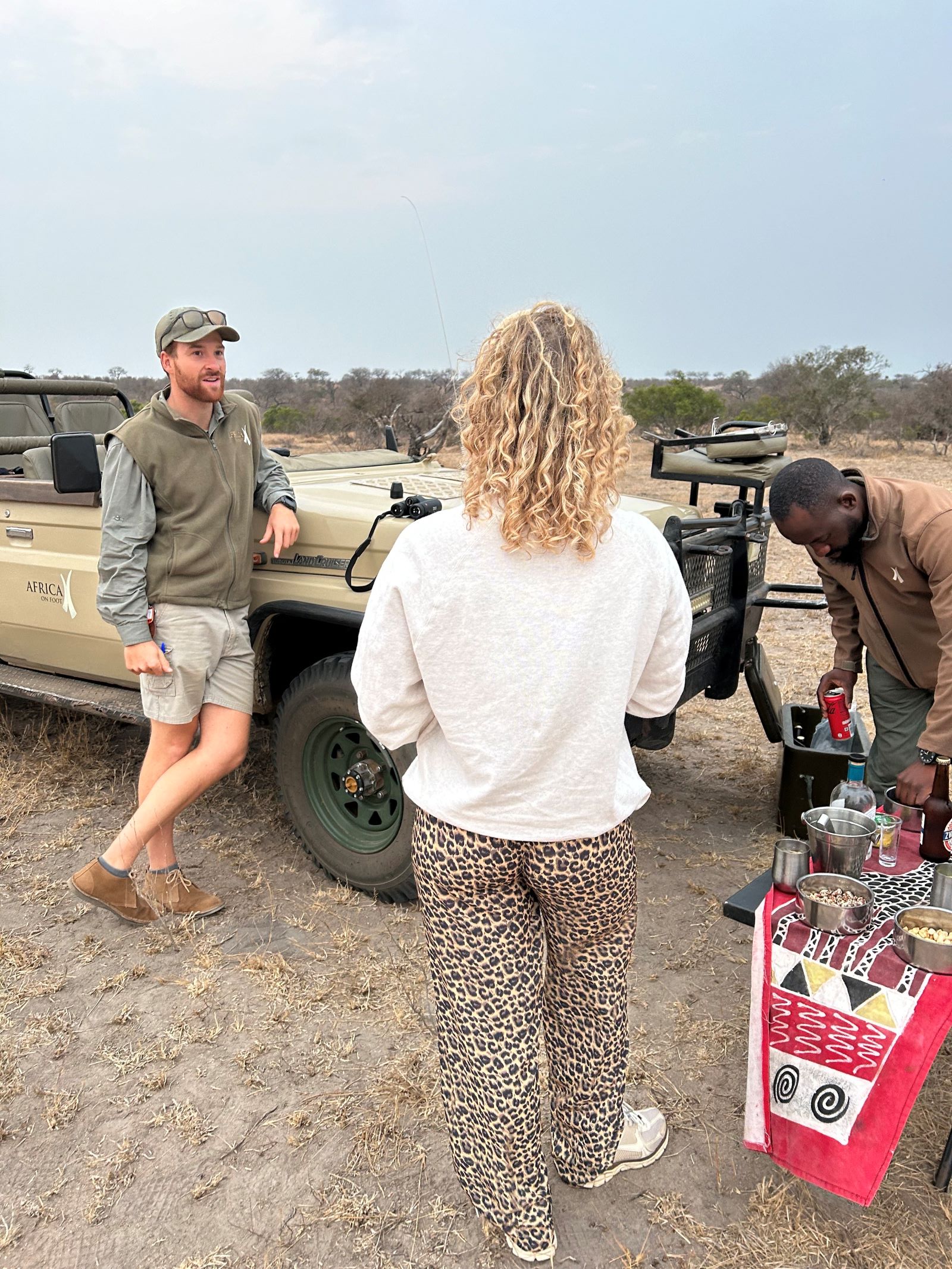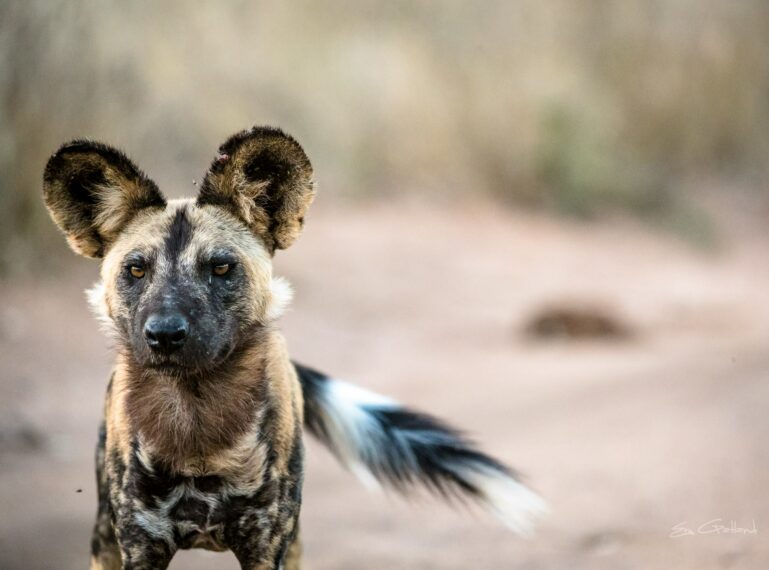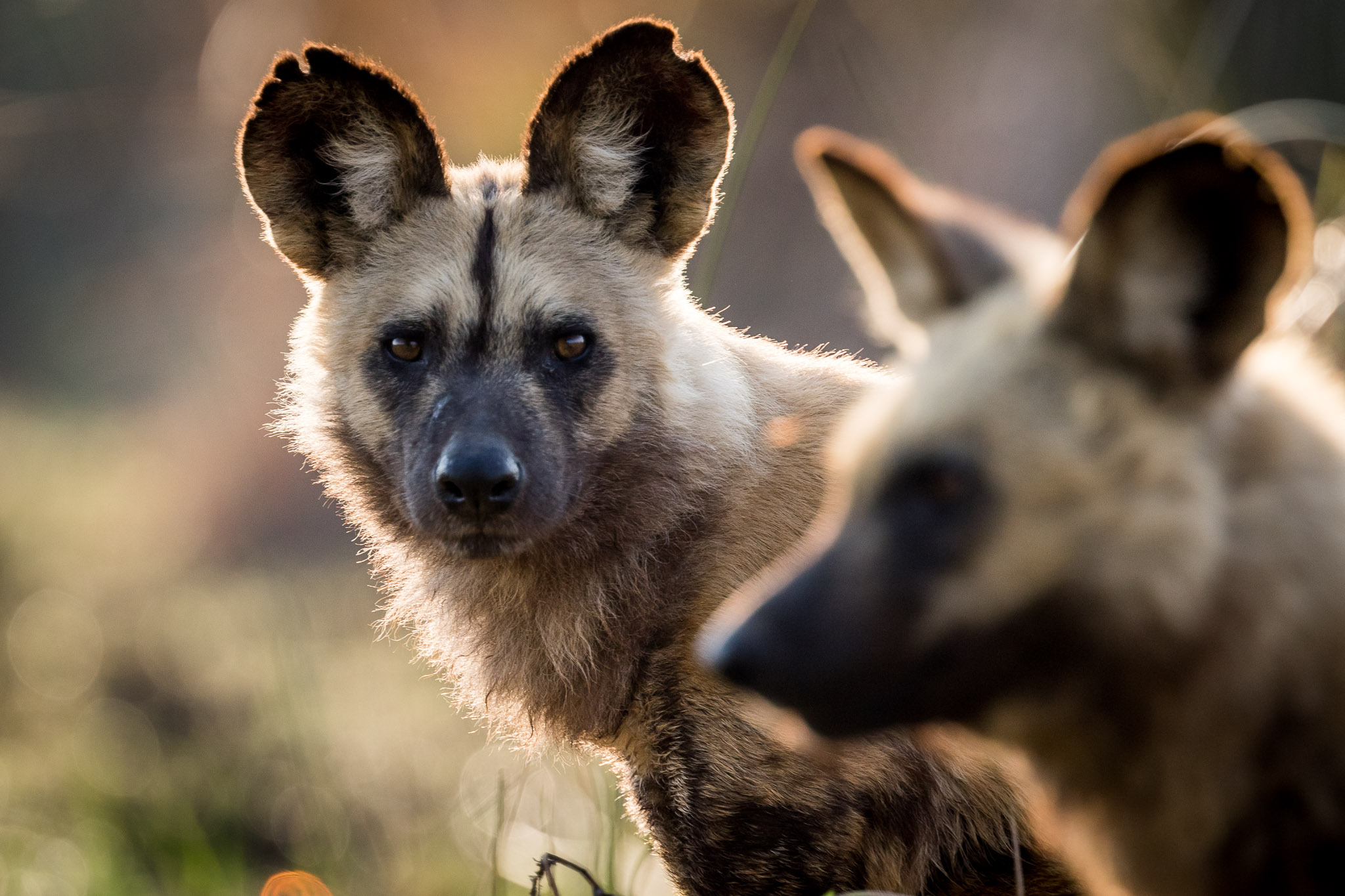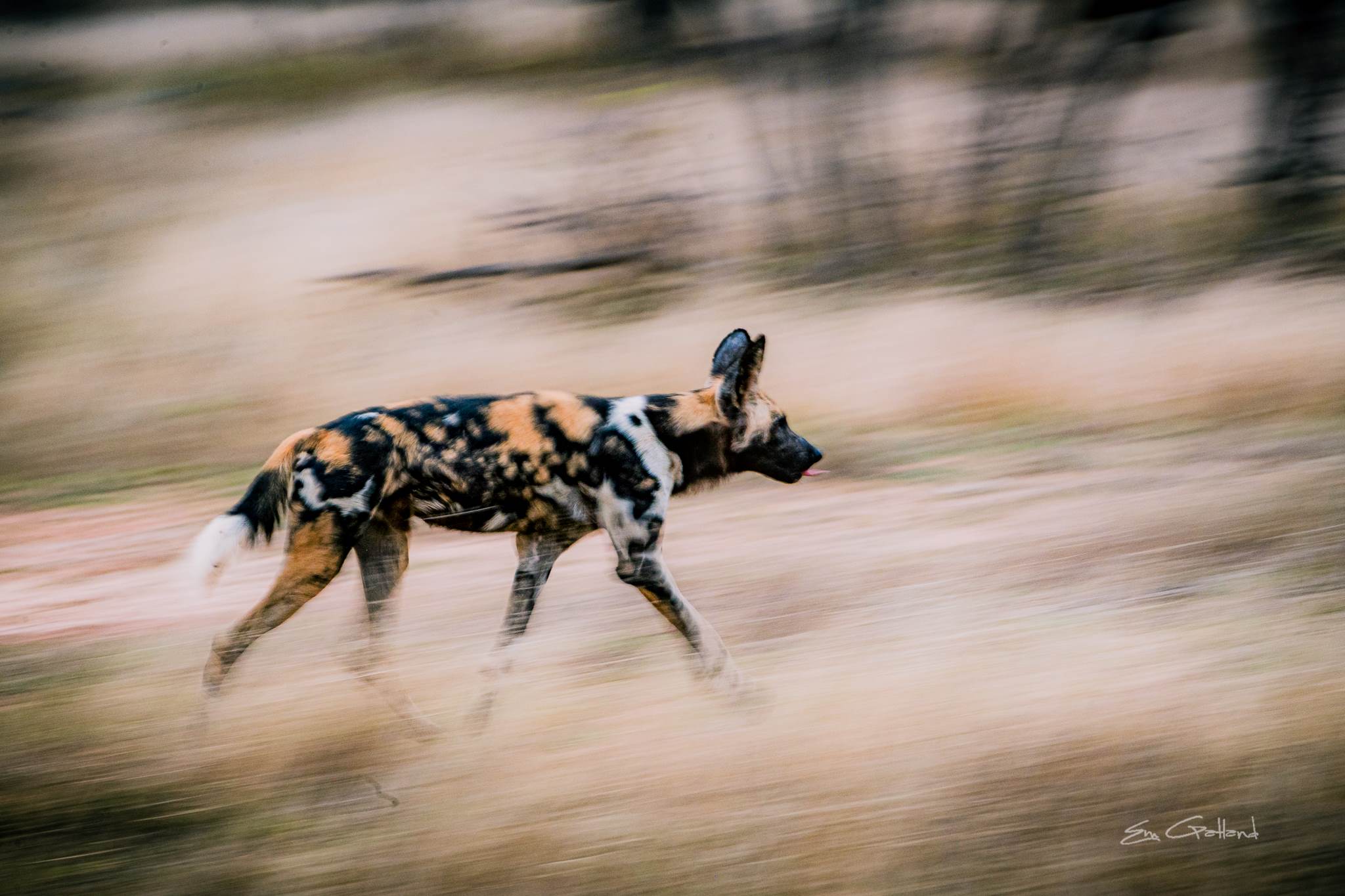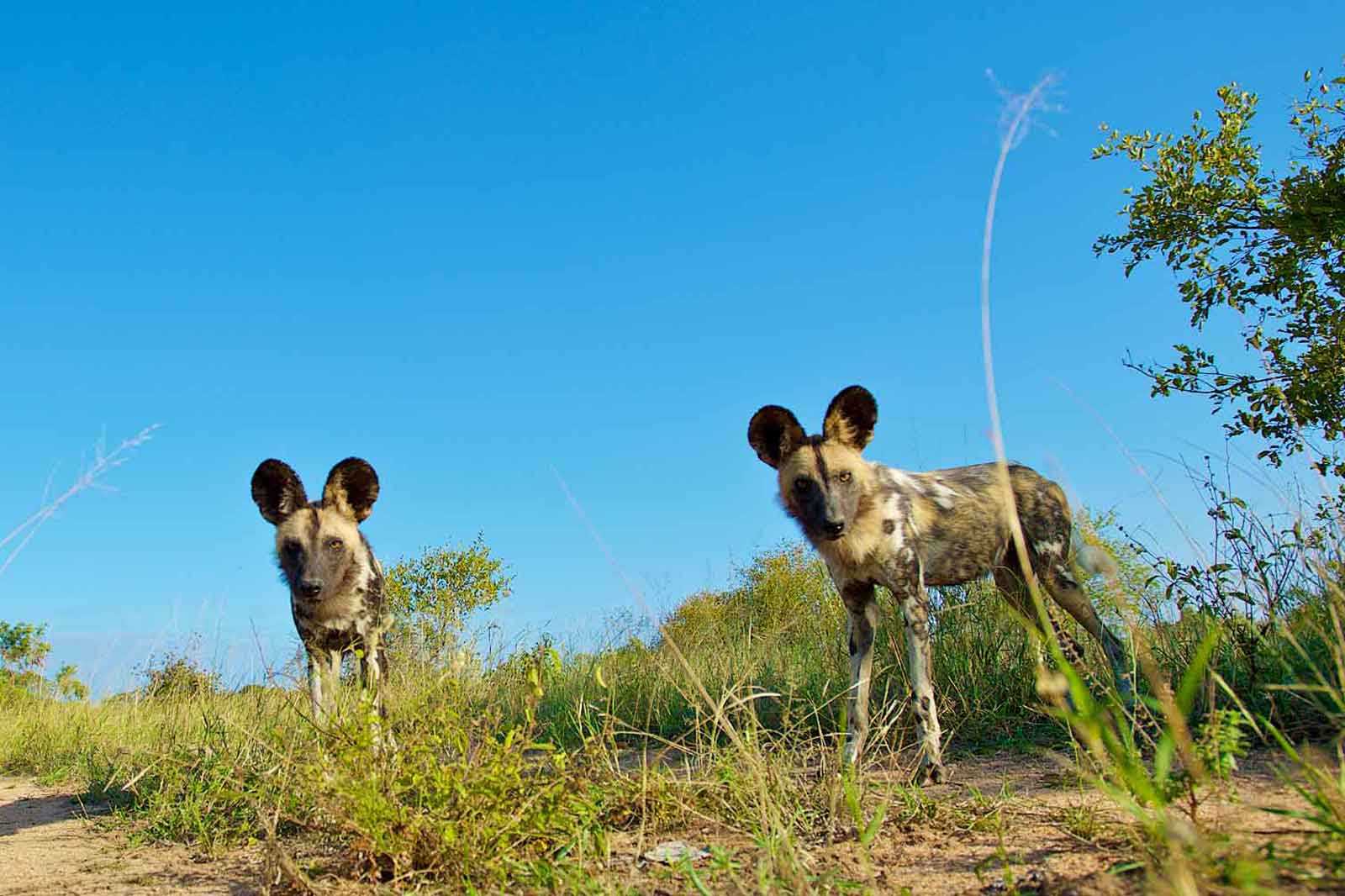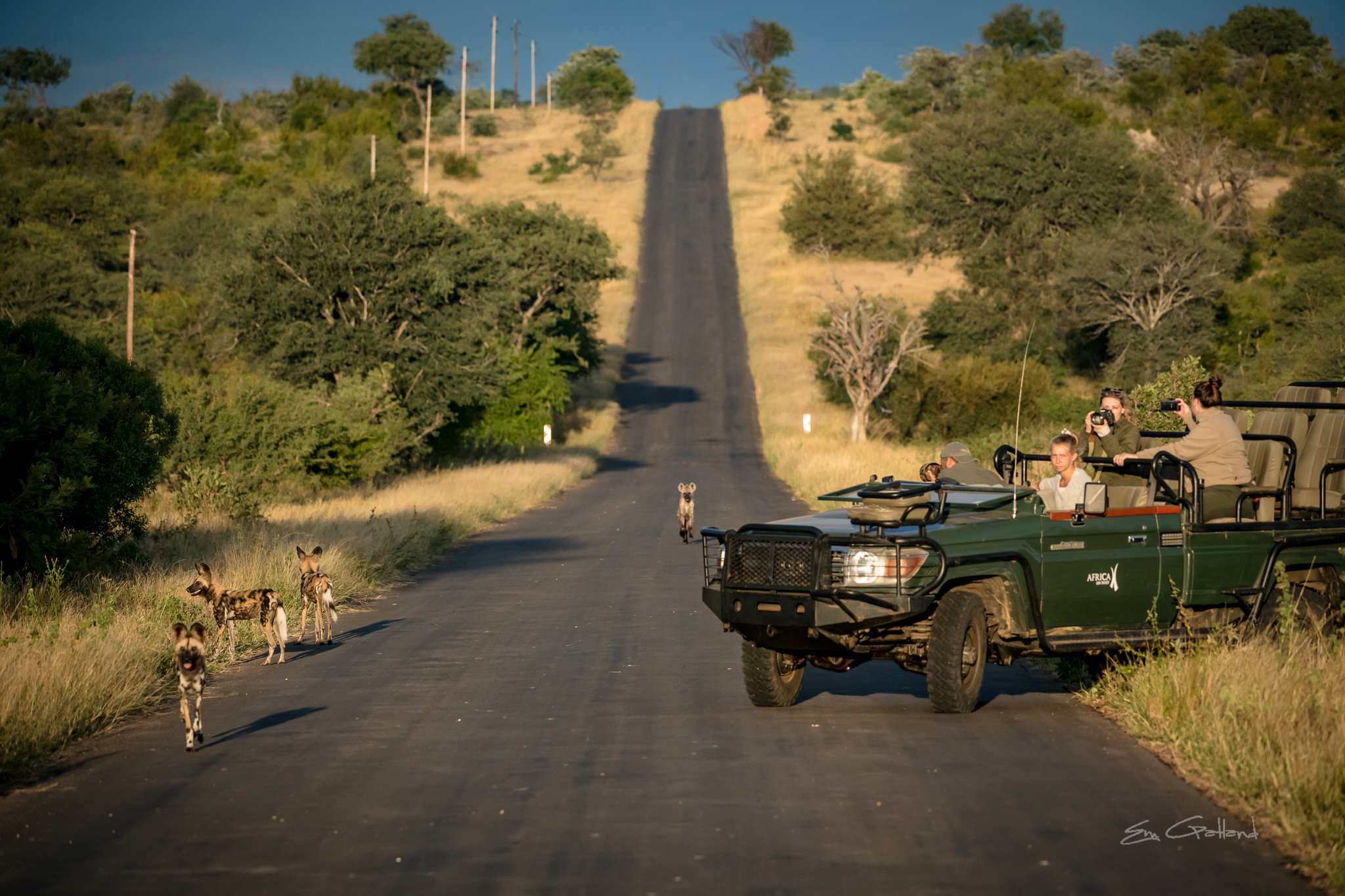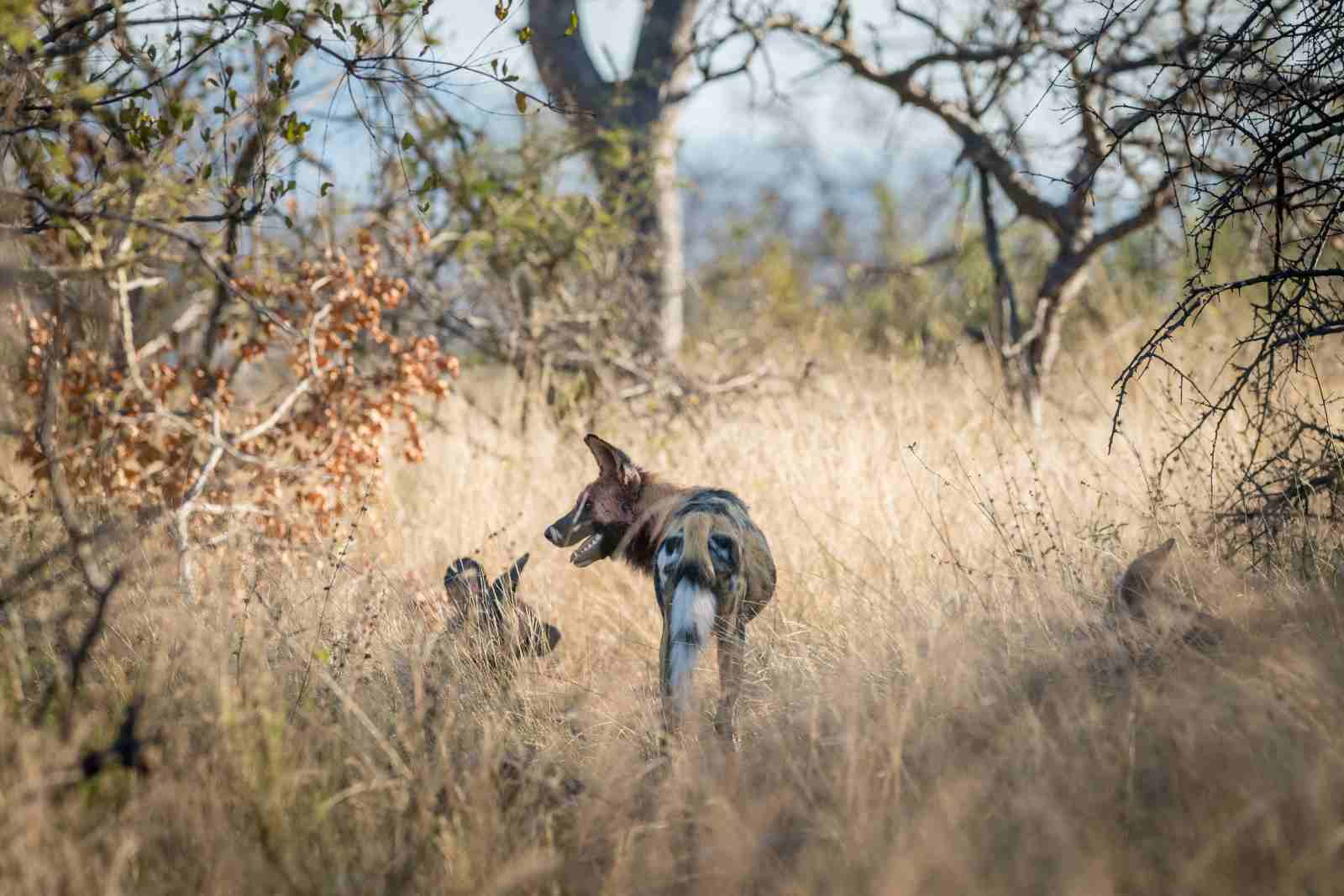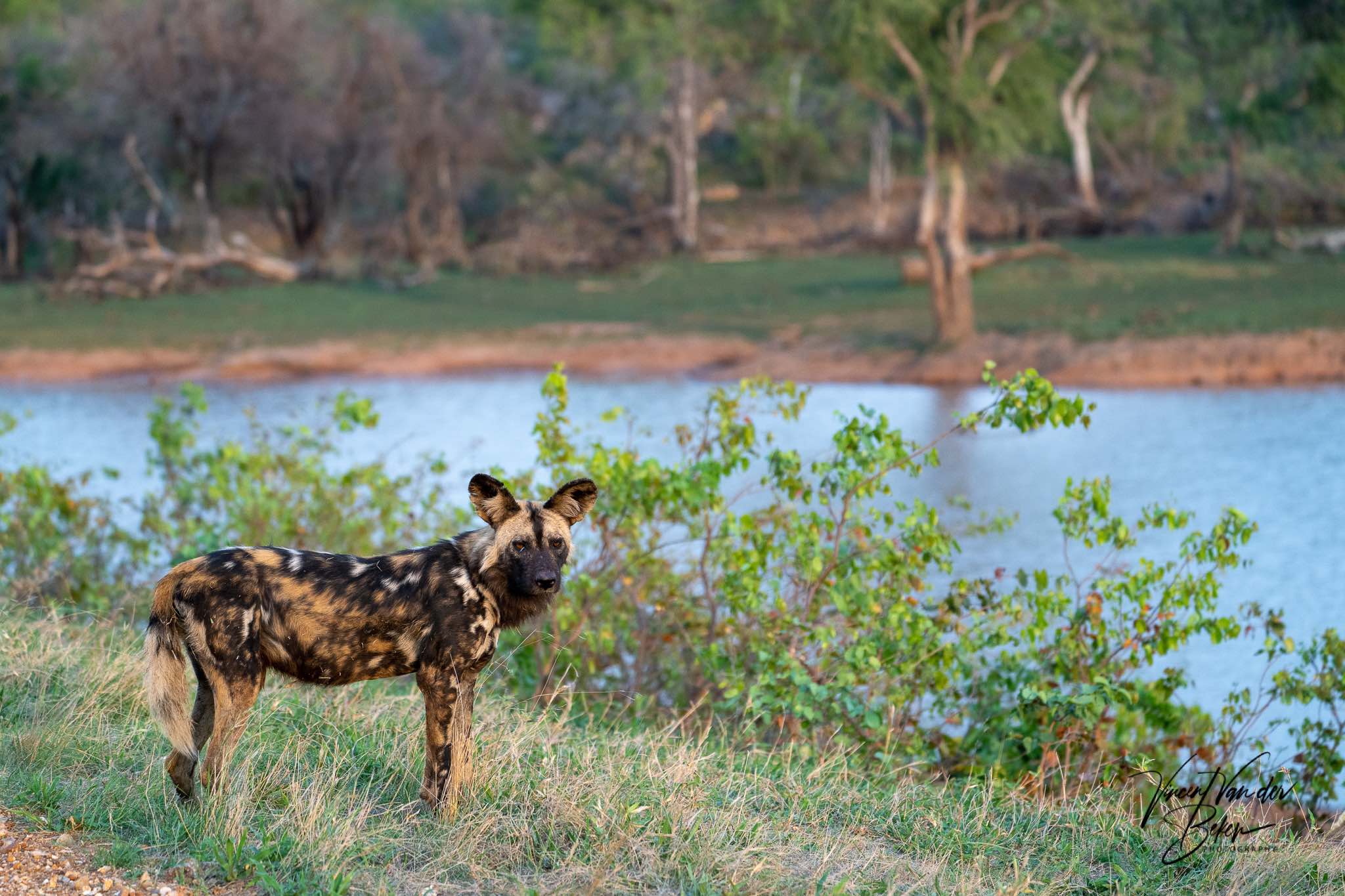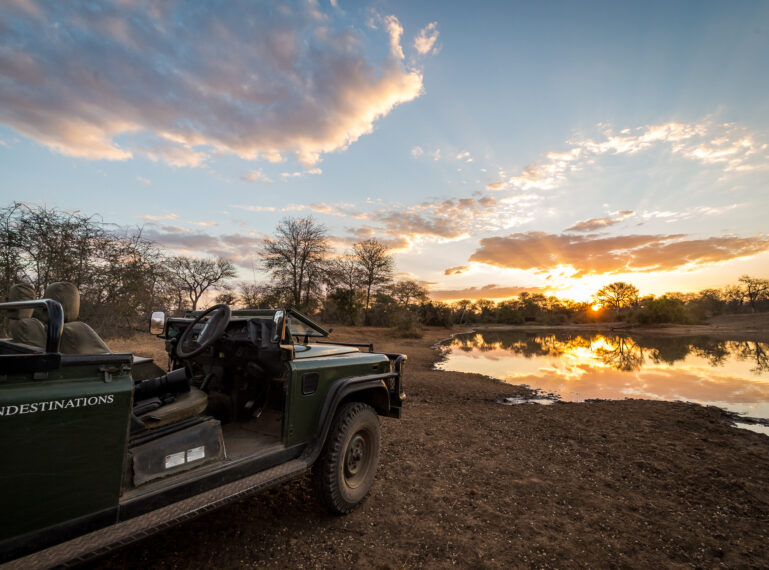
When to Go on Safari? A Guide to Southern Africa’s Seasons
Southern Africa and Botswana dance to their own seasonal rhythms, the best part is that each season offers its own unique elements of safari magic.
Let’s explore what each season holds to discover which time of year offers the ideal wilderness experience for you.
Dreaming of a green Christmas?
While our Northern counterparts are gearing up for a cold and (hopefully) white Christmas, down South things are getting hotter and wetter.
The summer season brings those blessed rains. When Toto sang of the rains down in Africa, he must have been referring to November to March. Summer rains transform landscapes- the bush veld comes alive and turns into a vibrant, green and lush wonderland. Migrant birds return home. Water truly equals life so that means newborns. Yup, think cute pups, cubs, and calves.
The Okavango Delta floods with summer rains and with it comes an abundance of life.
The meandering waterways become perfect for traditional mokoro boat rides.
Navigate through the crystal-clear, hippo and croc-infested waters while elephants splash on the banks beside you. Have you watched Nat Geo’s ‘Into the Okavango’? Whet your appetite for the adventure of a lifetime.
Who needs the beach when you have a pool?
The long and hot days mean that downtime between game drives can be spent lazing by the pool. Most of our properties have incredible pools where you can spot wildlife from your sun lounger. Count how many bird species flitter past while taking a dip or get splashed by the resident herd at nThambo’s pool who love sliding their trunks for a quick thirst quencher.
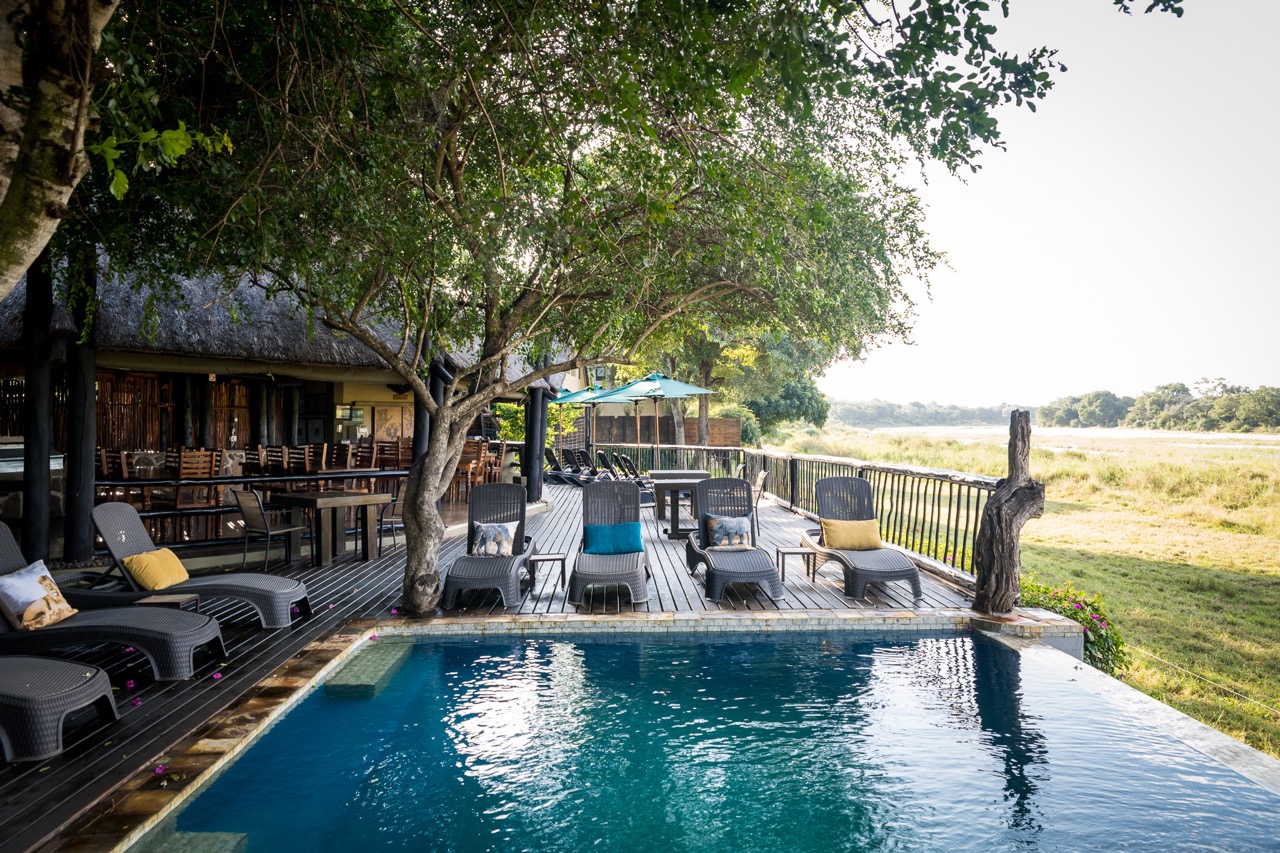 Our portfolio has some of the most luxuriously beautiful pools where you can spend the afternoons relaxing and reading. Have a look here, here and here for some inspiration or contact our wonderful reservations team directly on reservations@sundestinations.co.za for more personalised information.
Our portfolio has some of the most luxuriously beautiful pools where you can spend the afternoons relaxing and reading. Have a look here, here and here for some inspiration or contact our wonderful reservations team directly on reservations@sundestinations.co.za for more personalised information.
Green Season (November-March):
- Summer rains transform landscapes
- Lush greenery and dramatic skies
- Newborns everywhere
- Spectacular bird watching (welcome back migratory birds)
- Thundershowers that cool and clear the air
- Best for: Photographers seeking dramatic skies, bird enthusiasts, wanting to trade Northern winter for Southern summer
Winter down South
Winter down South (April-October) is known as the classic safari season. Winter down South is a far cry from winter up North. While the days are shorter, the climate is drier and mornings are more crisp, the temperature ranges from 8-25 degrees.
The colour palette shifts to more dusty, golden hues. Chilly, crisp mornings give rise to pleasantly sunny and warm days with cool, clear evenings.
Temperatures are milder throughout the day which means game are active for longer.
In summer, temperatures can soar and animals retreat as soon as the day begins to heat up, while in winter, there is more likelihood of spotting ‘action’ sightings in the daytime. Clear wintertime night skies make stargazing a dream. Think campfires, red wine and shooting stars streaking across the clear night skies.
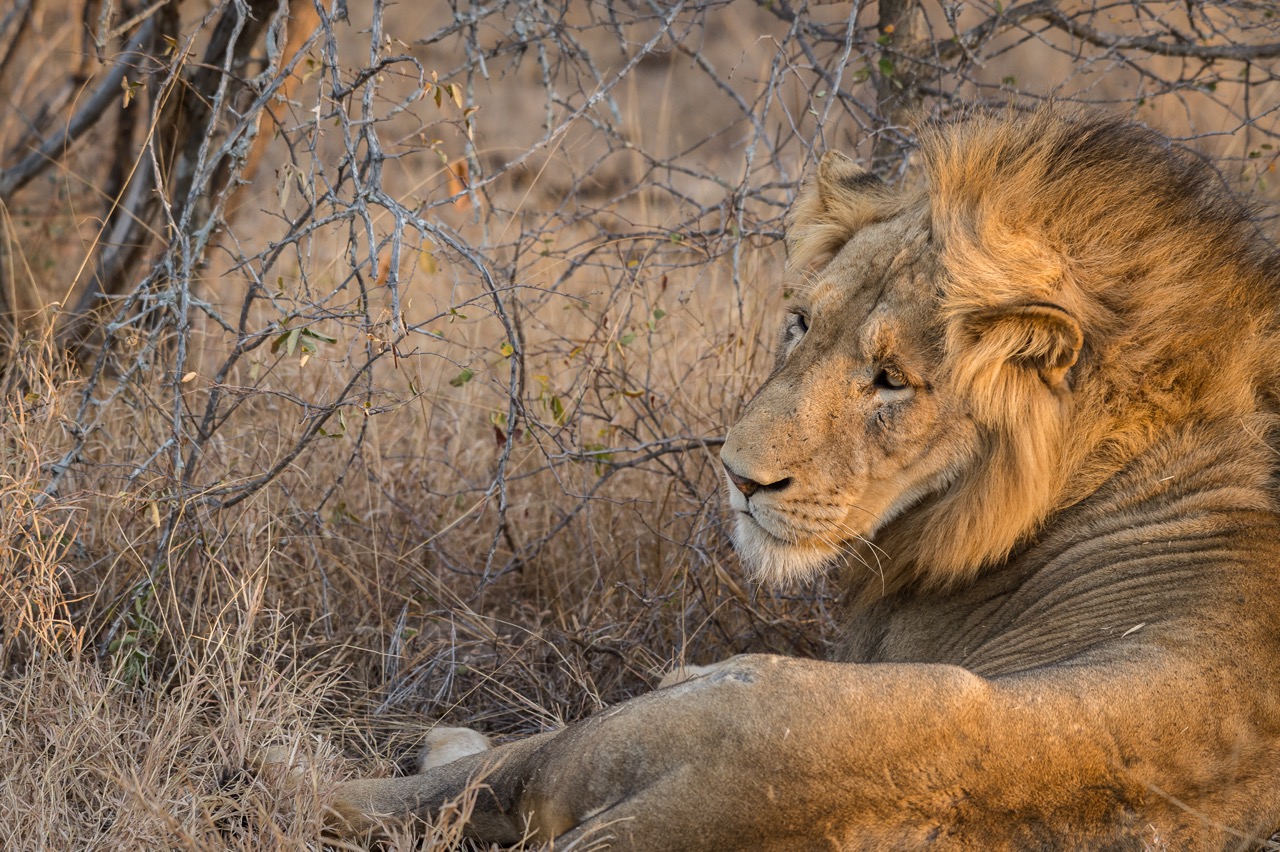 Summer rains mean that the winter months are much drier so the landscape opens up. Sparser vegetation makes for excellent game viewing. Less water in general means that there are more concentrated water sources so it is much easier to find wildlife.
Summer rains mean that the winter months are much drier so the landscape opens up. Sparser vegetation makes for excellent game viewing. Less water in general means that there are more concentrated water sources so it is much easier to find wildlife.
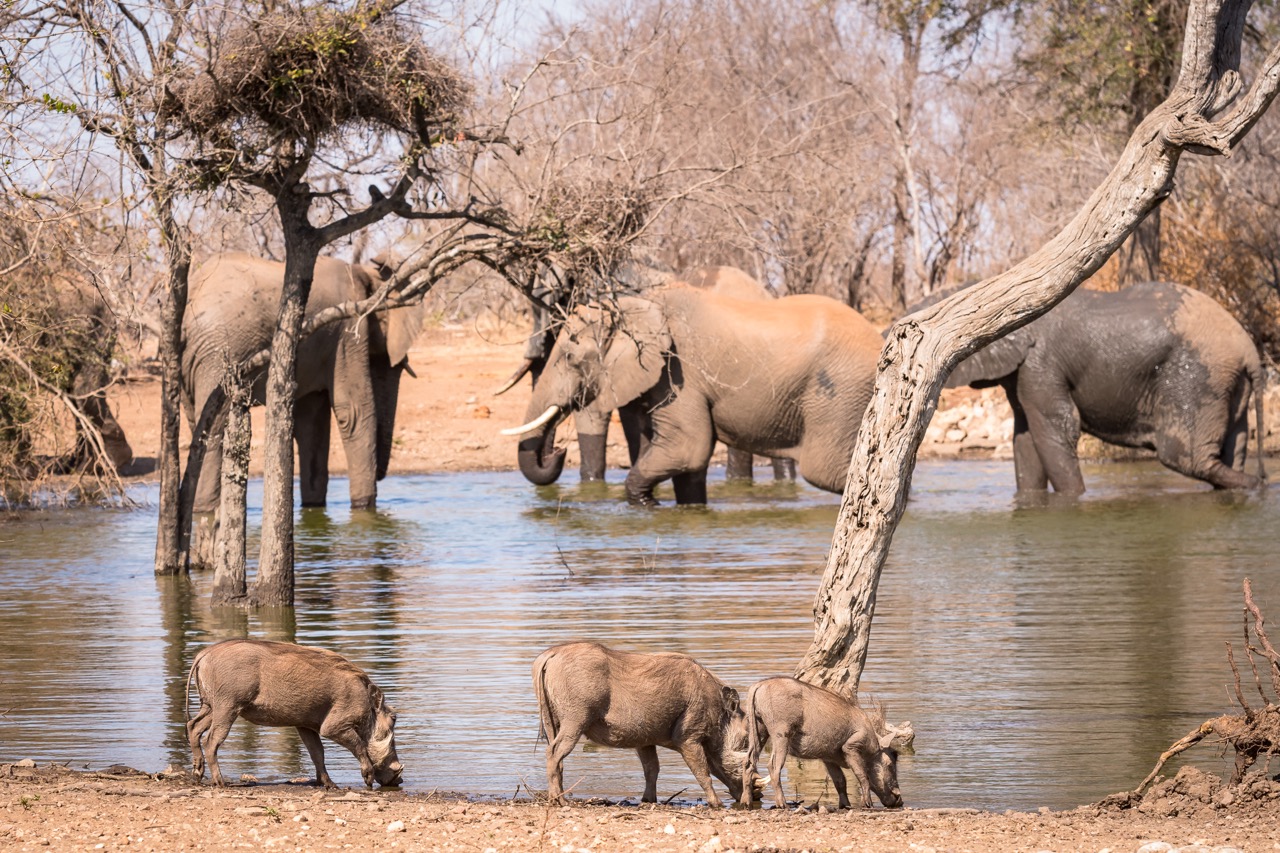 It is also the perfect time of year for stepping out into the wild on a walking safari.
It is also the perfect time of year for stepping out into the wild on a walking safari.
Dry Season (April-October):
- Classic ‘winter’ safari season
- Sparse vegetation means excellent wildlife viewing
- Animals concentrate around water sources
- Crisp mornings, comfortable days, chilly nights
- Minimal rain and mosquitos
- Dusty, golden landscapes
- Peak season pricing
- Best for: First-time safari-goers, guaranteed game viewing, photographers seeking easier wildlife shots
Highlights month to month
January-February: Lush green landscapes, full waterholes, twitchers delight (primetime for bird spotting), dramatic skies
March-April: Shoulder season, warm temperatures, great mix of green and dry, best time for walking safaris
May-June: Start of dry season, comfortable temperatures, clear starry night skies,
July-August: Peak game viewing, crisp mornings, amazing colour palette, perfect red wine and campfire weather
September-October: Amazing predator action, observe mating rituals, migrant birds begin to return
November-December: Hot and humid, first rains, baby animals, prime pool time.
For information and to explore next years rates contact our reservations team directly reservations@sundestinations.co.za
Whatever the weather, your next adventure awaits.
